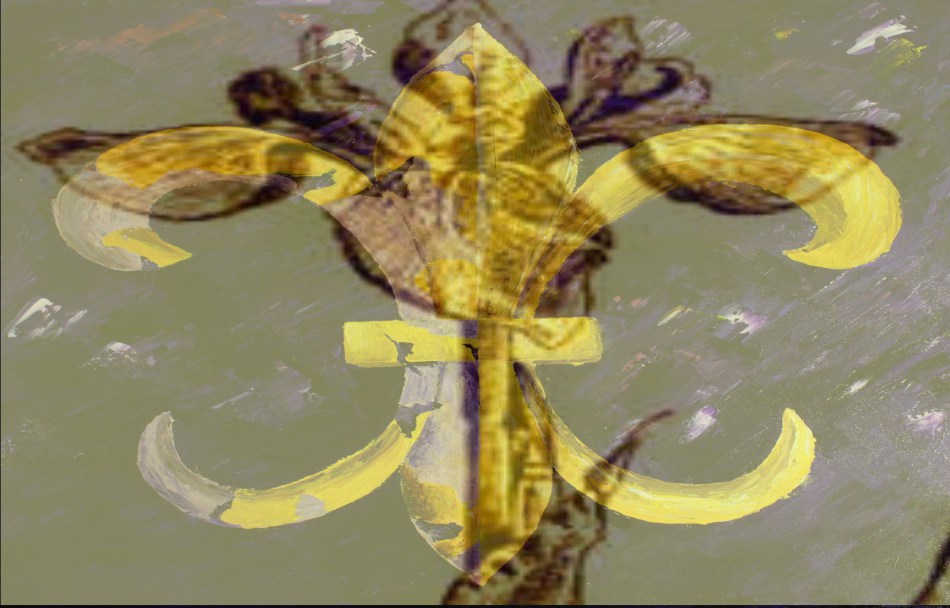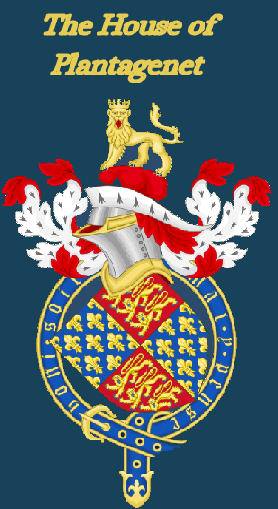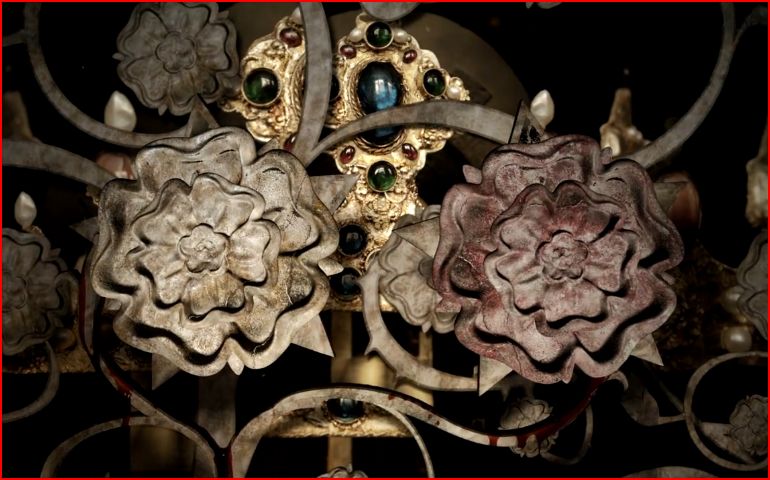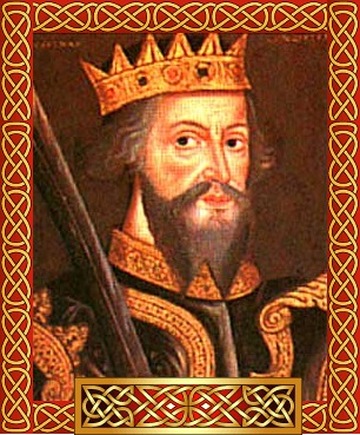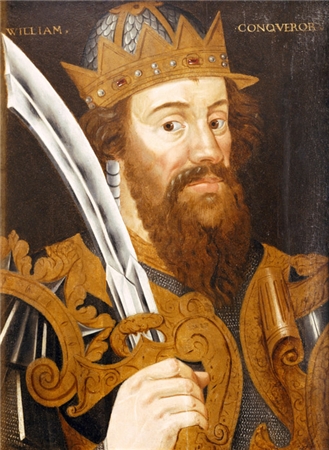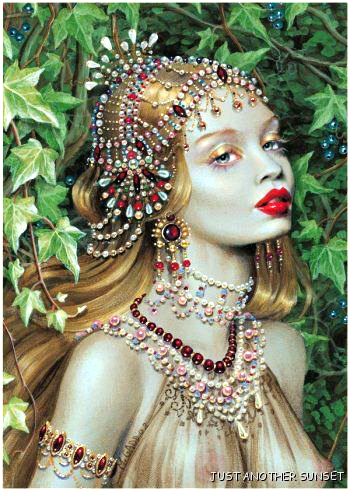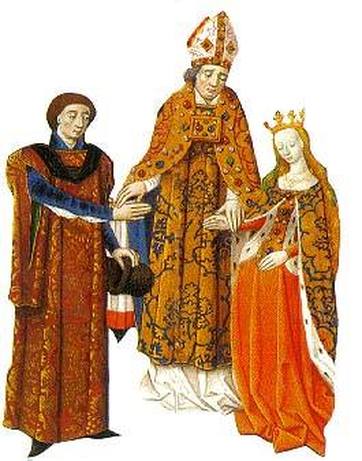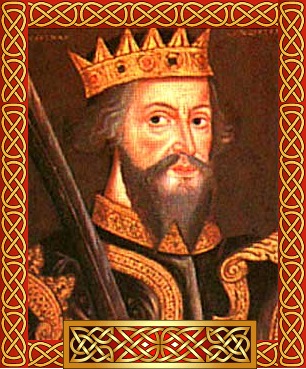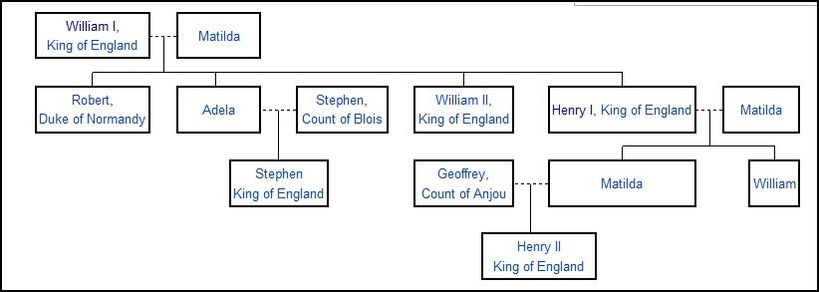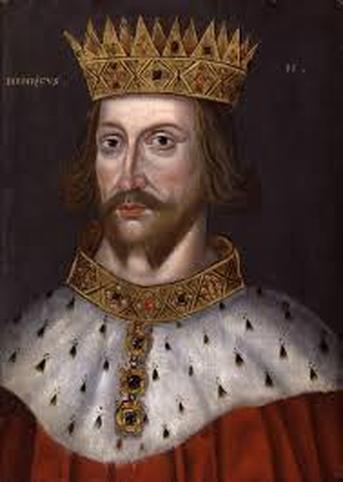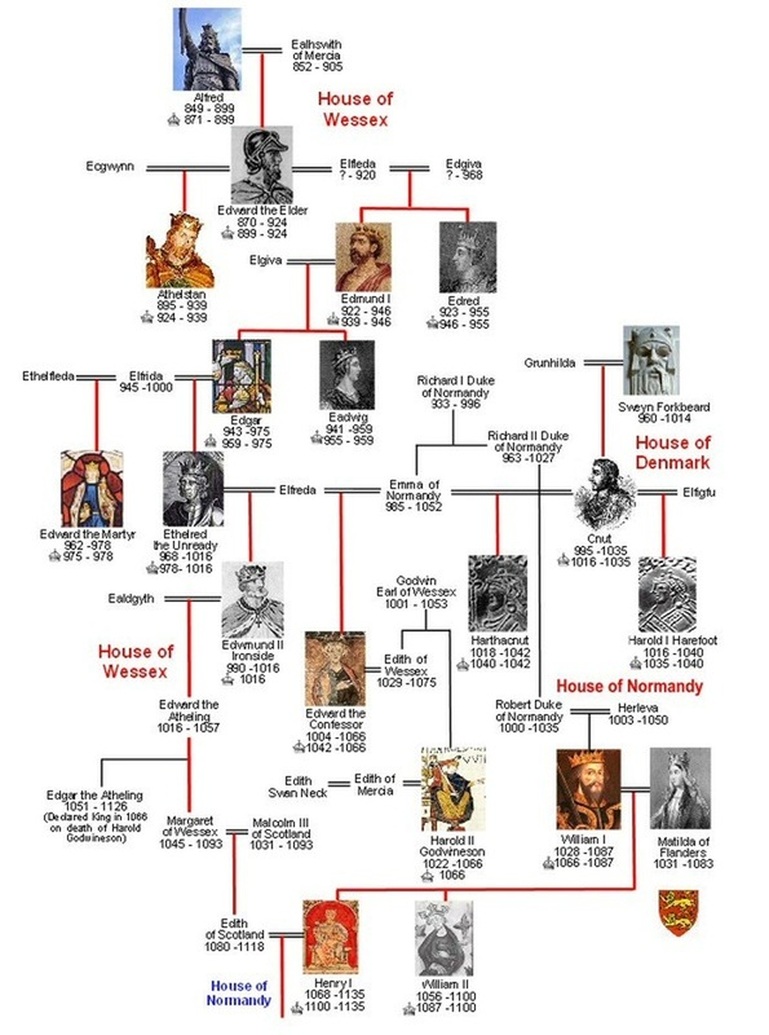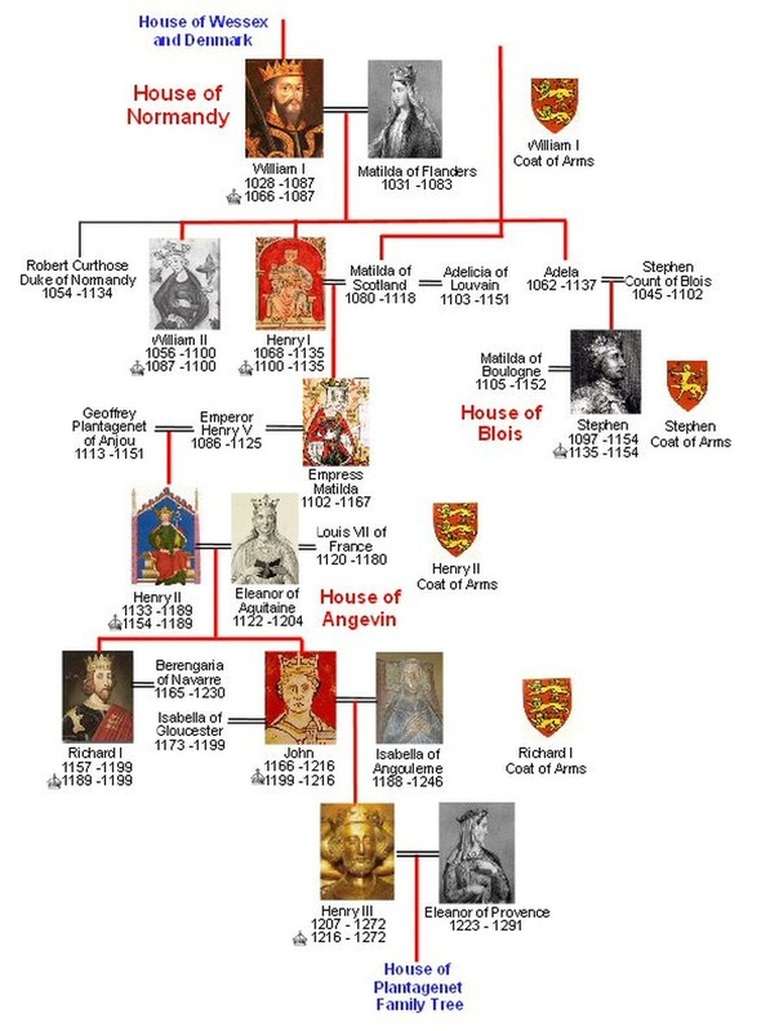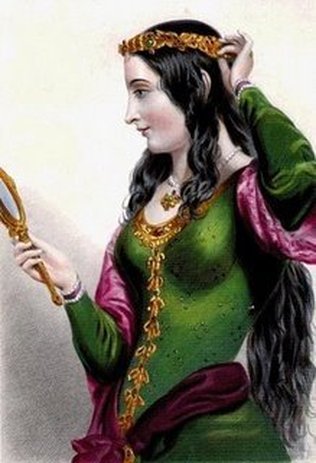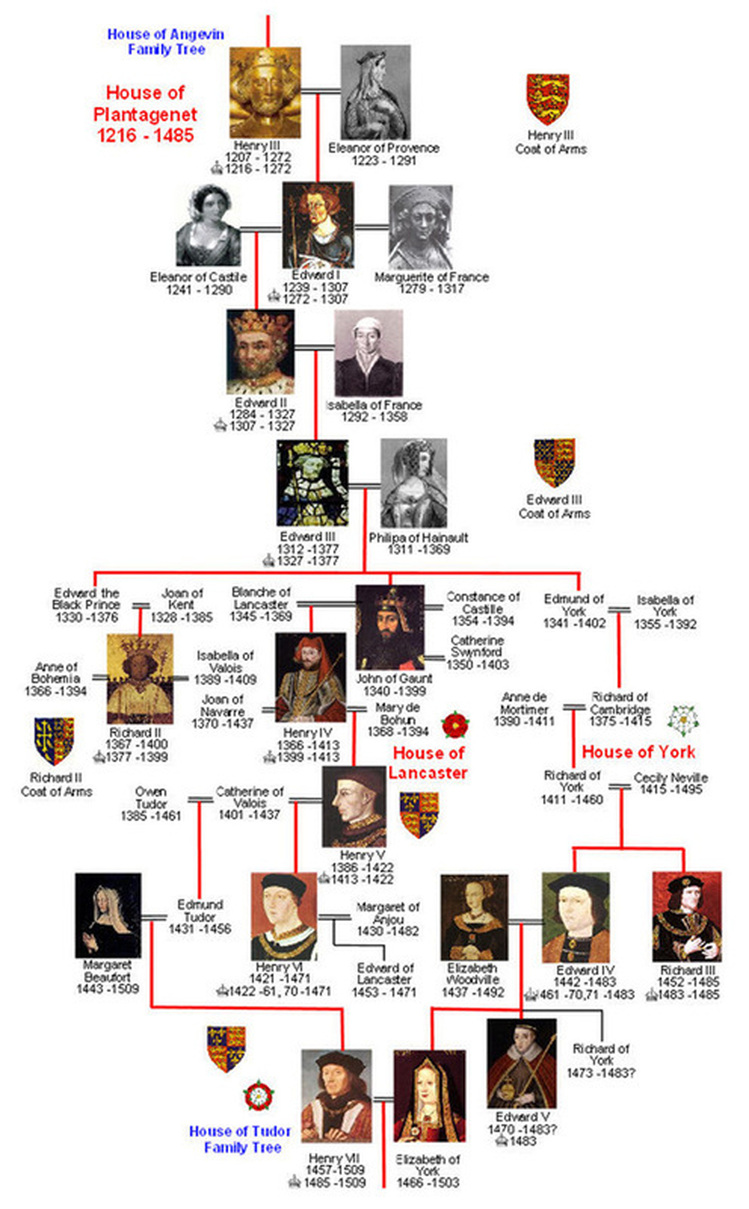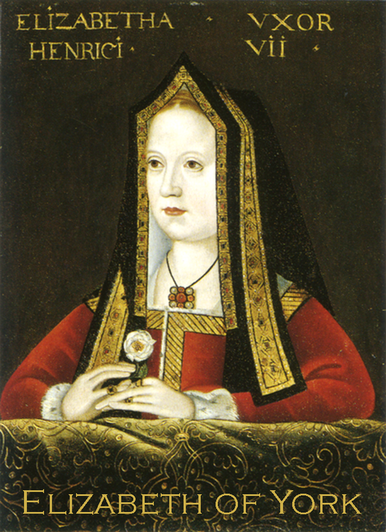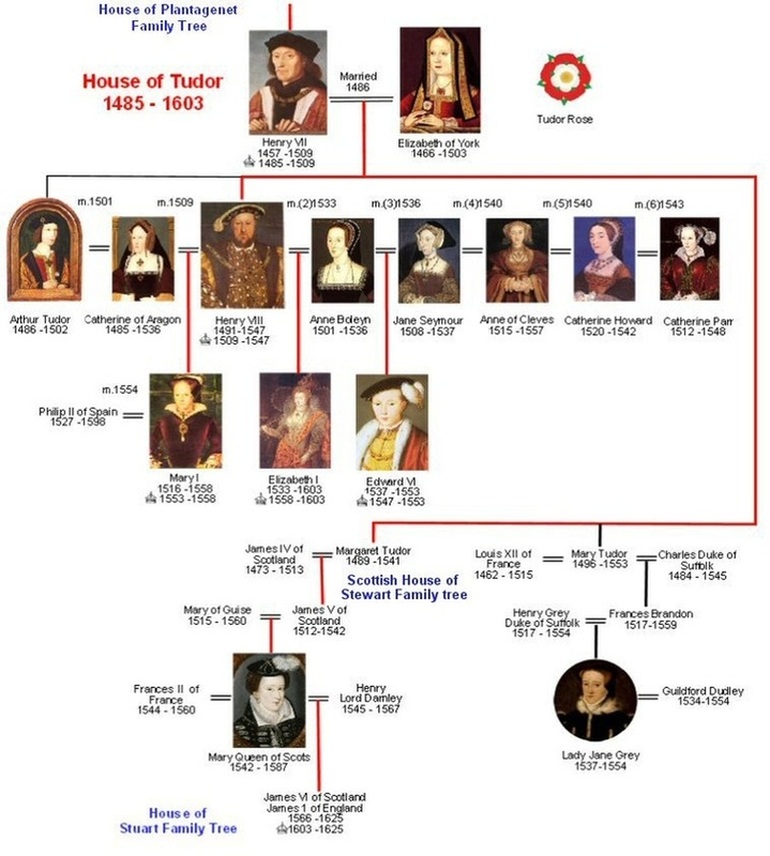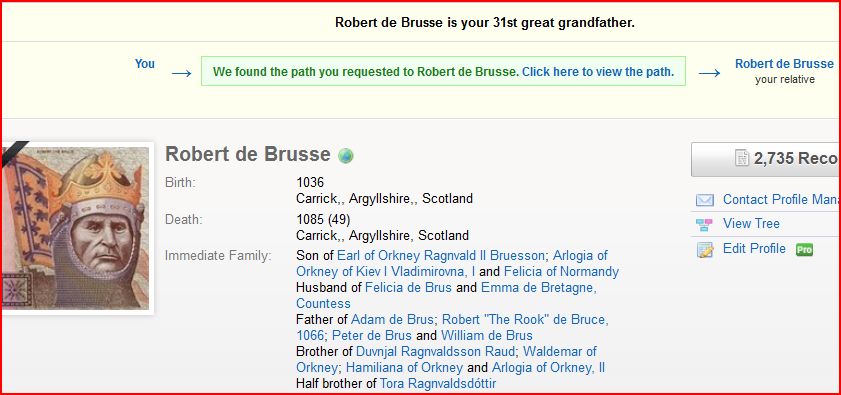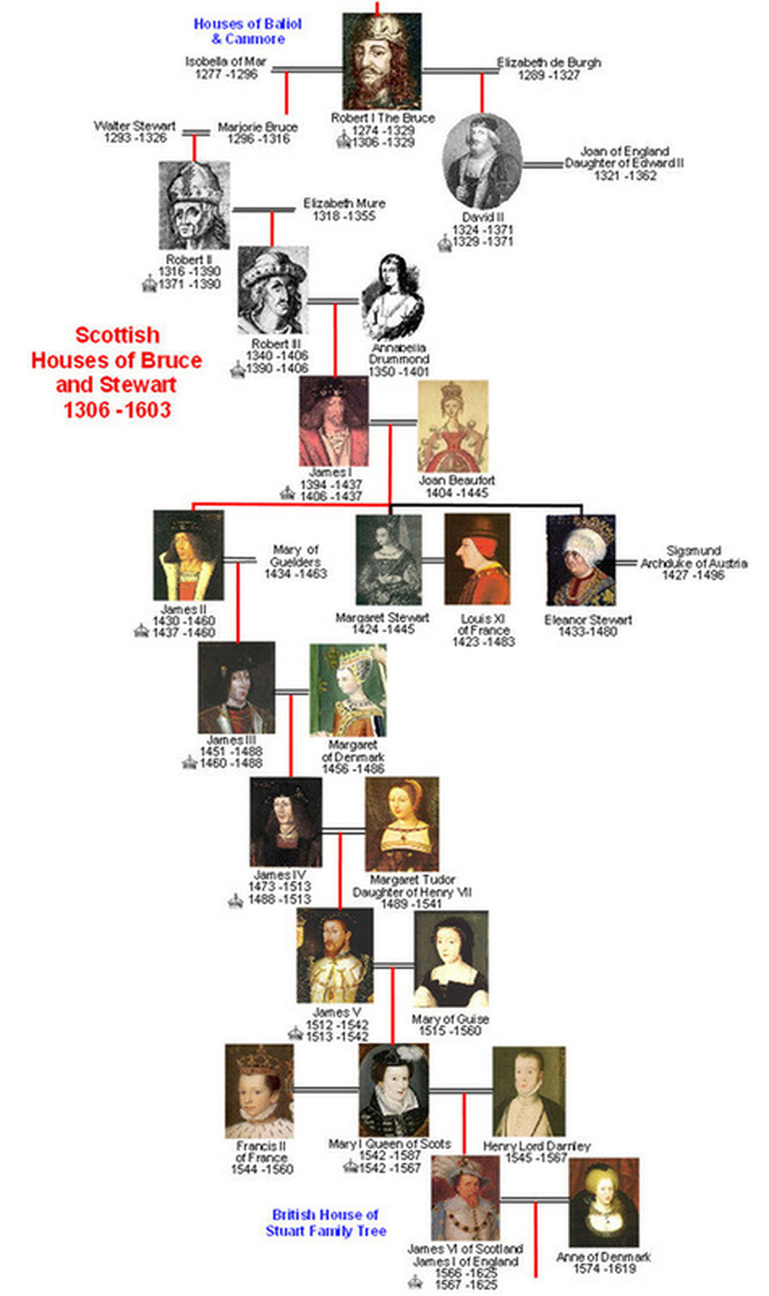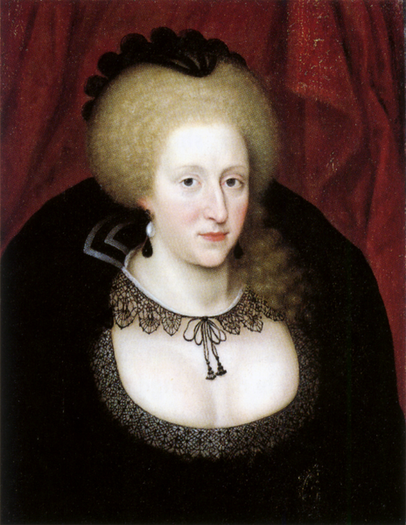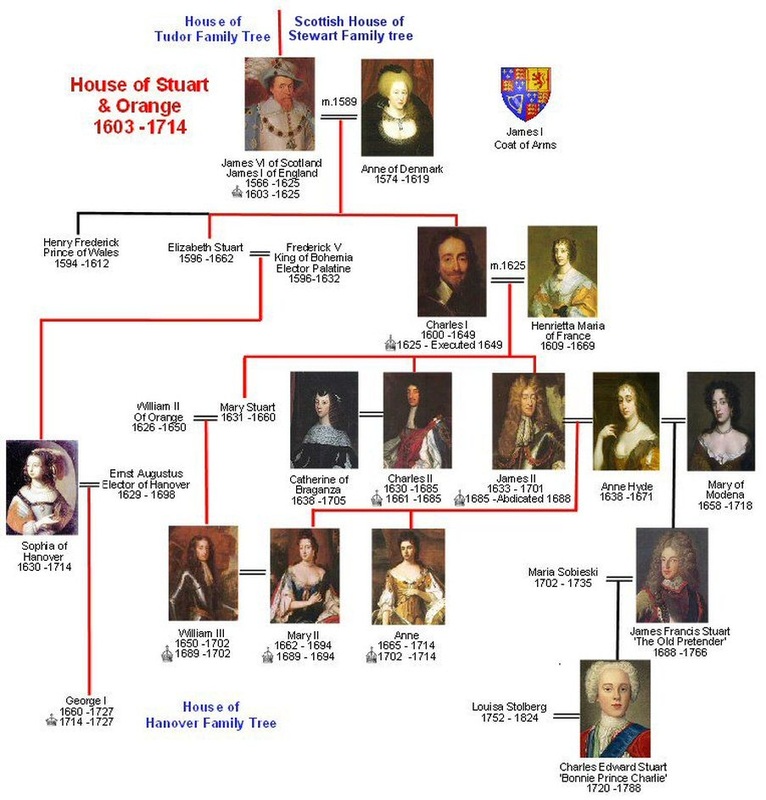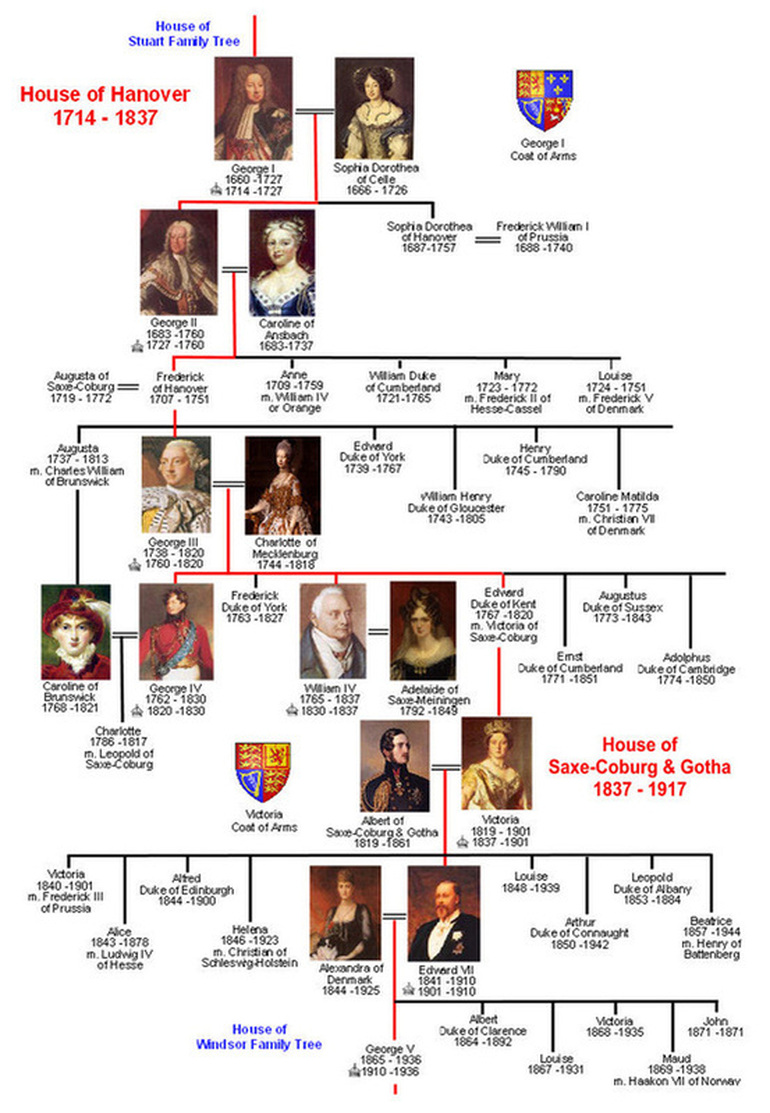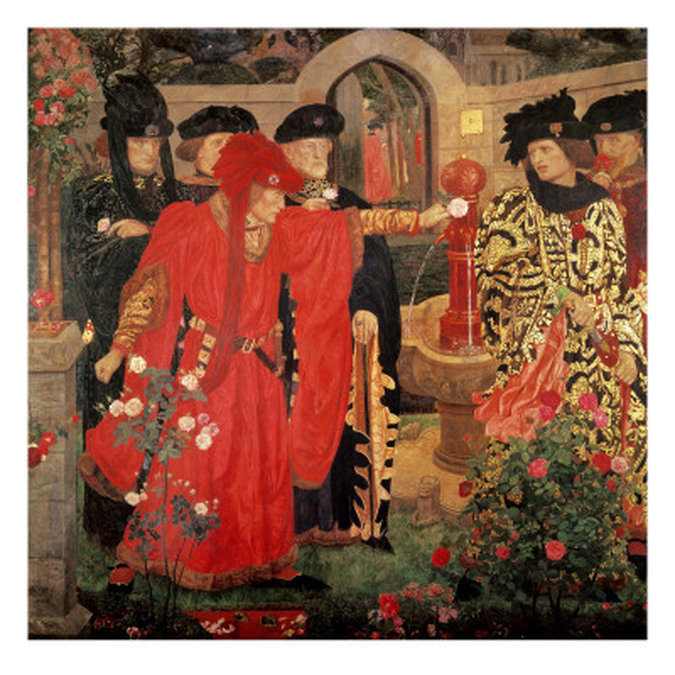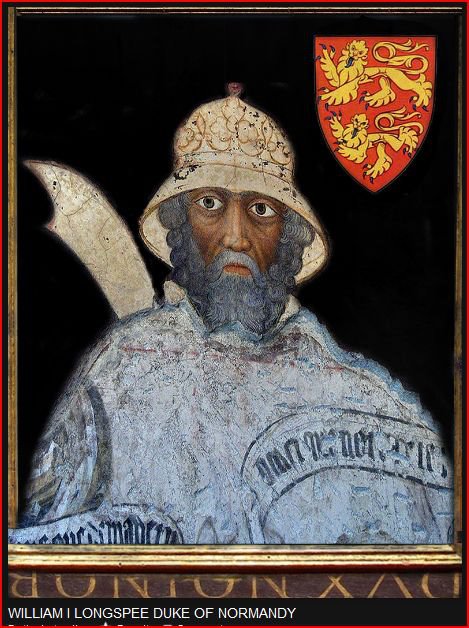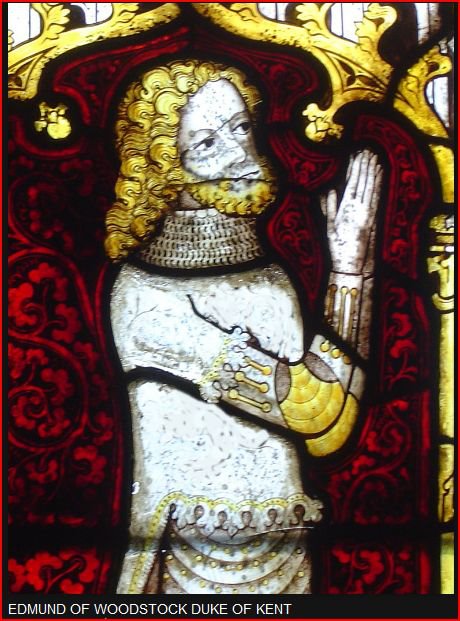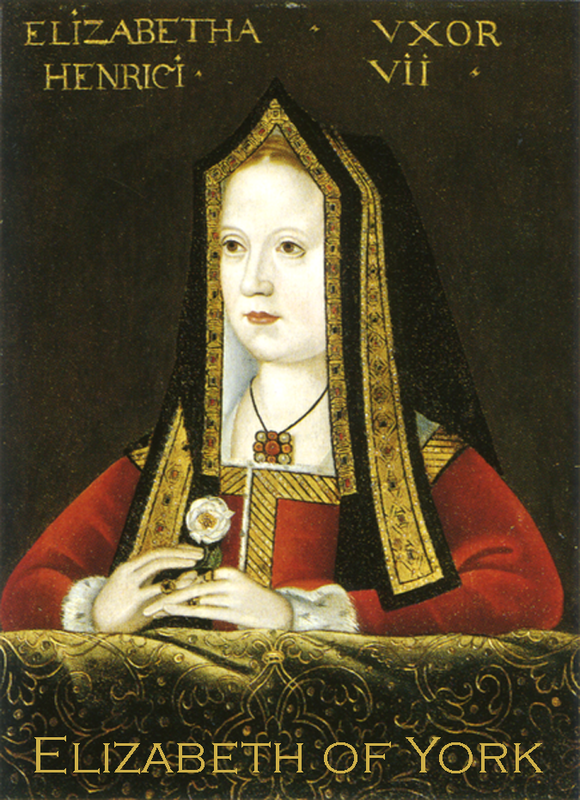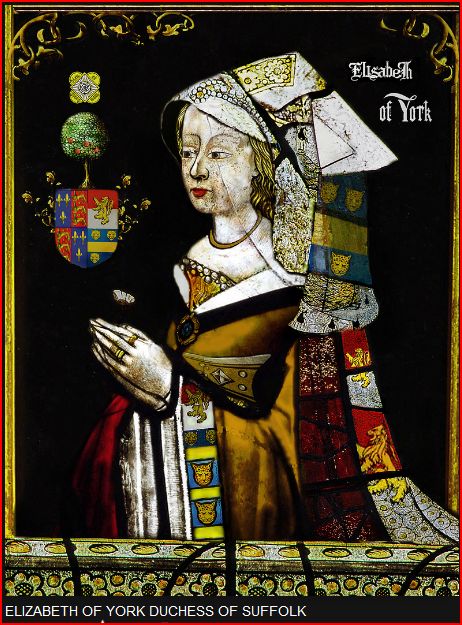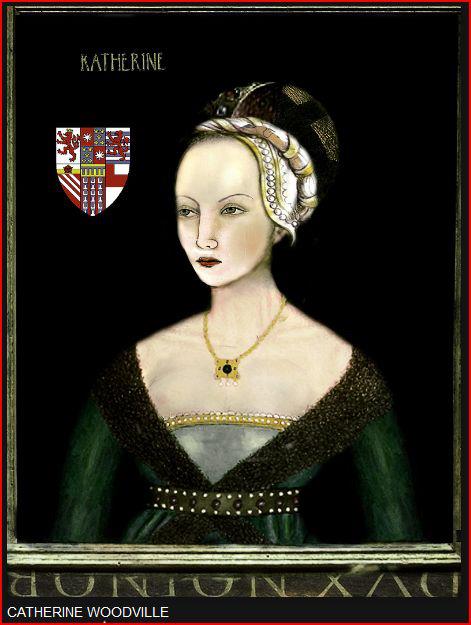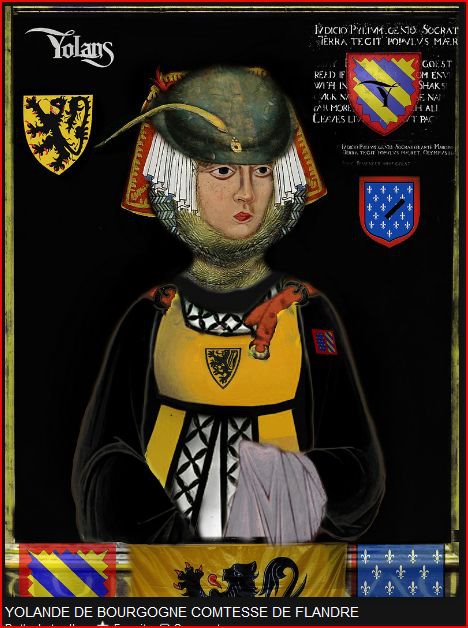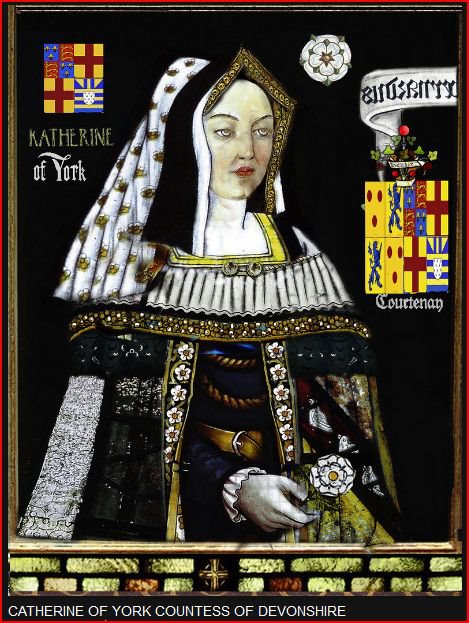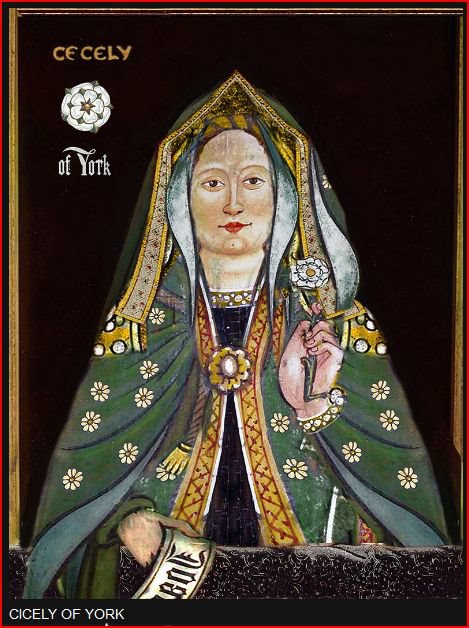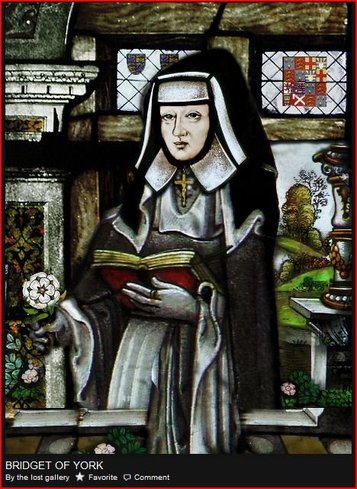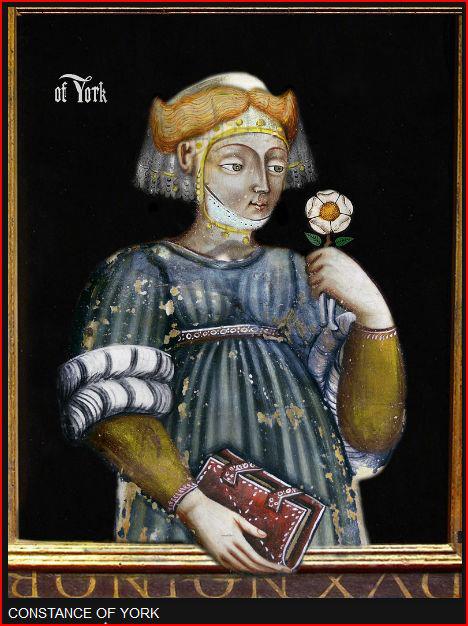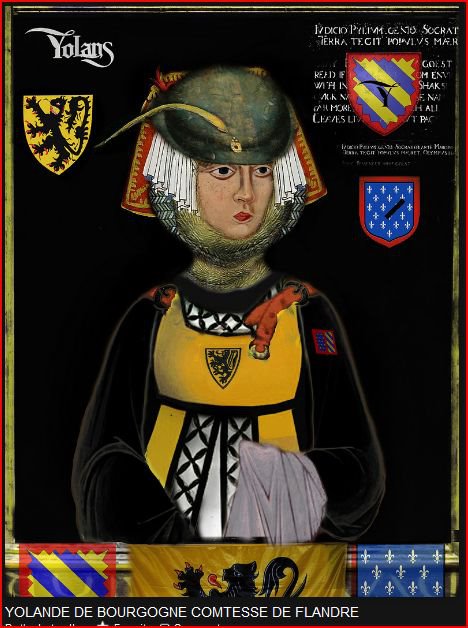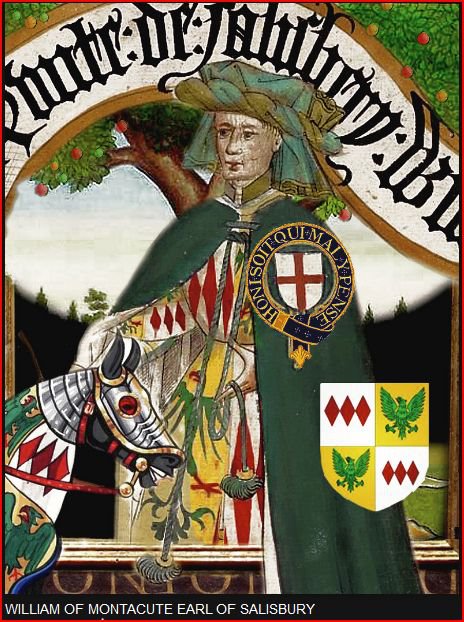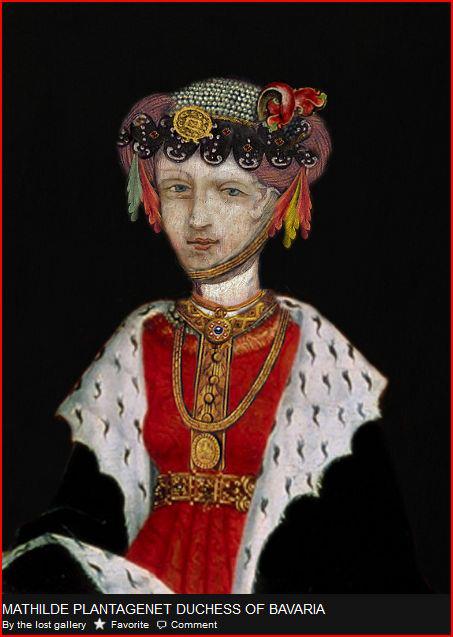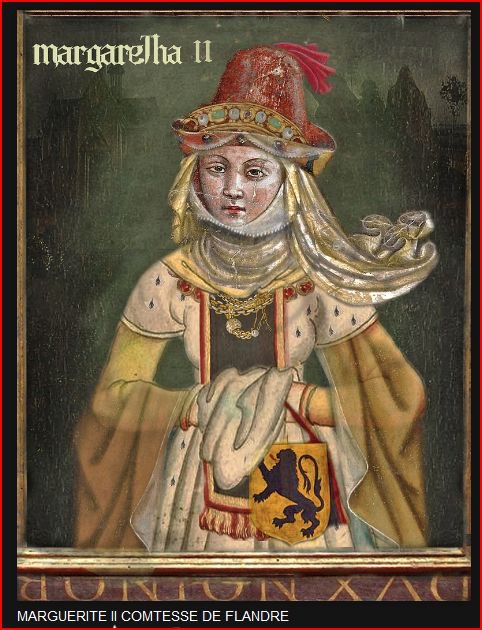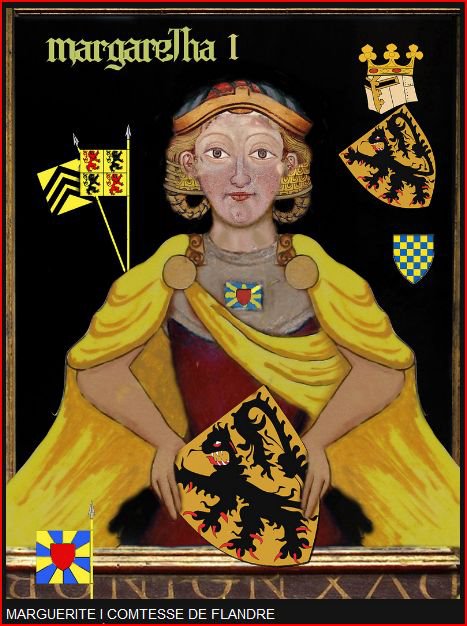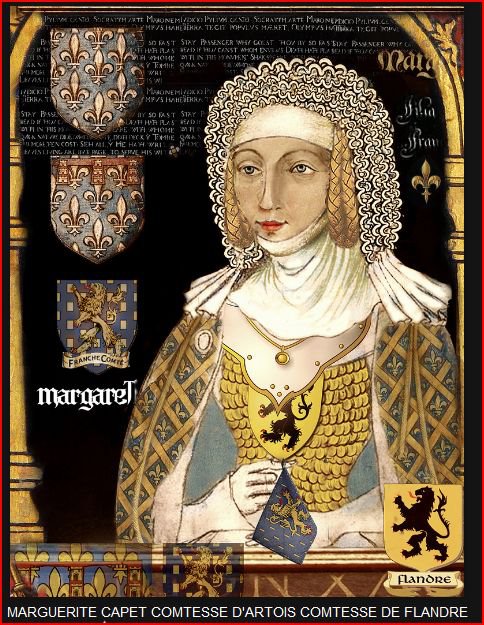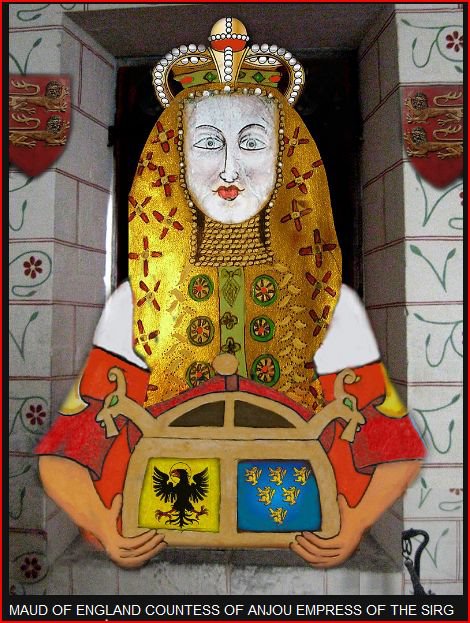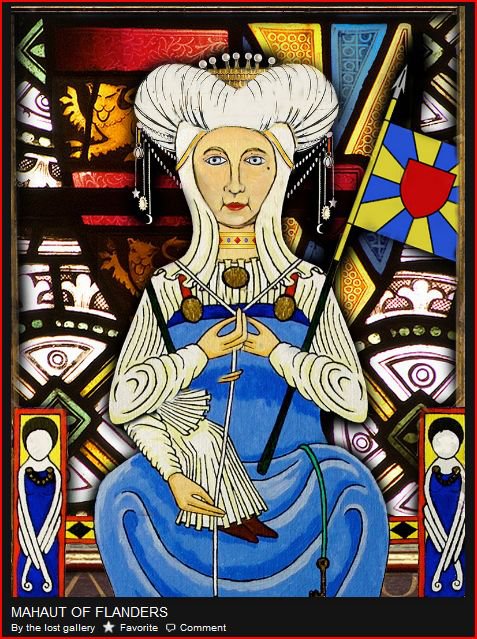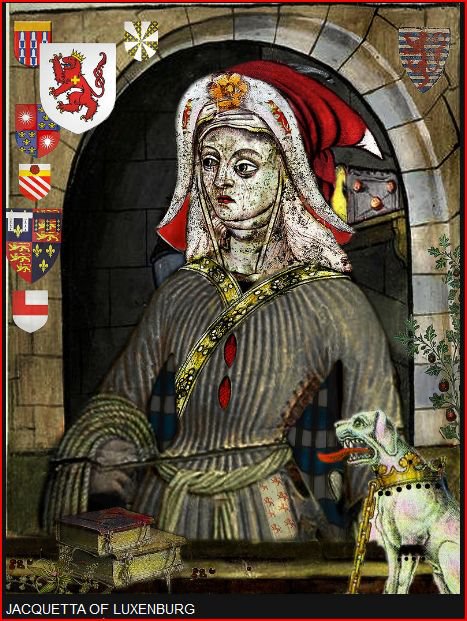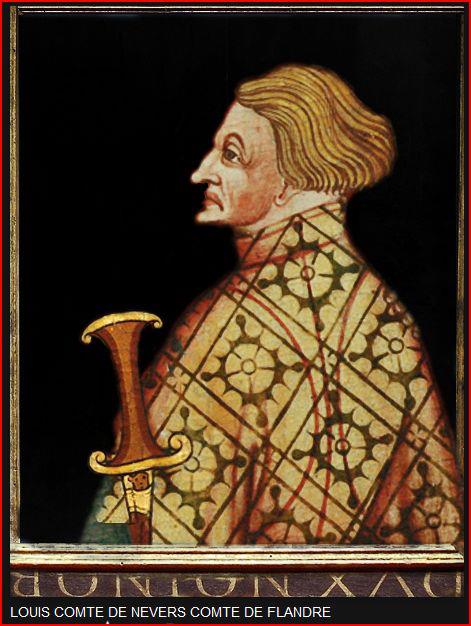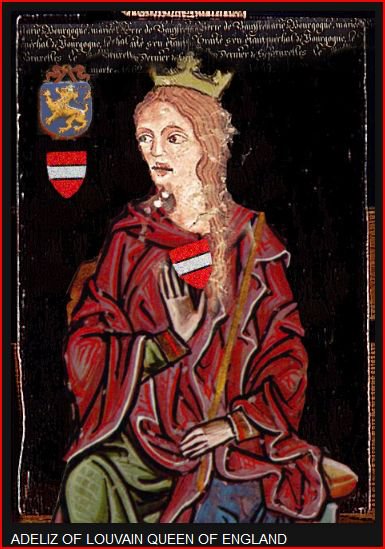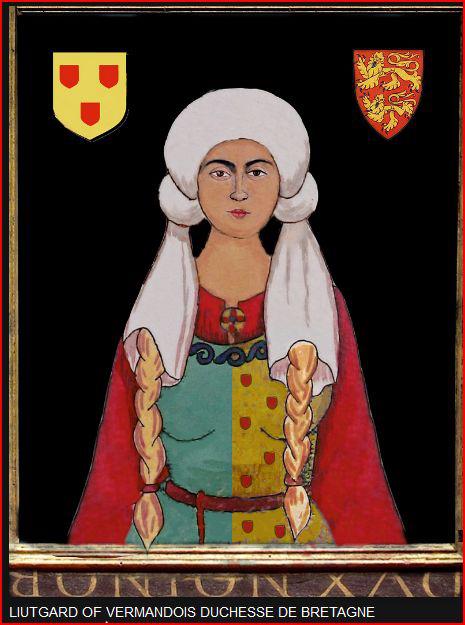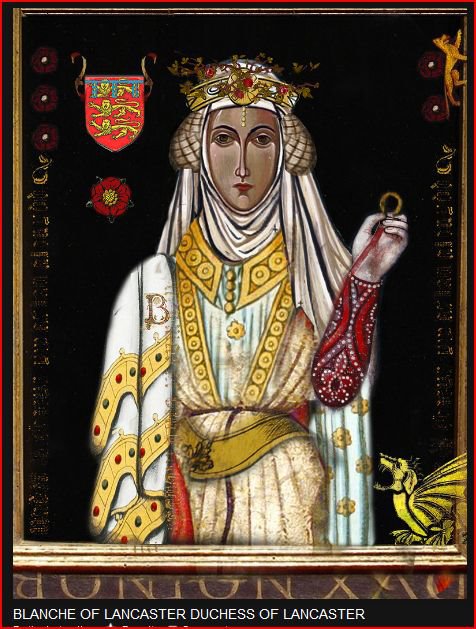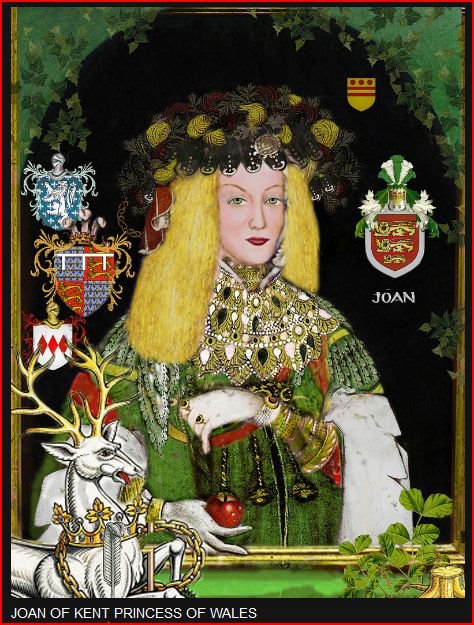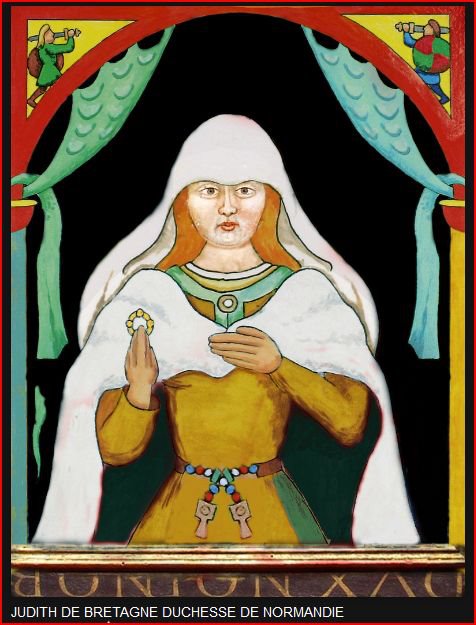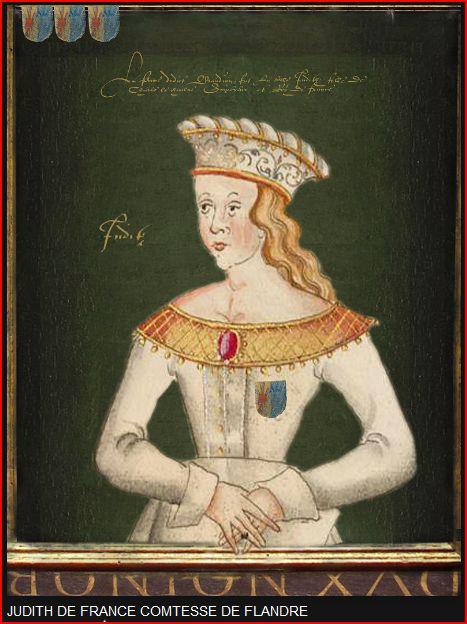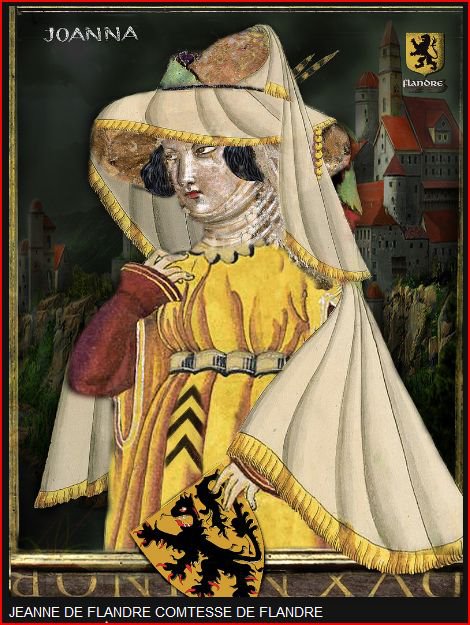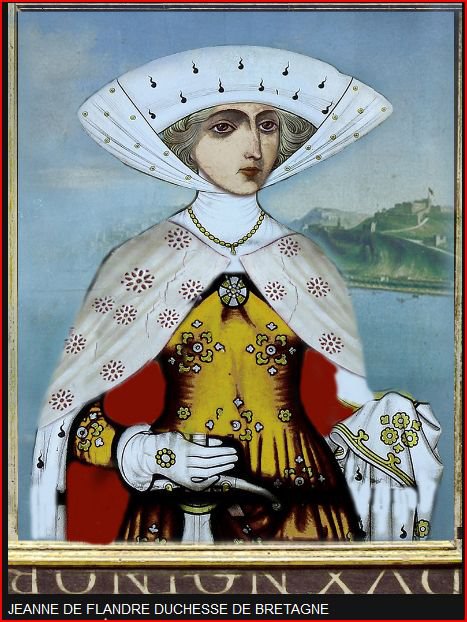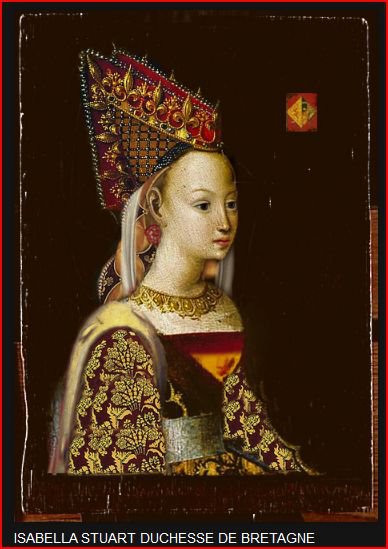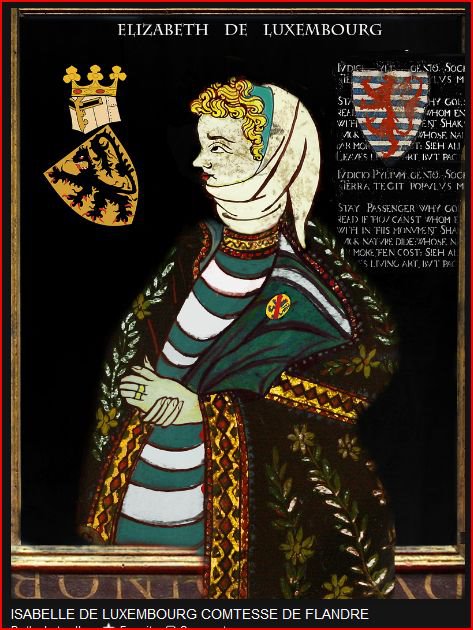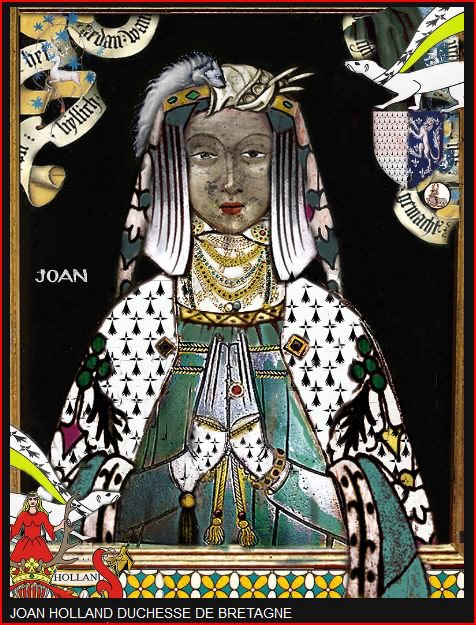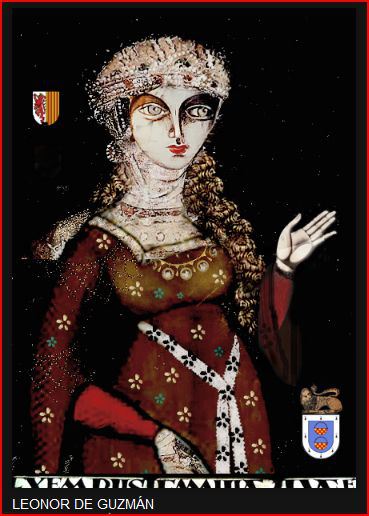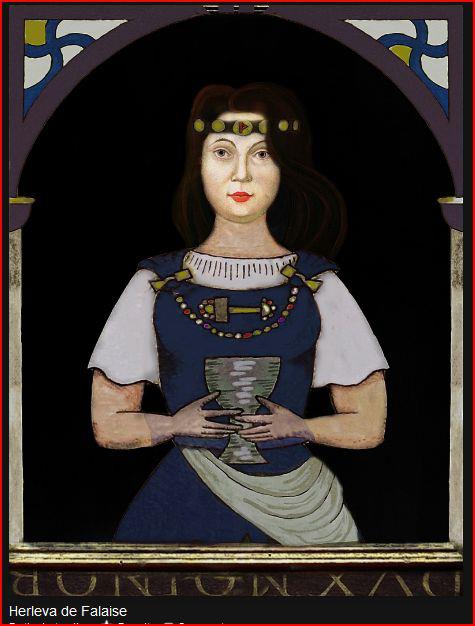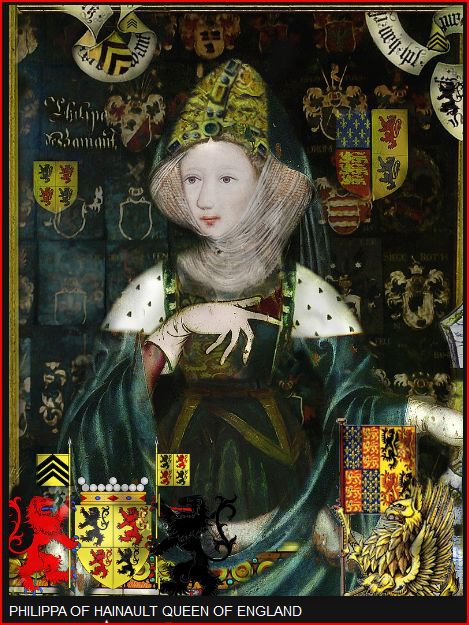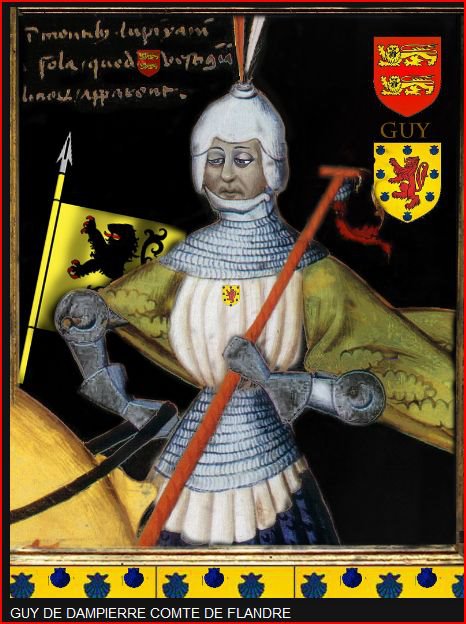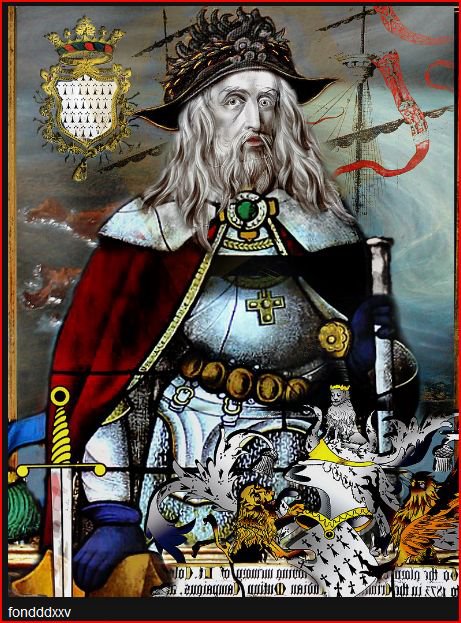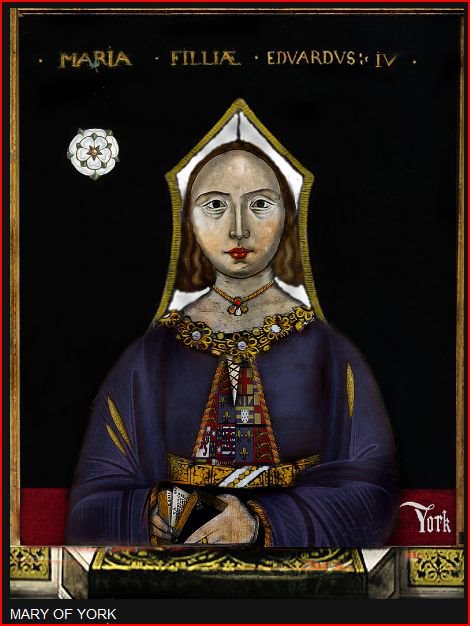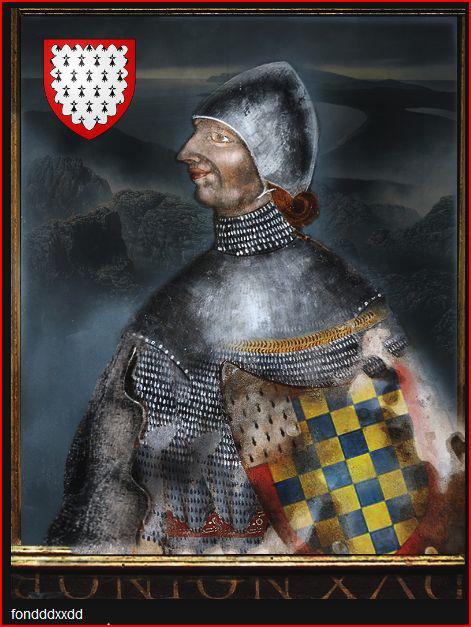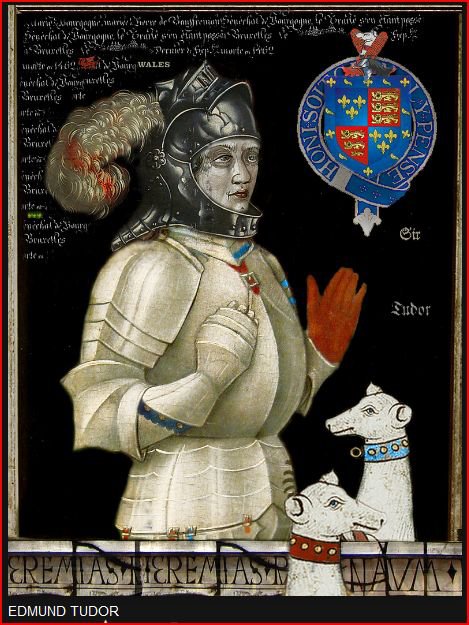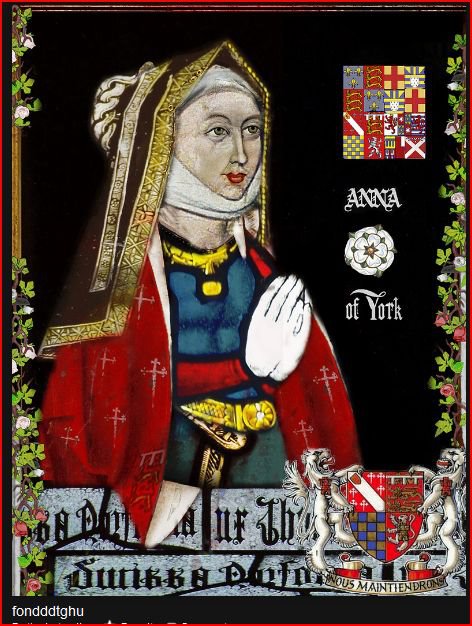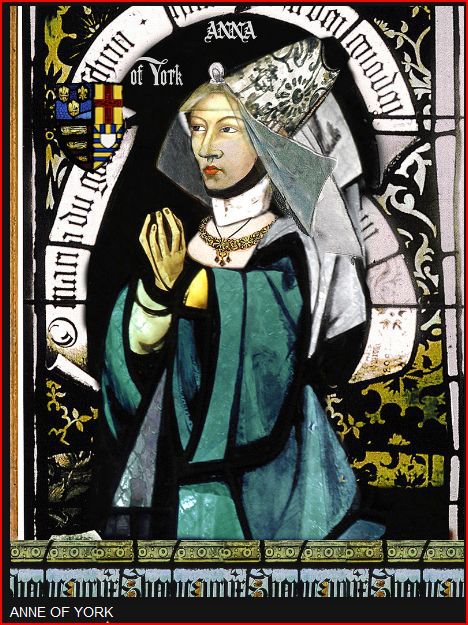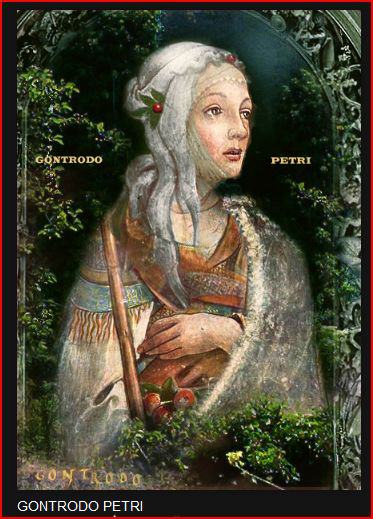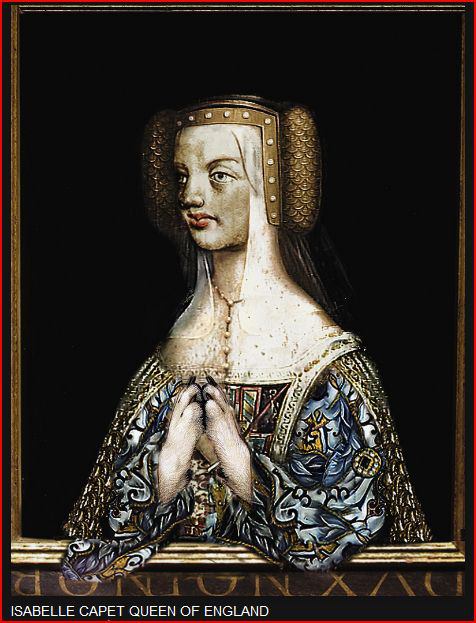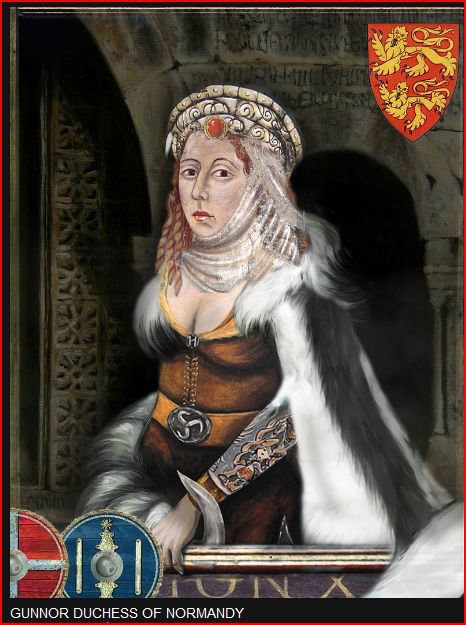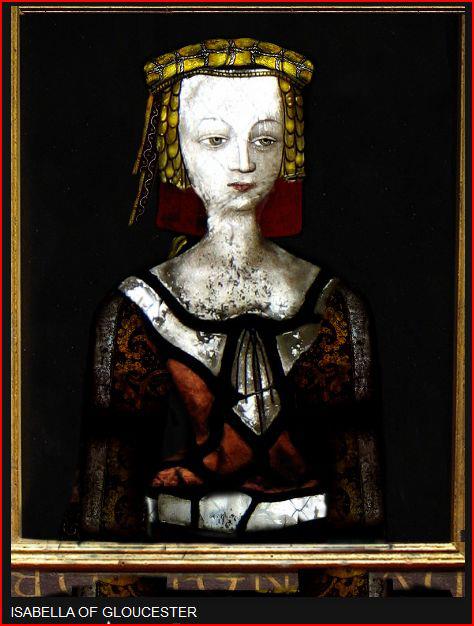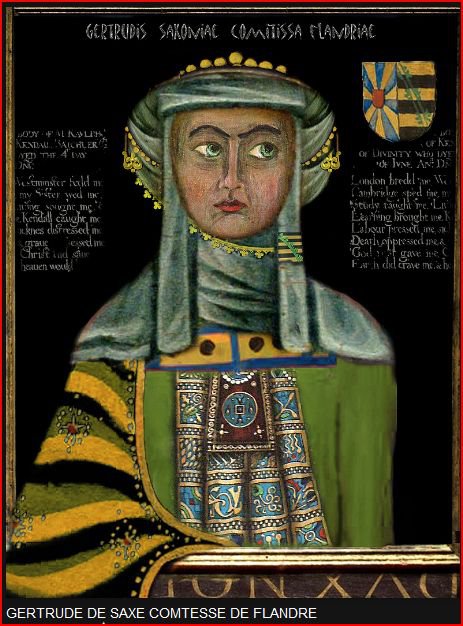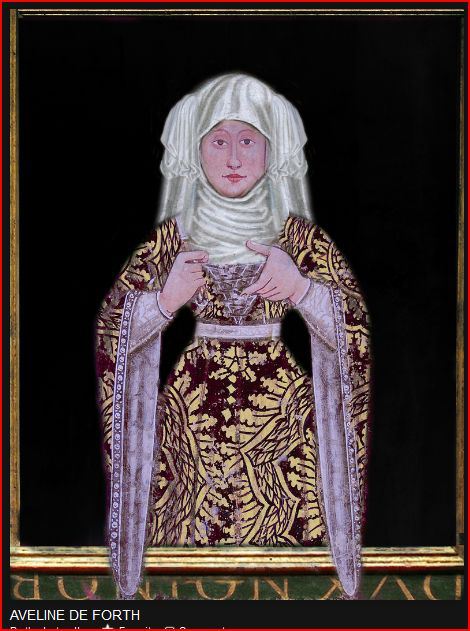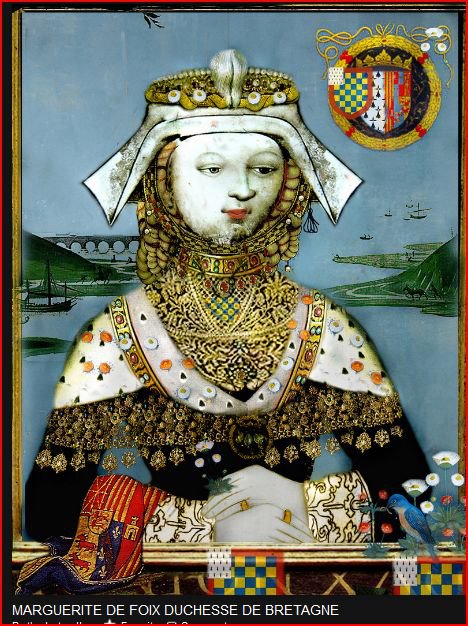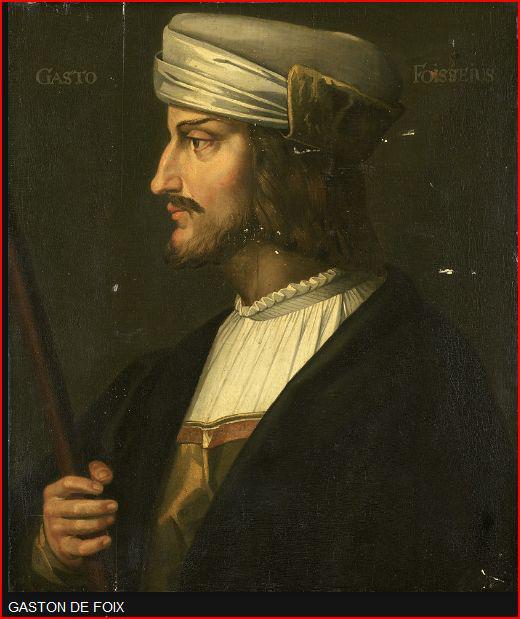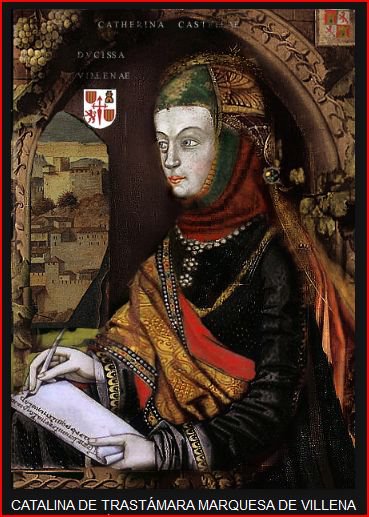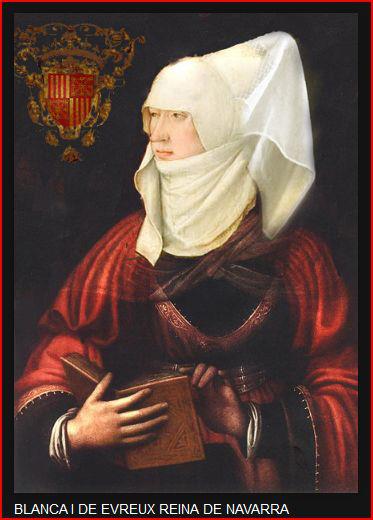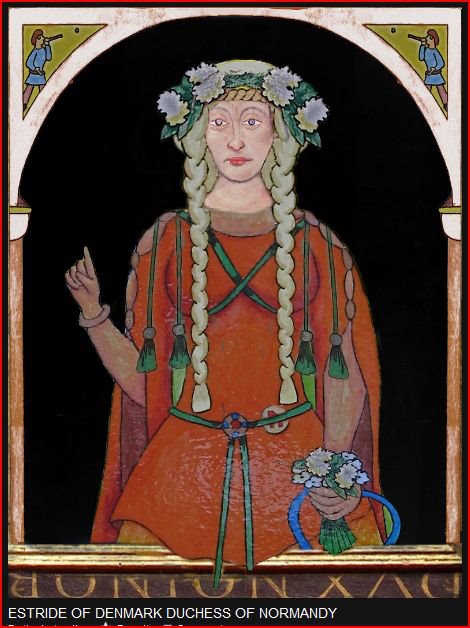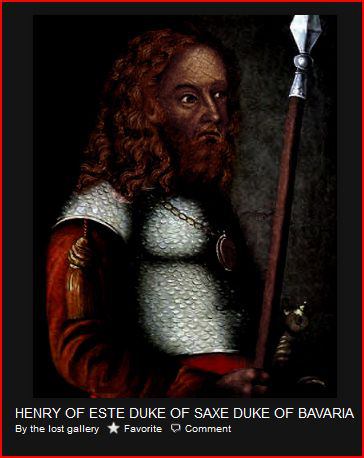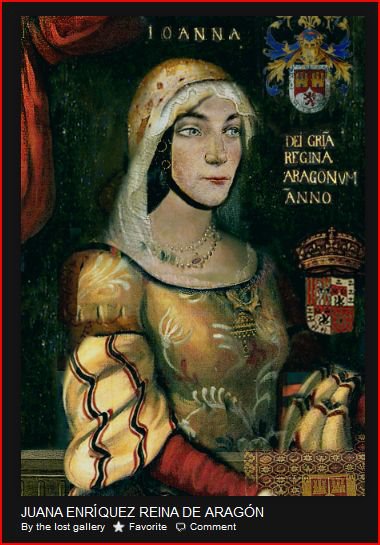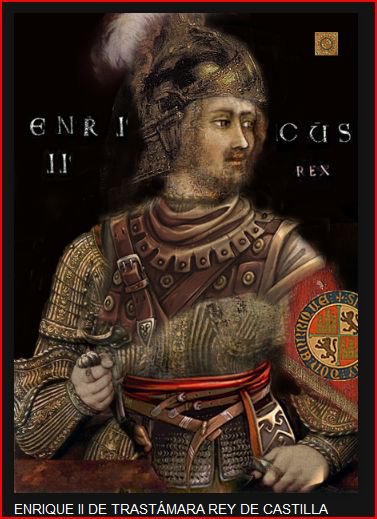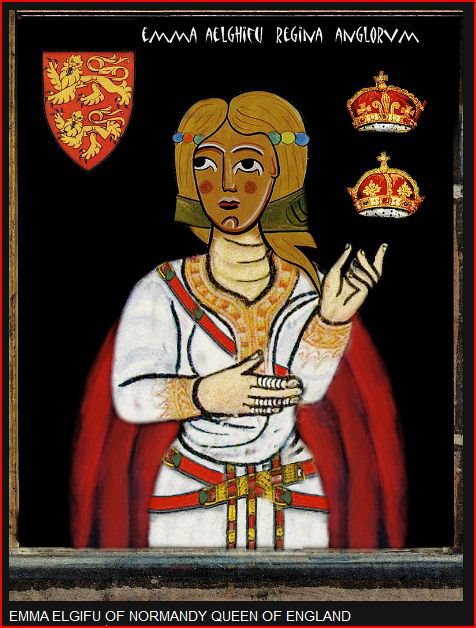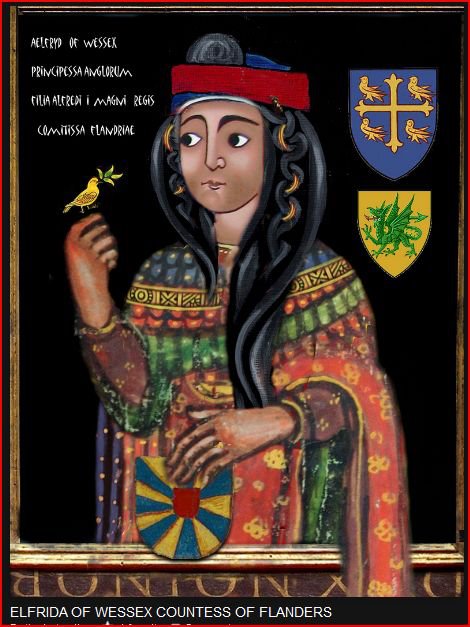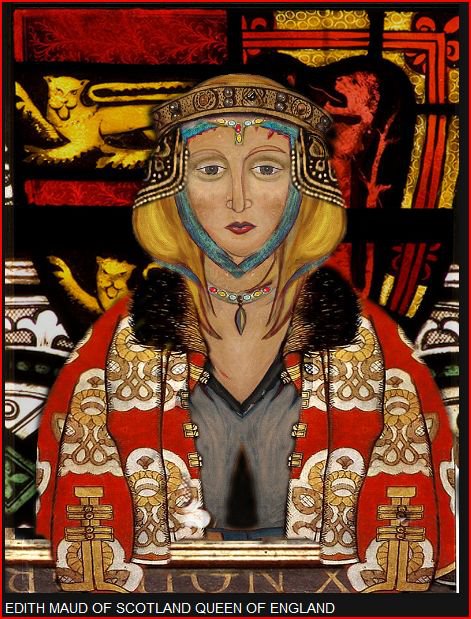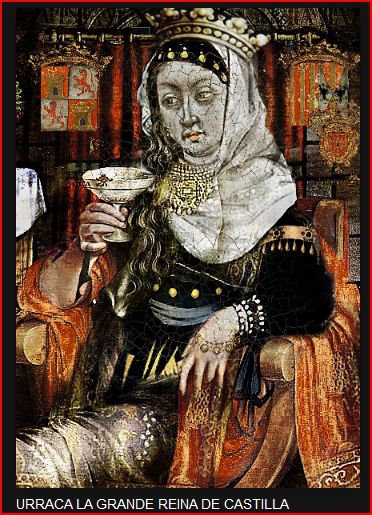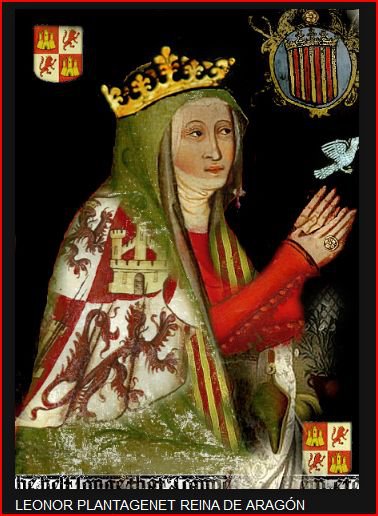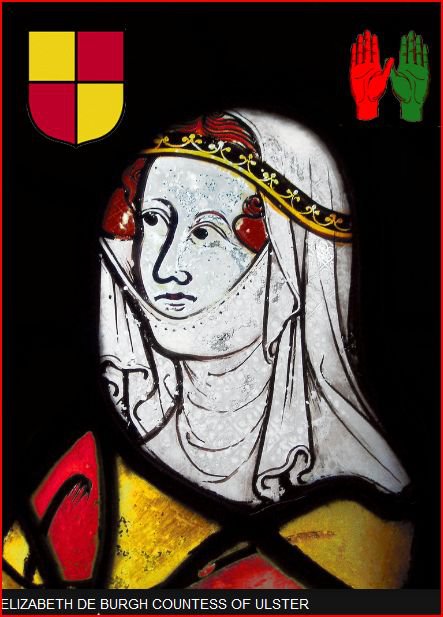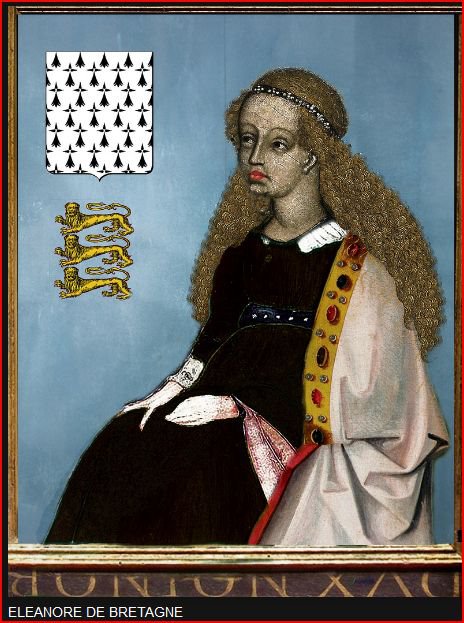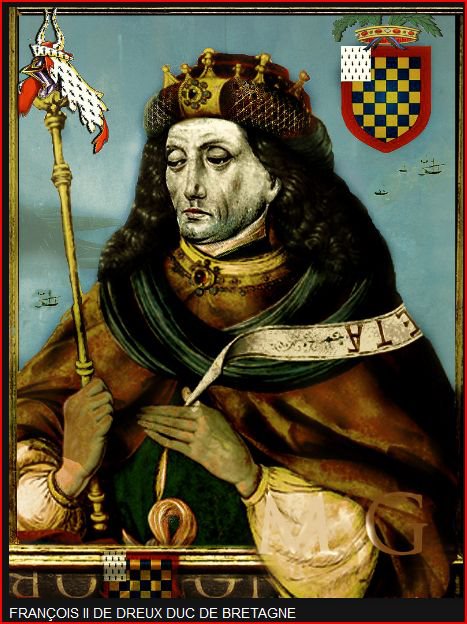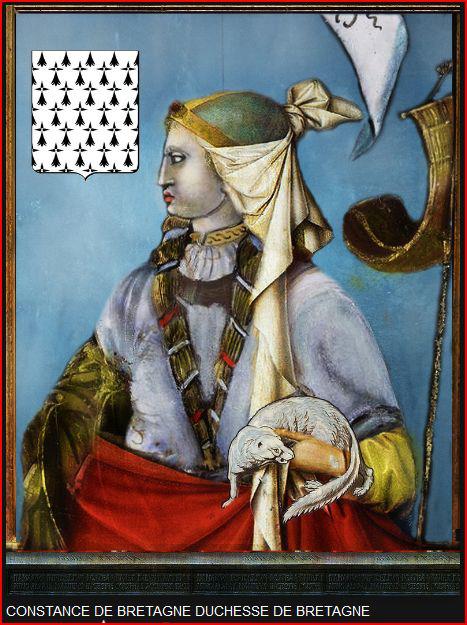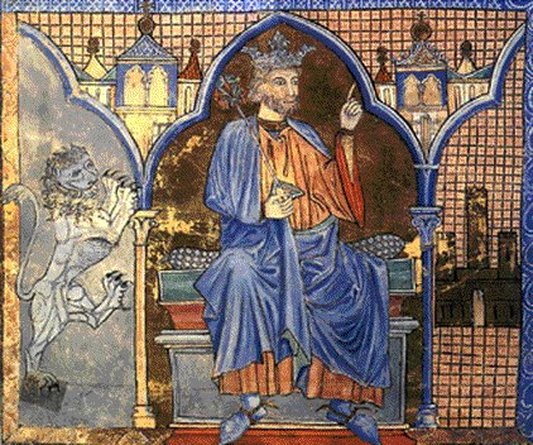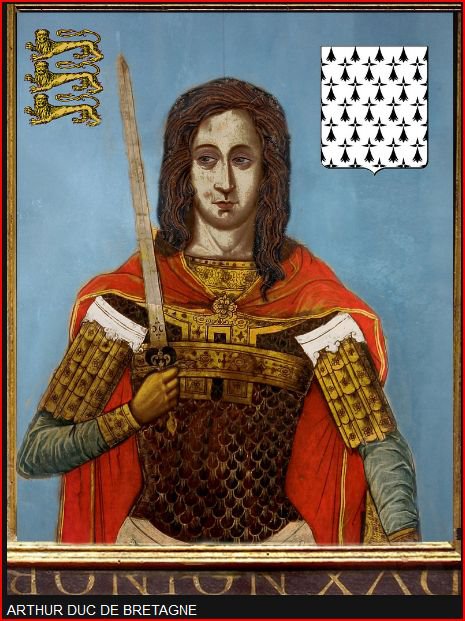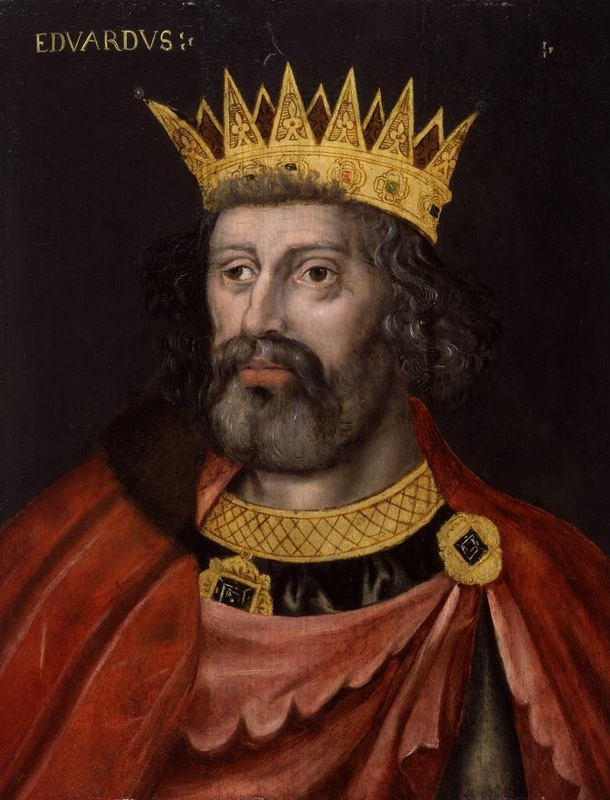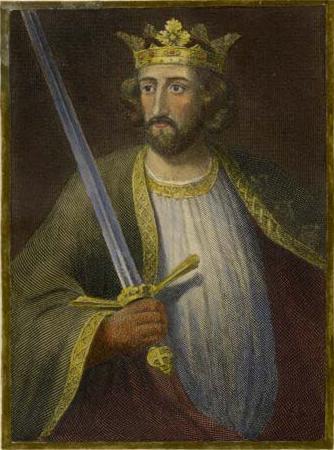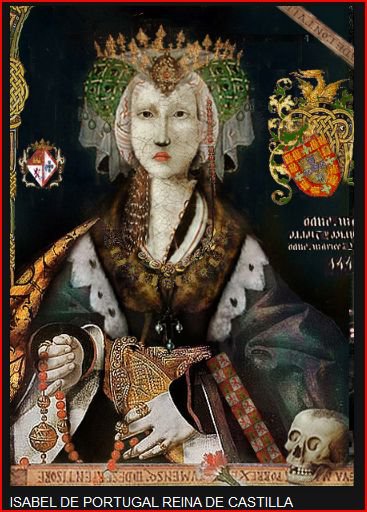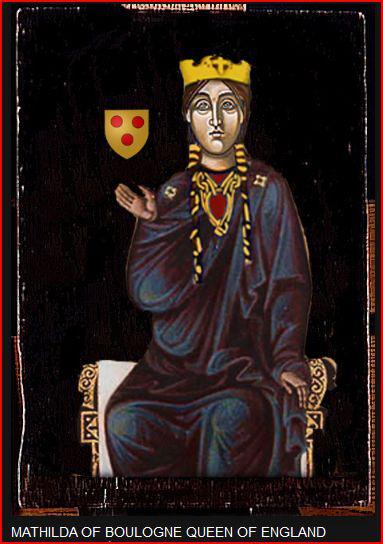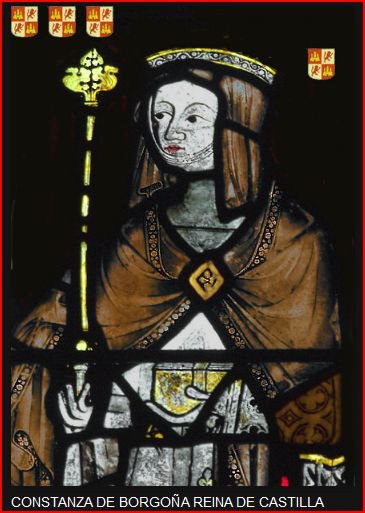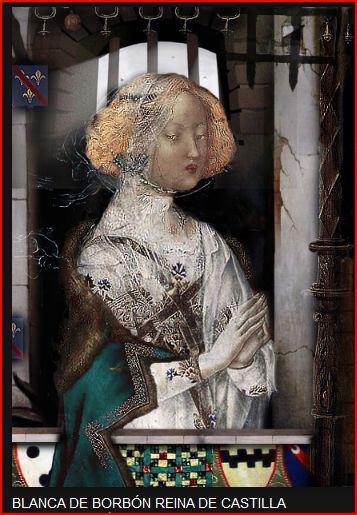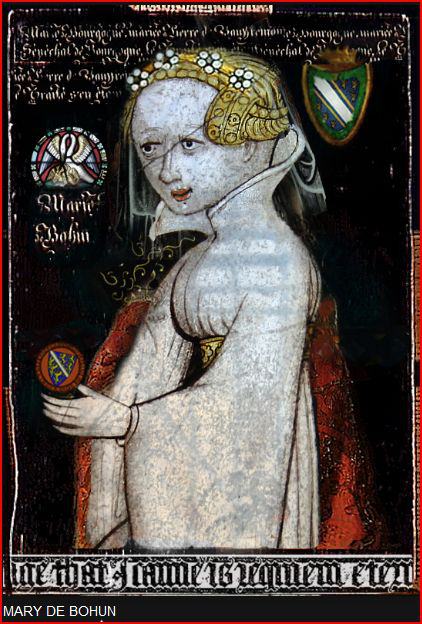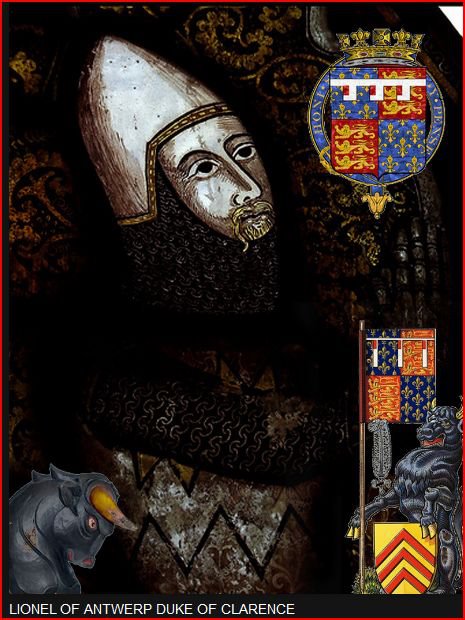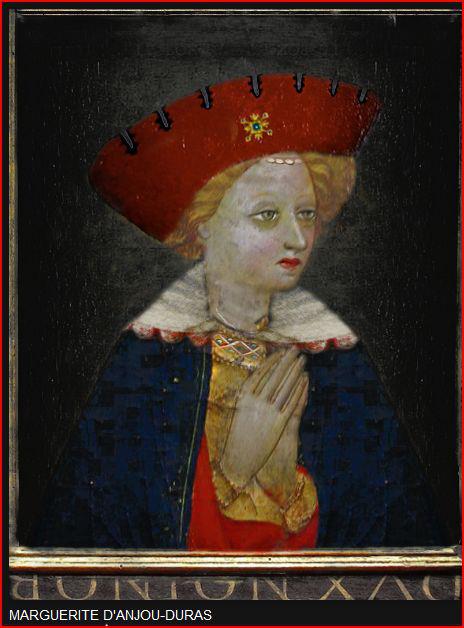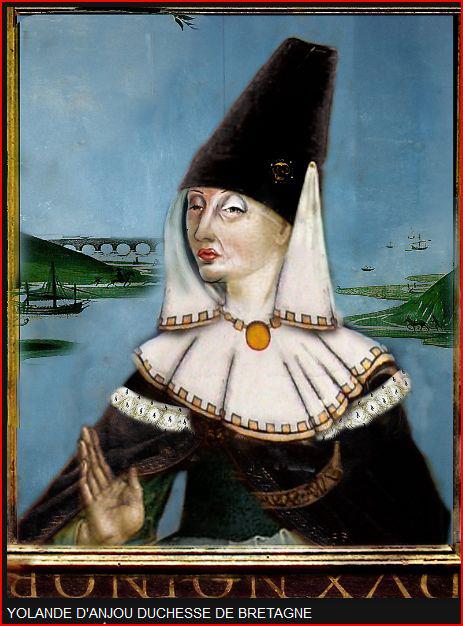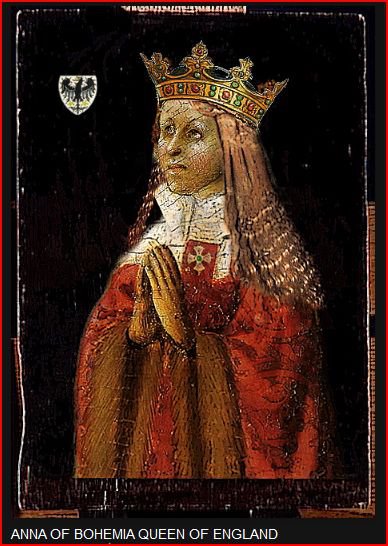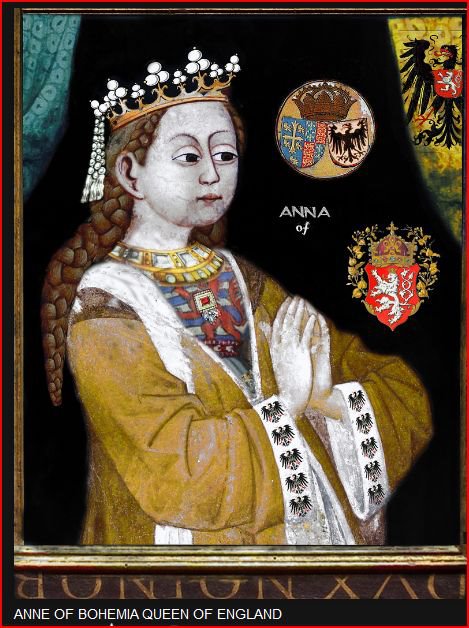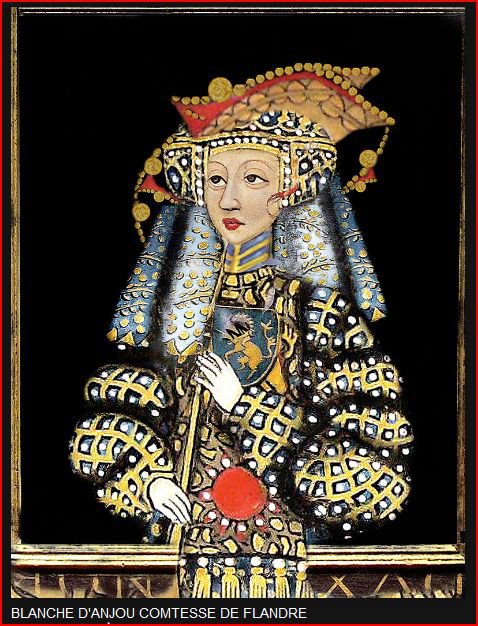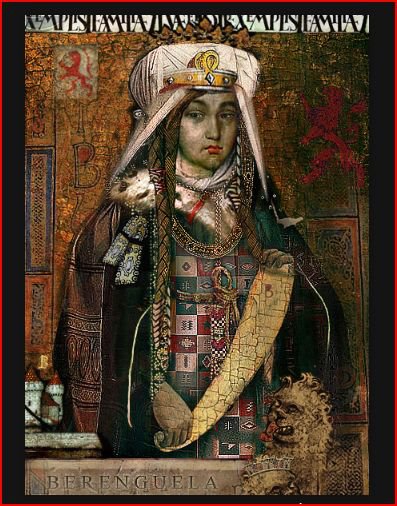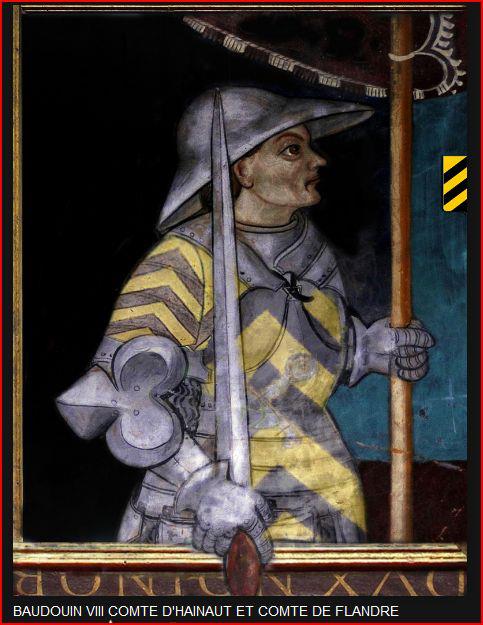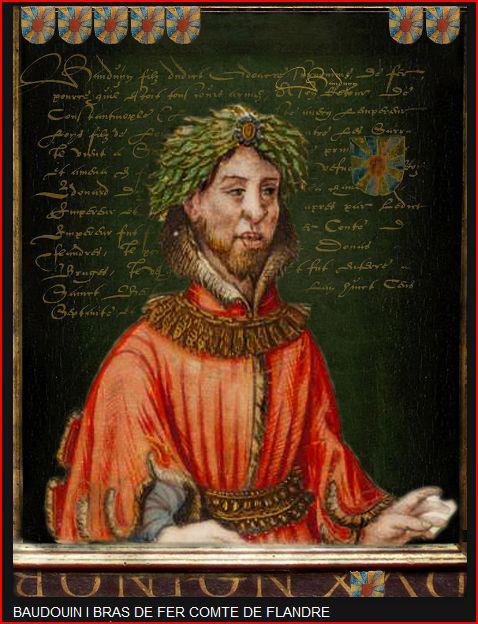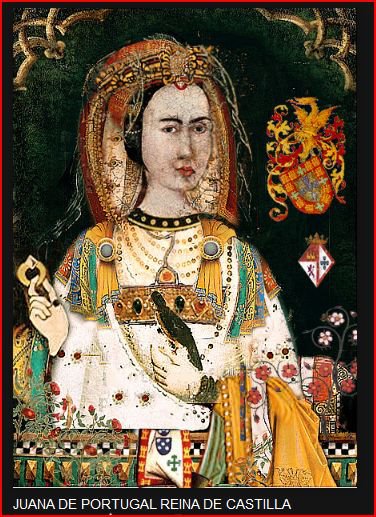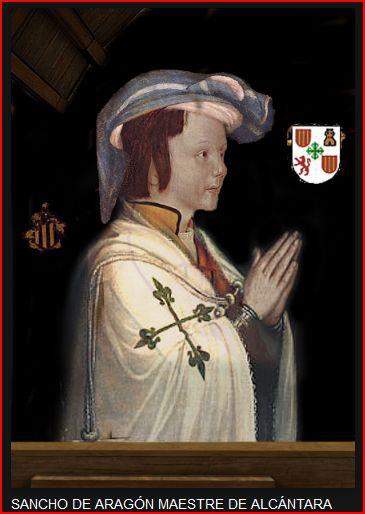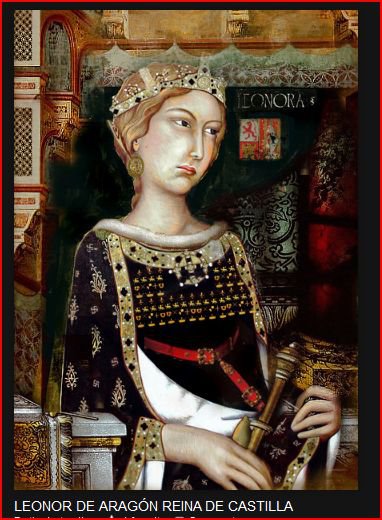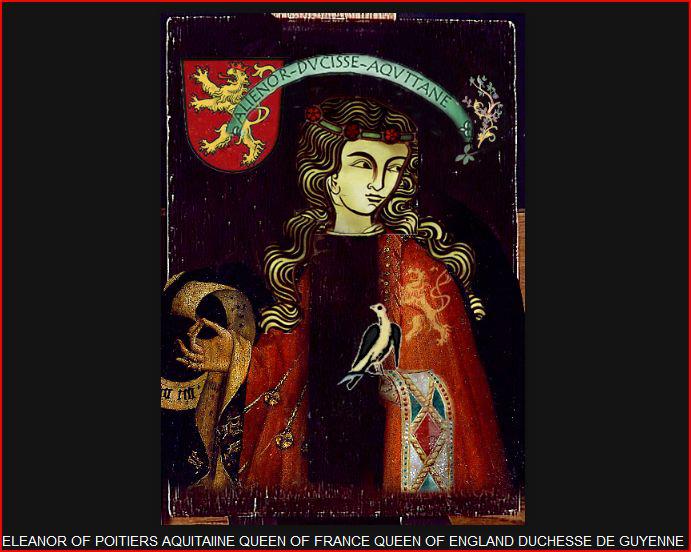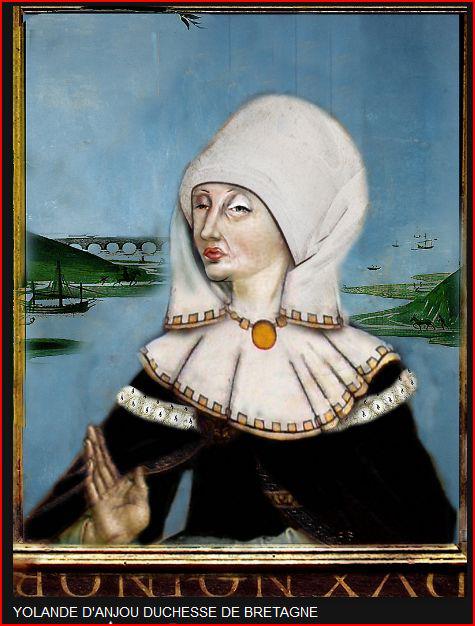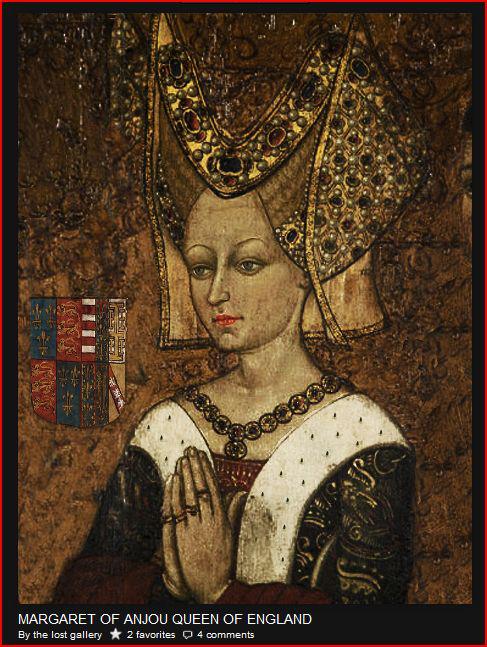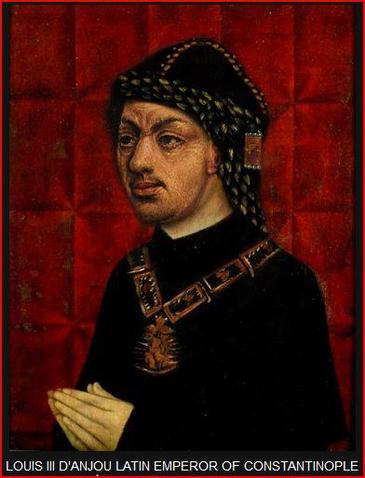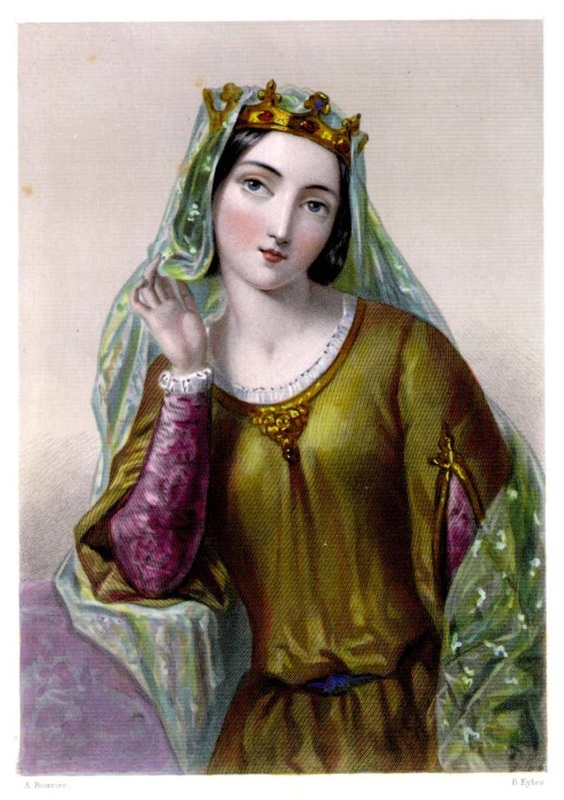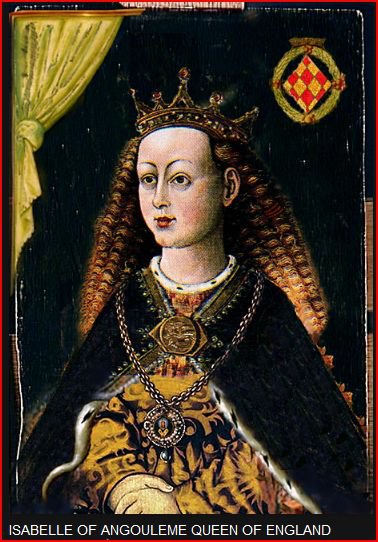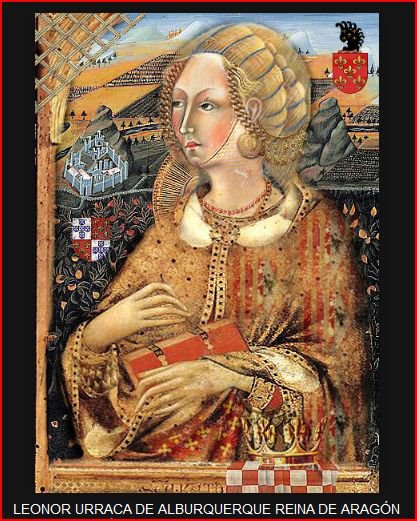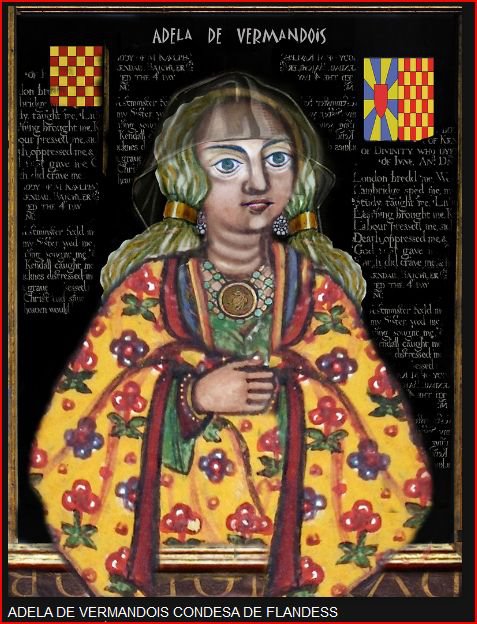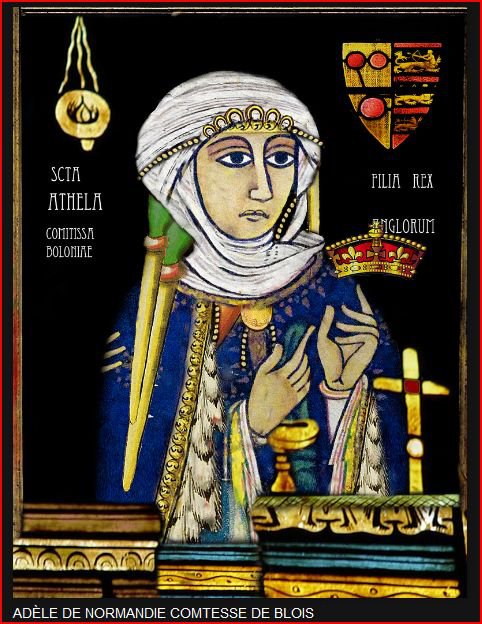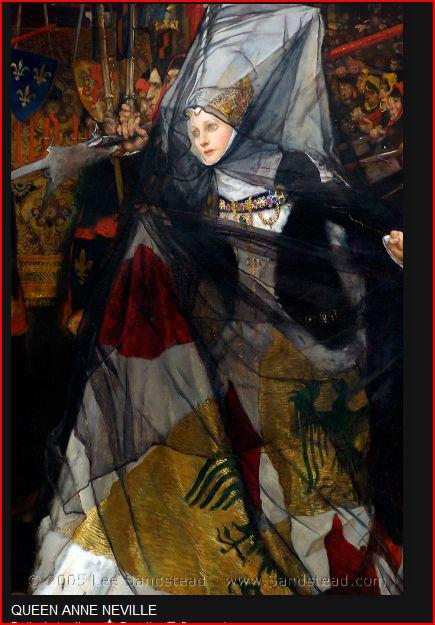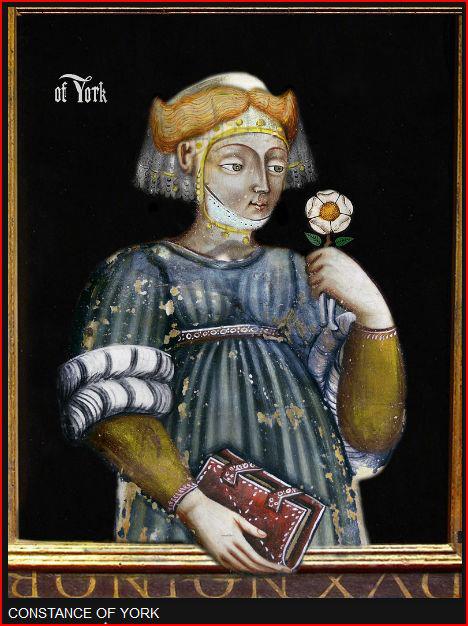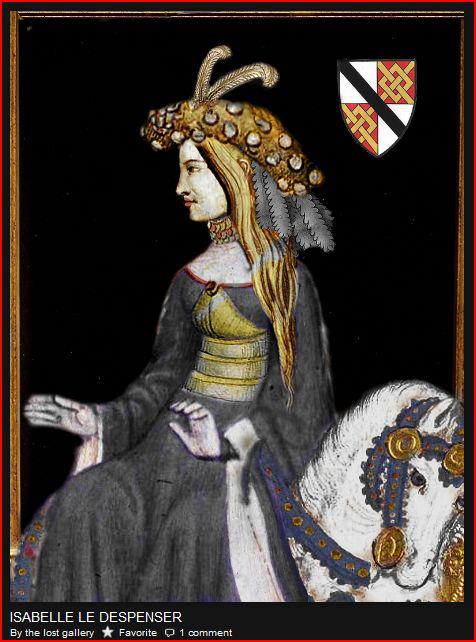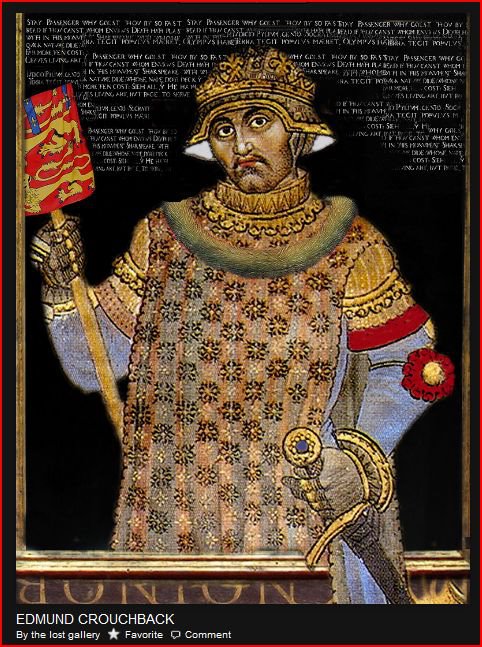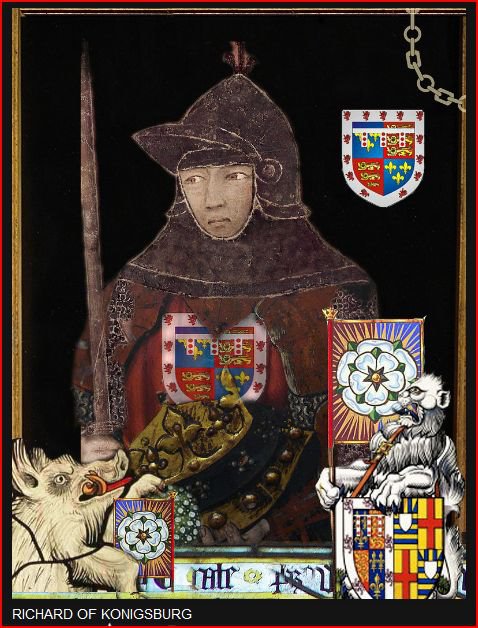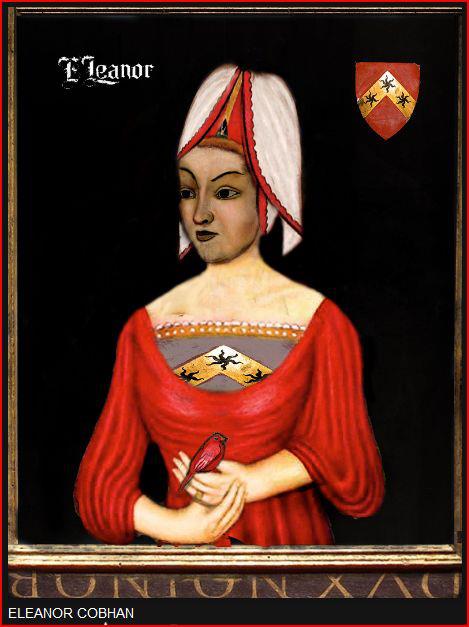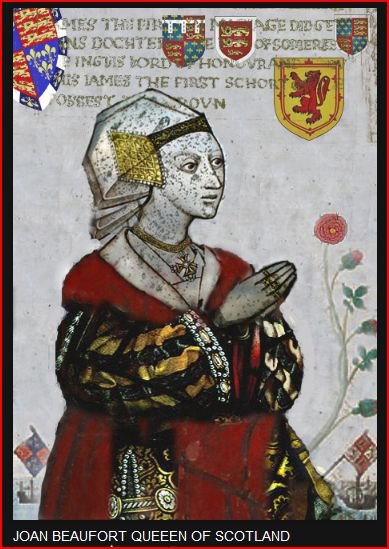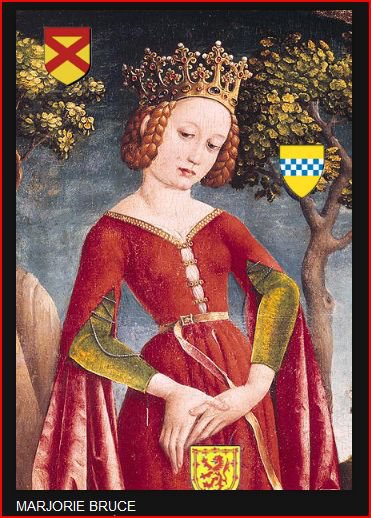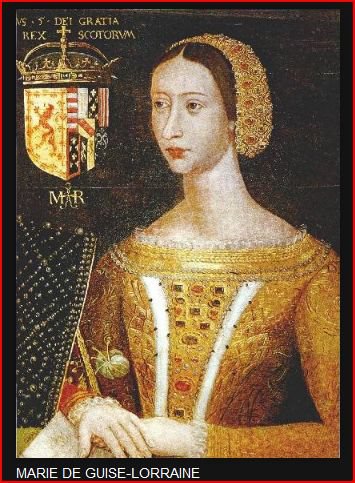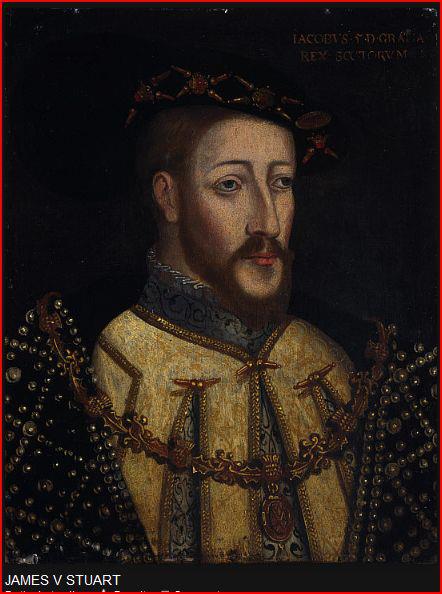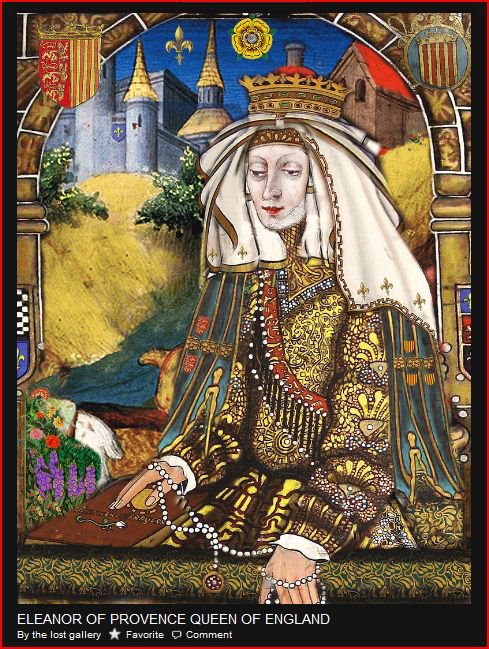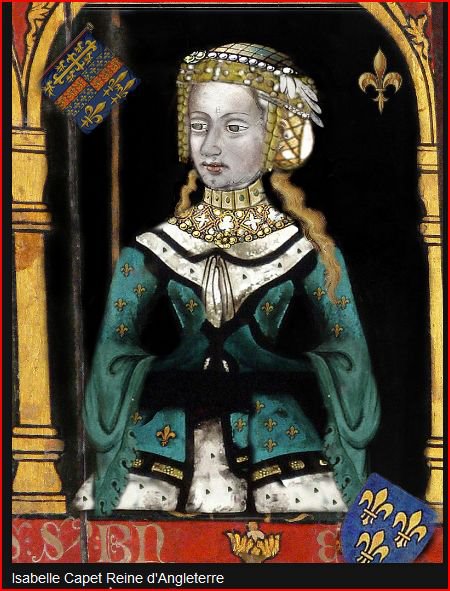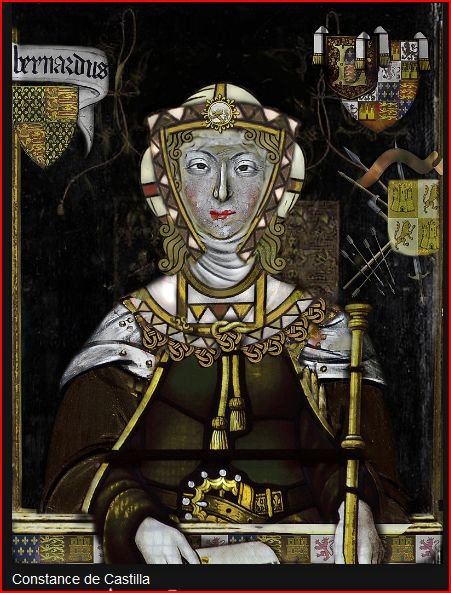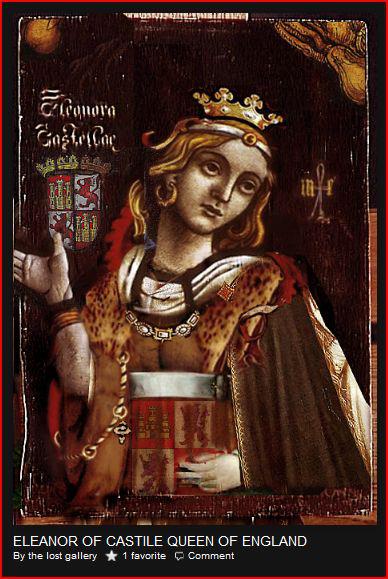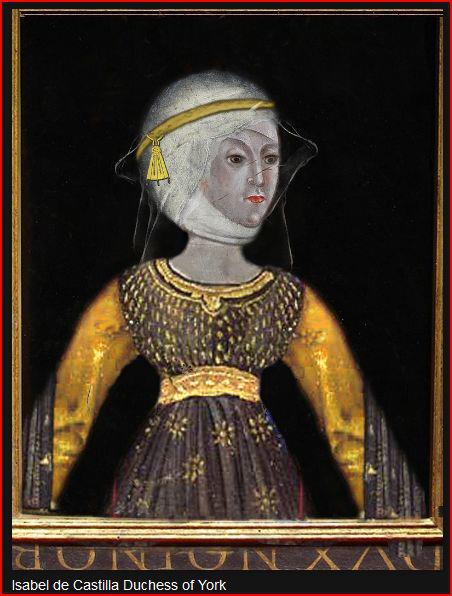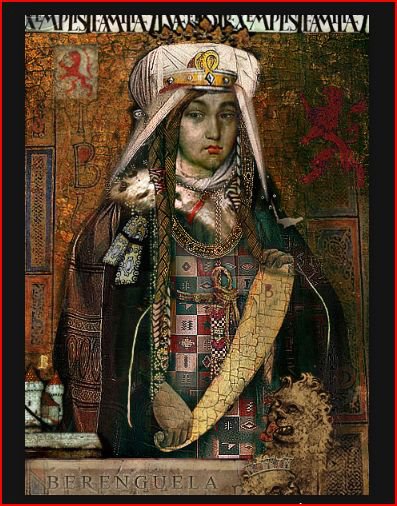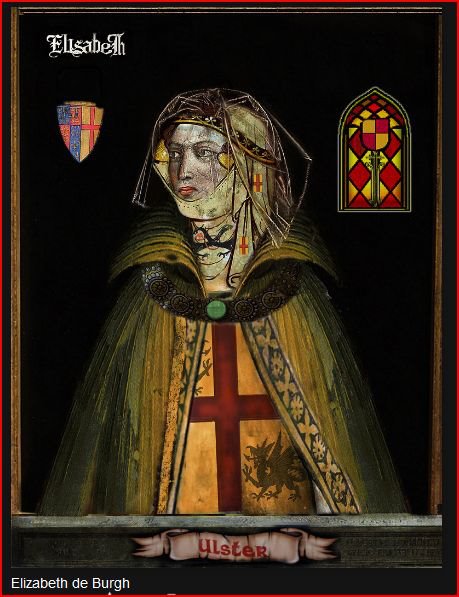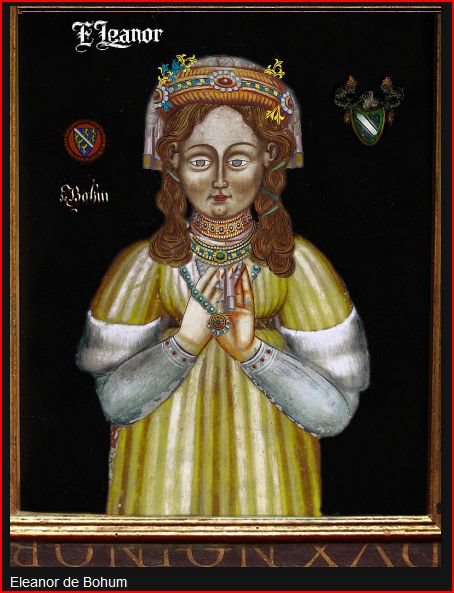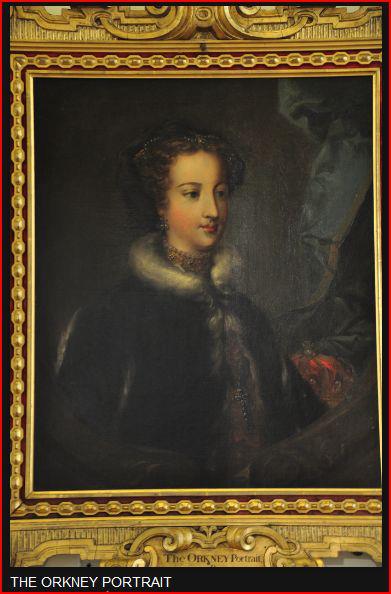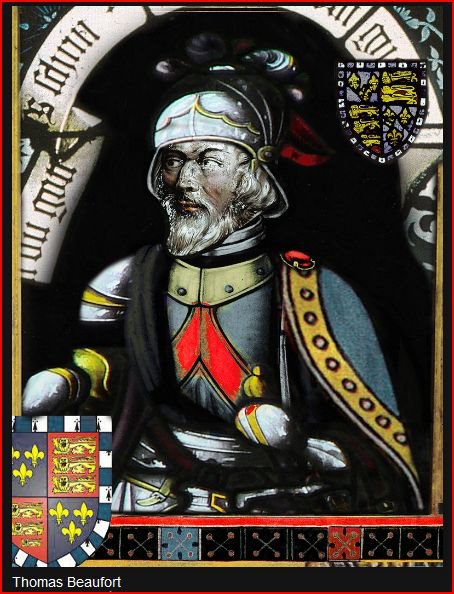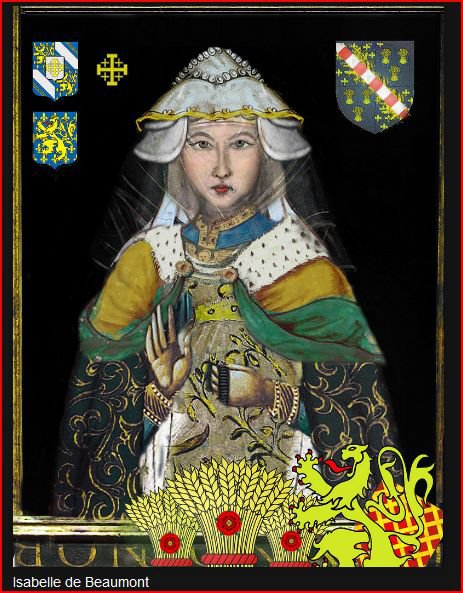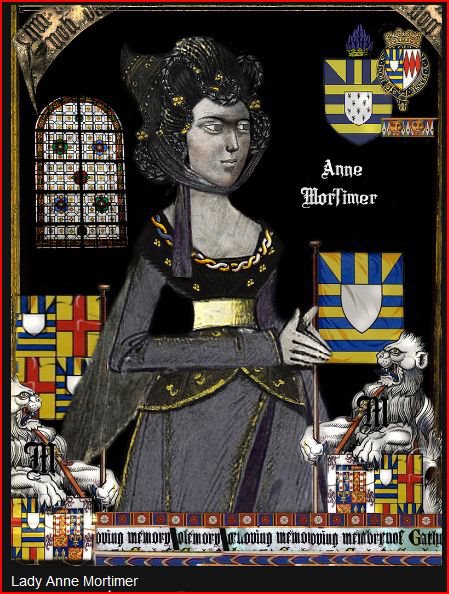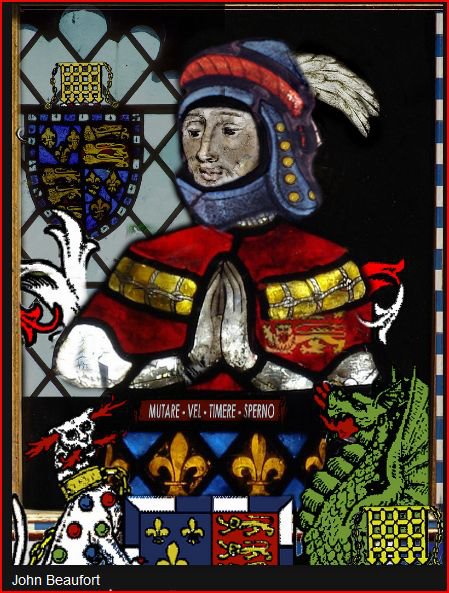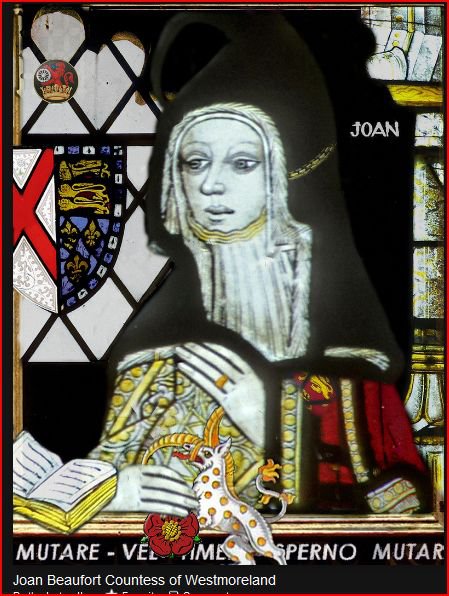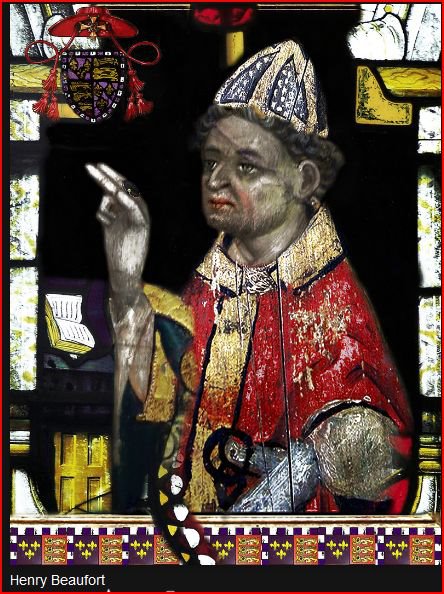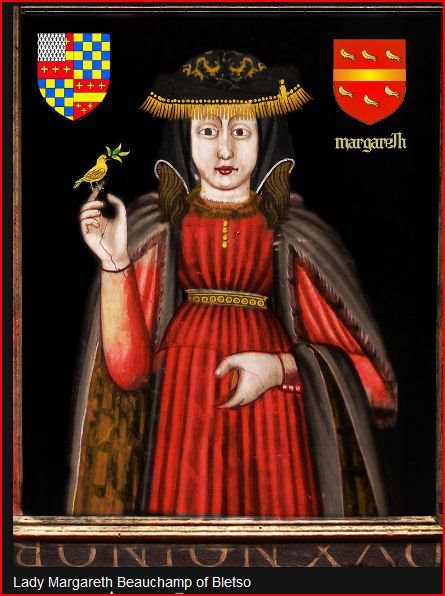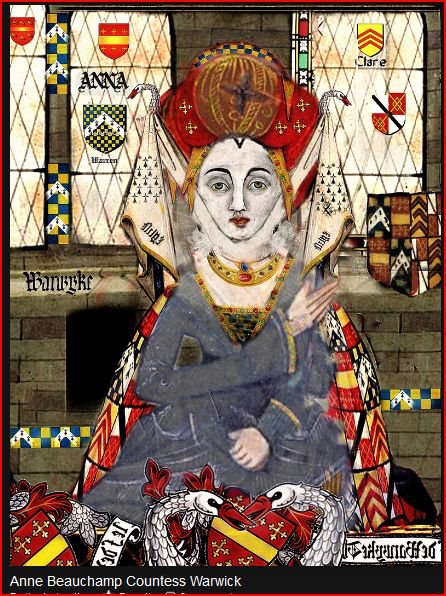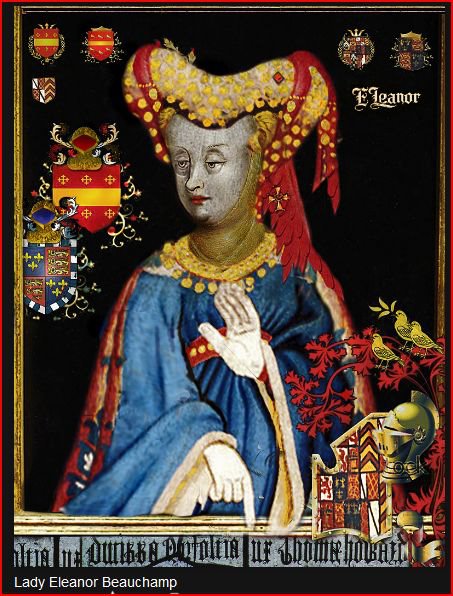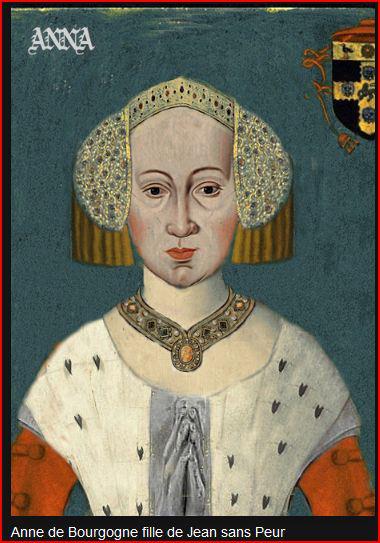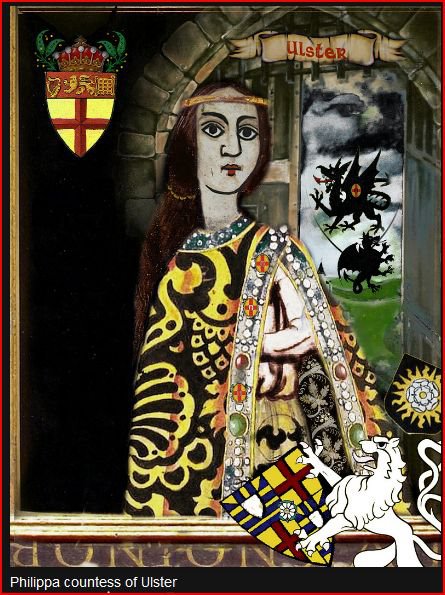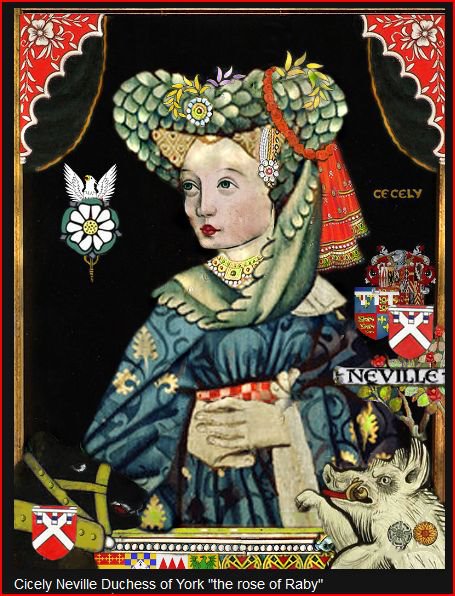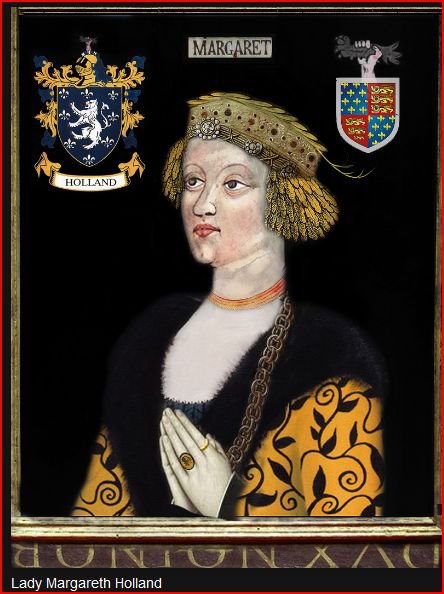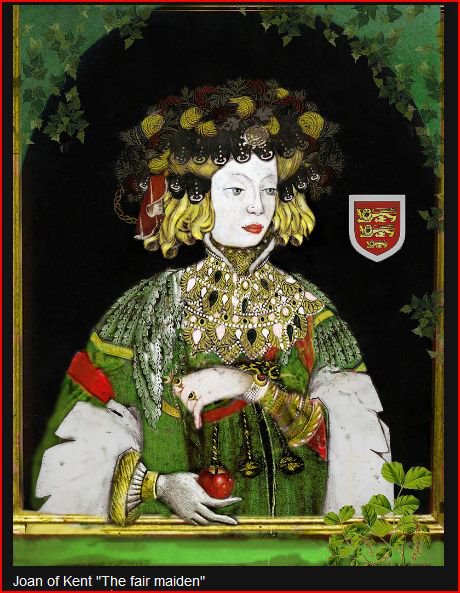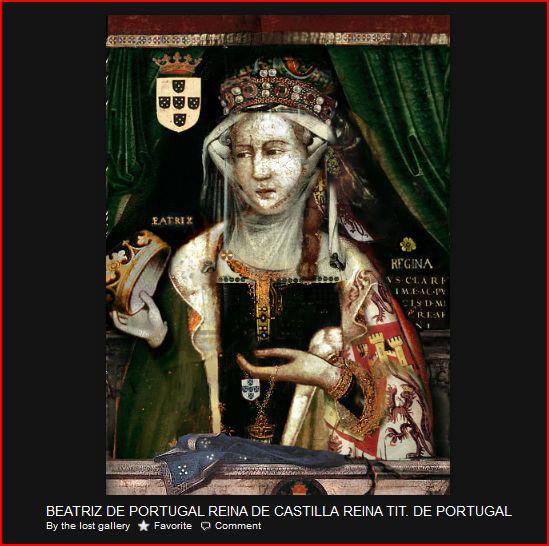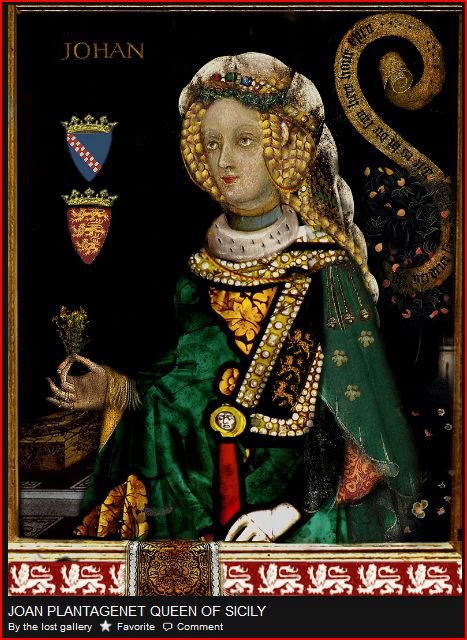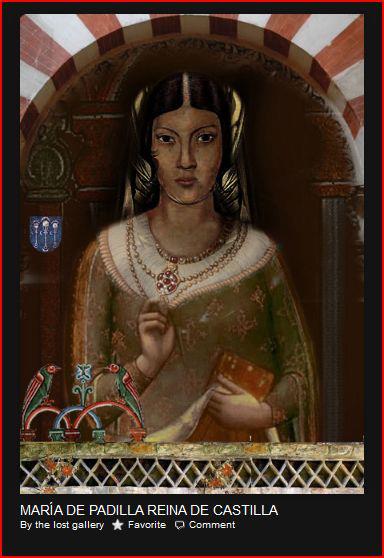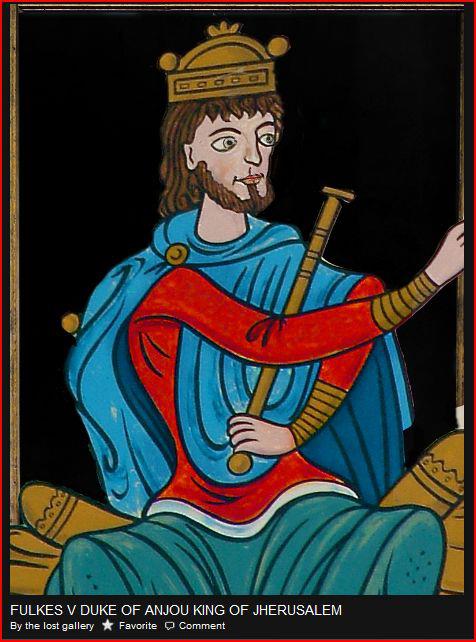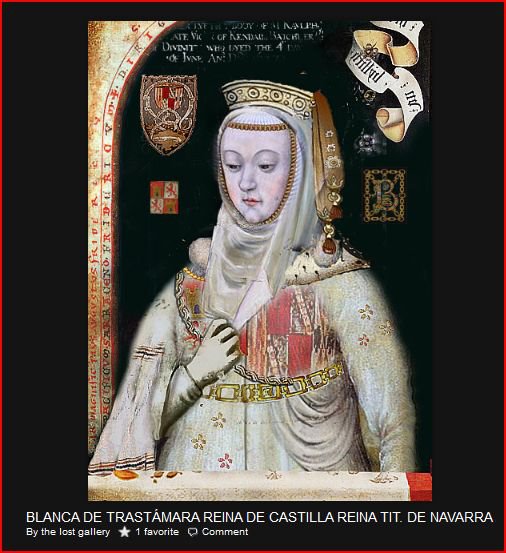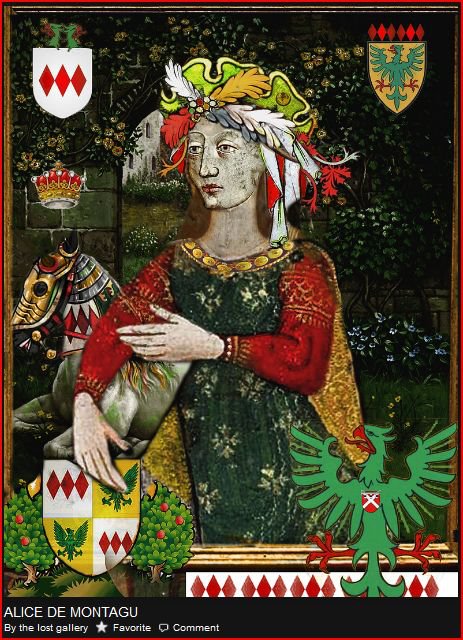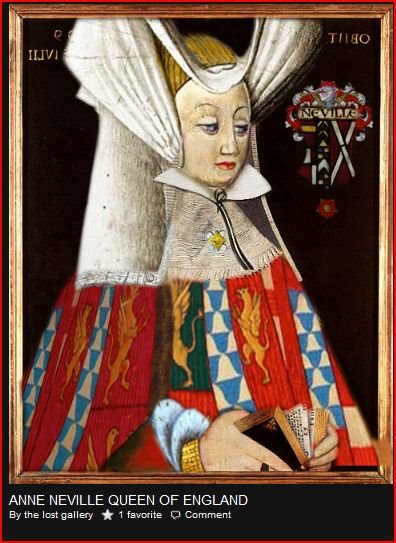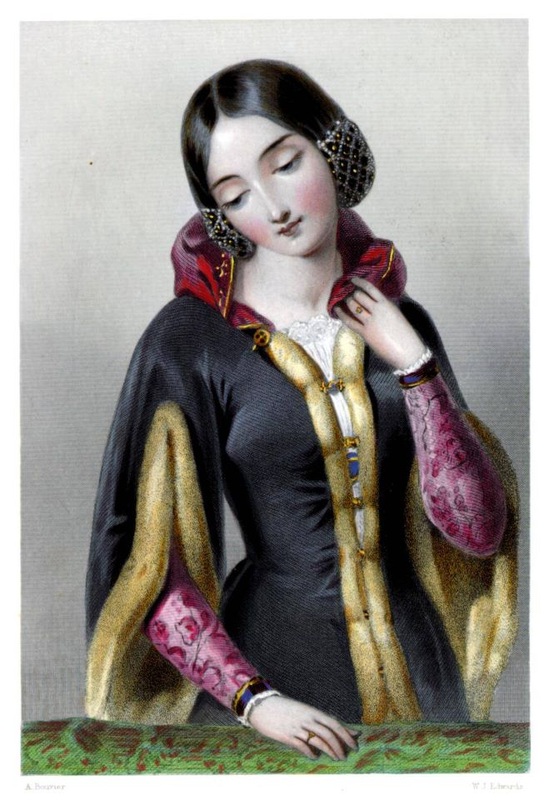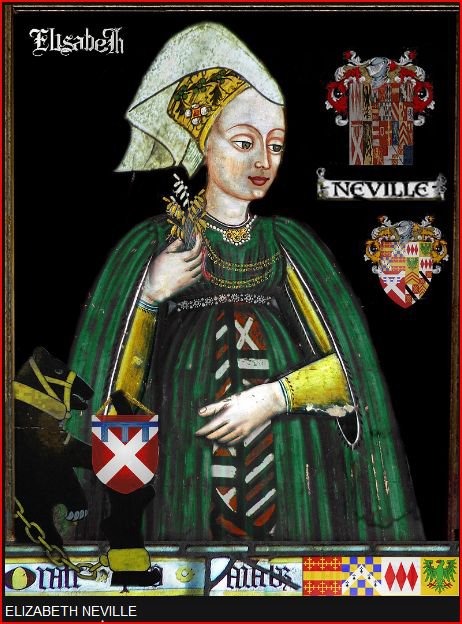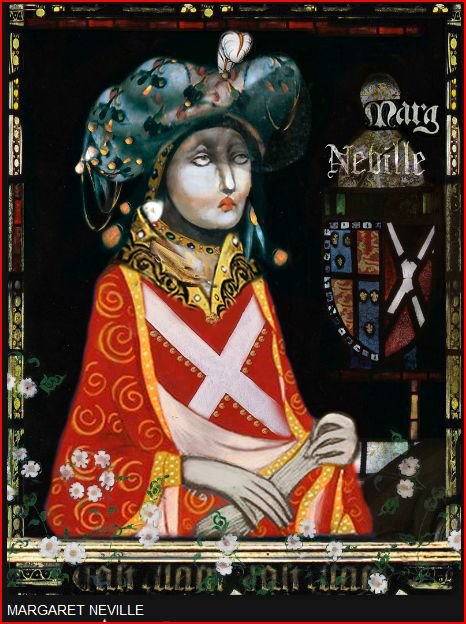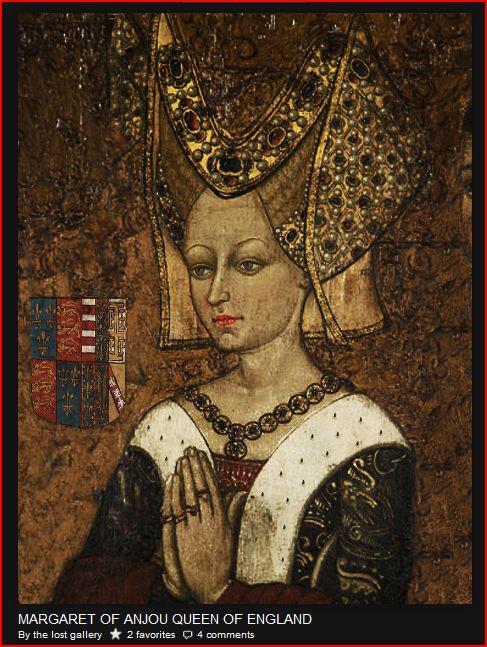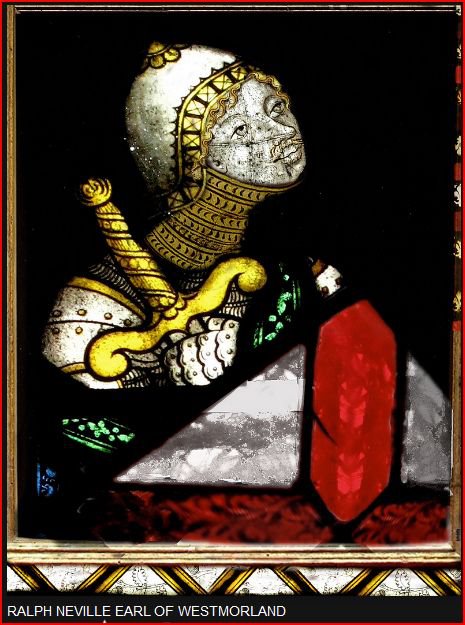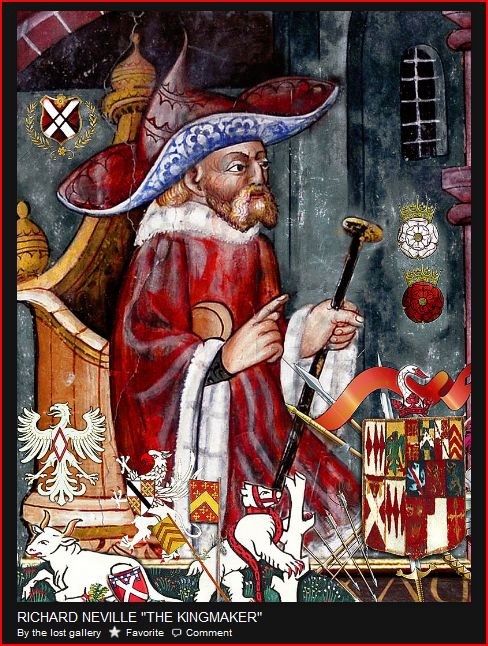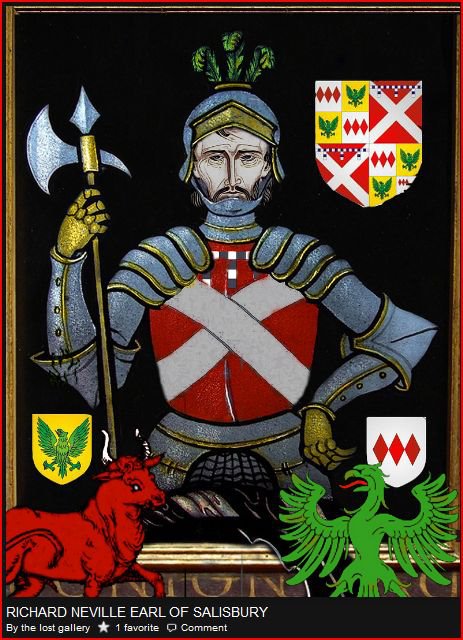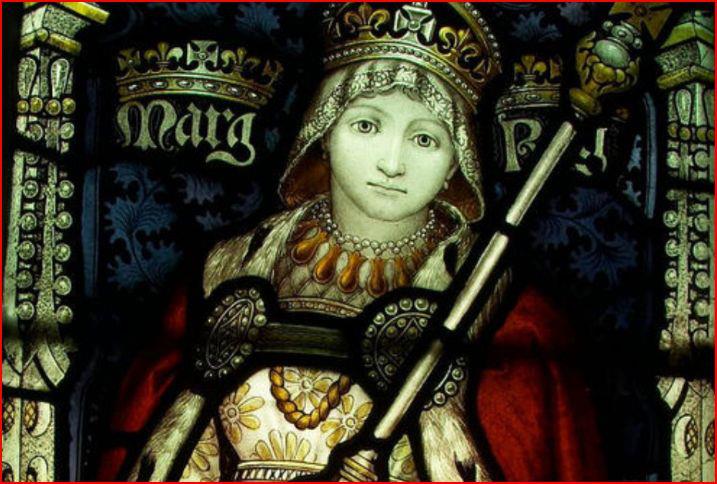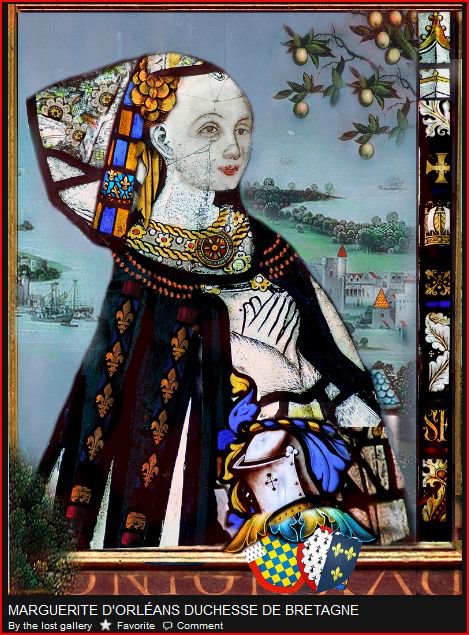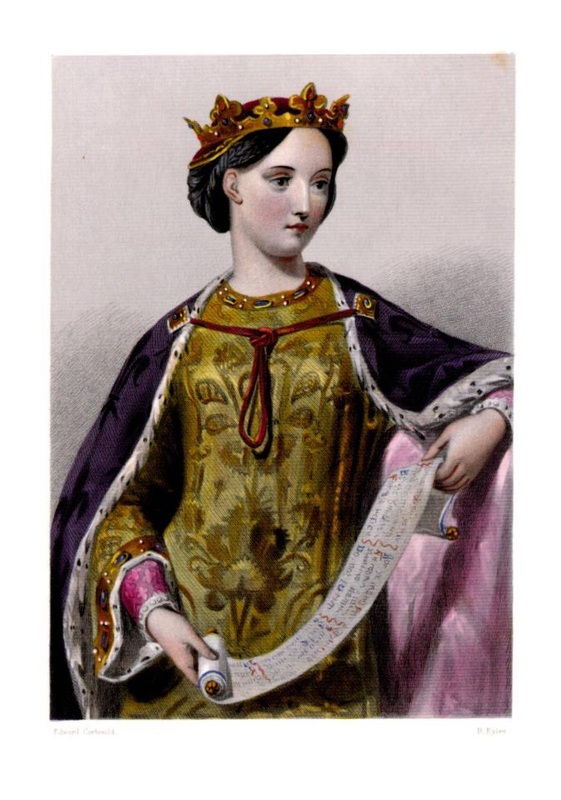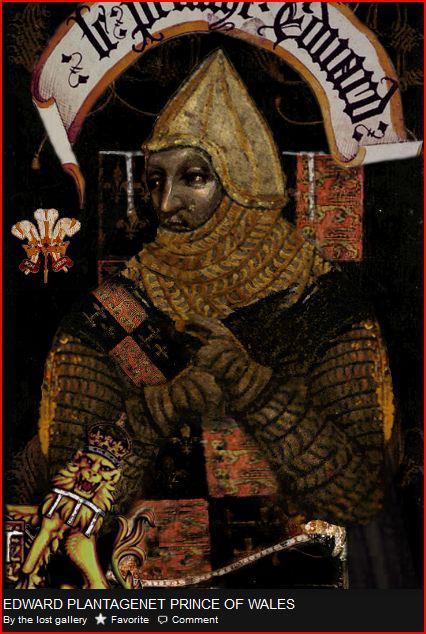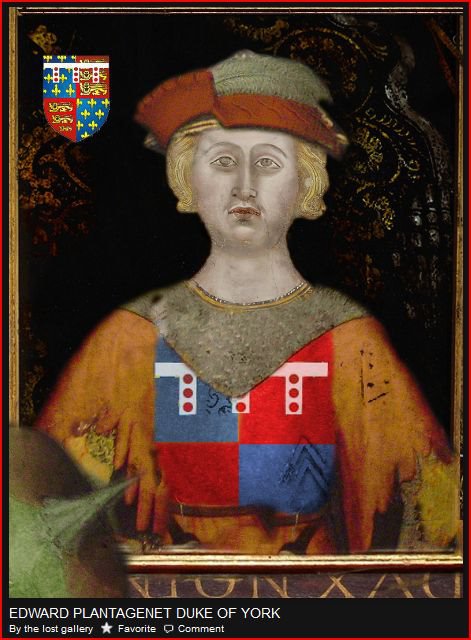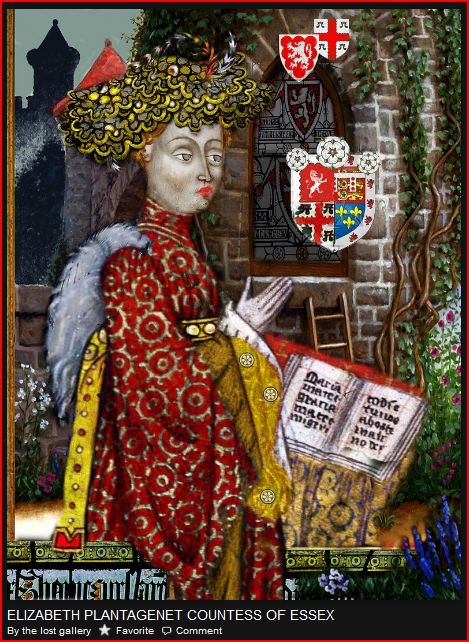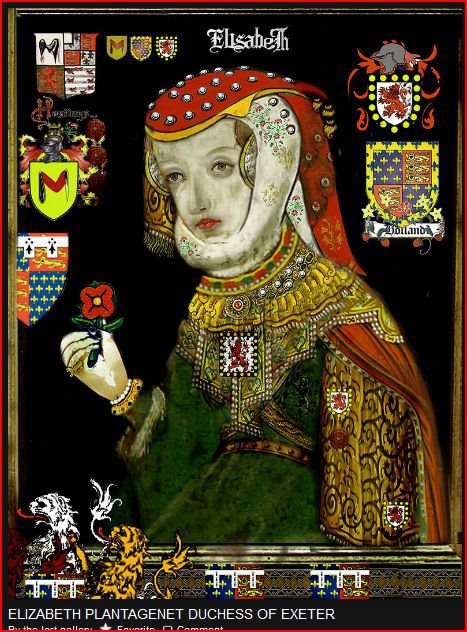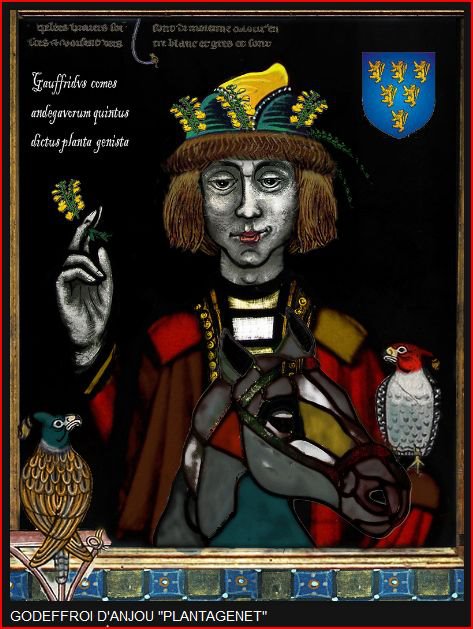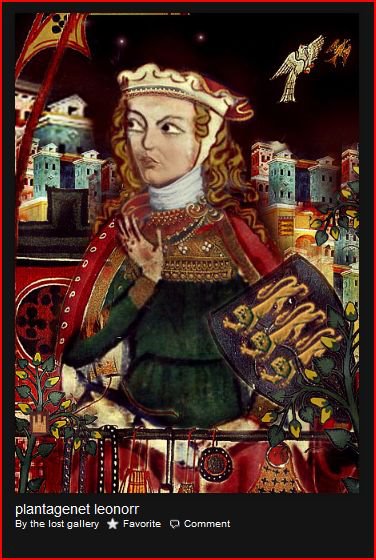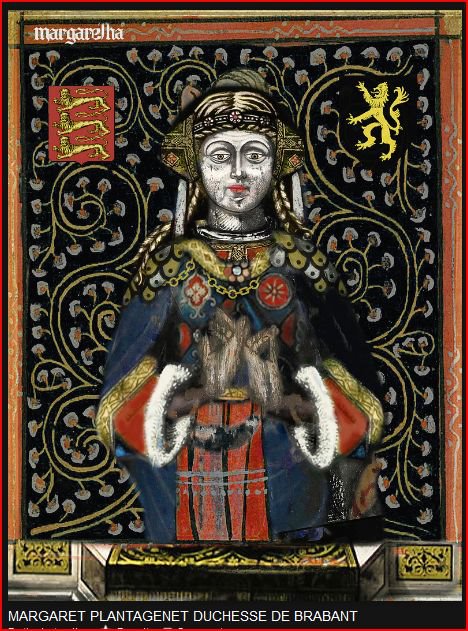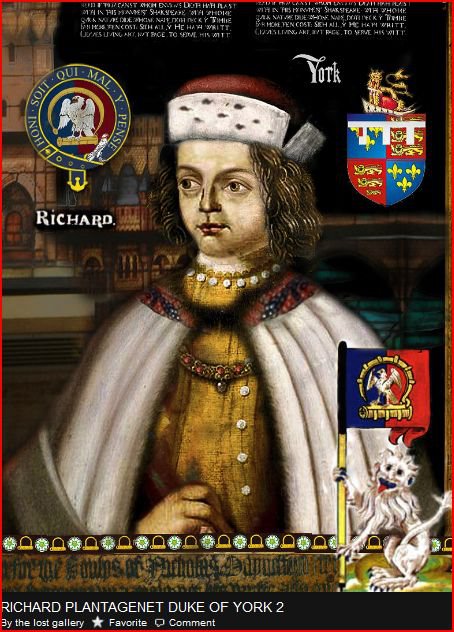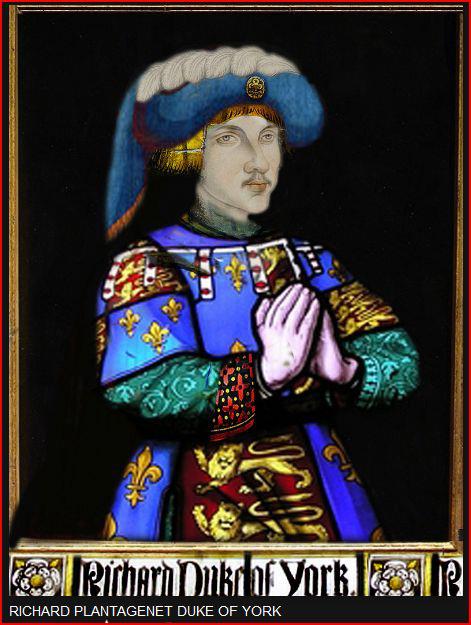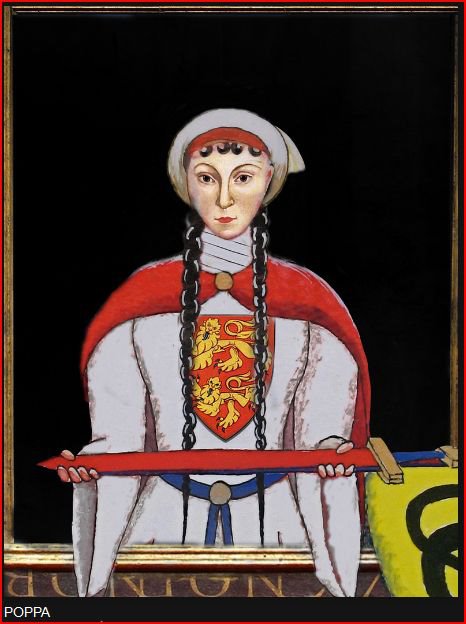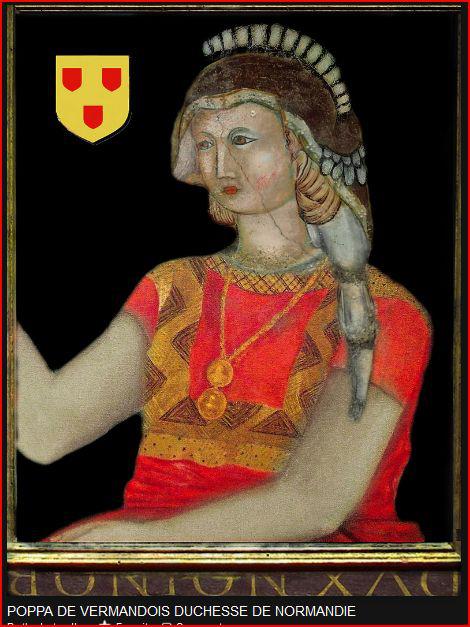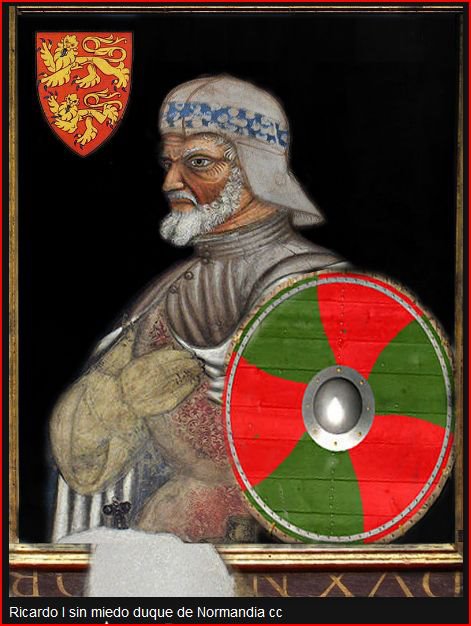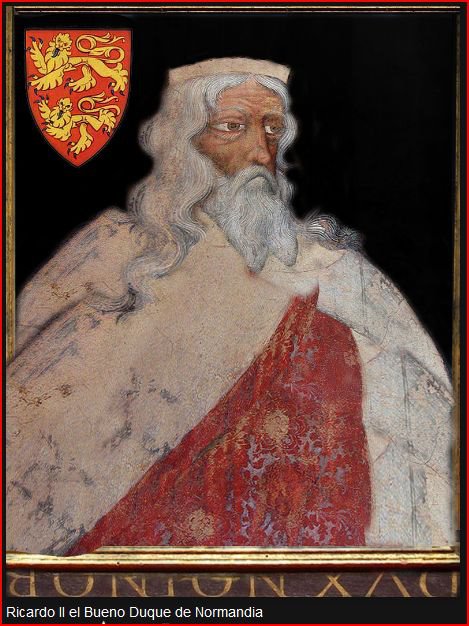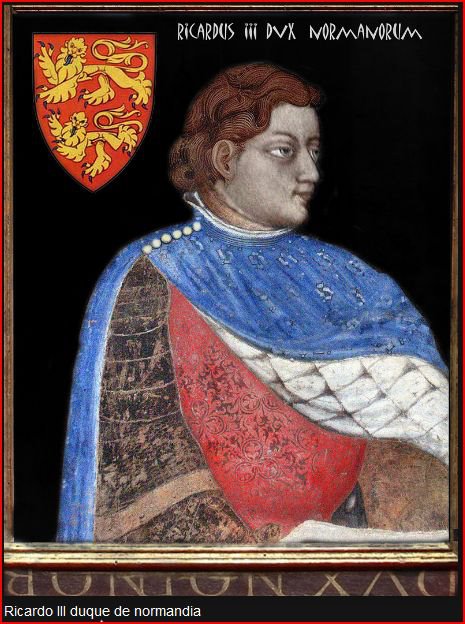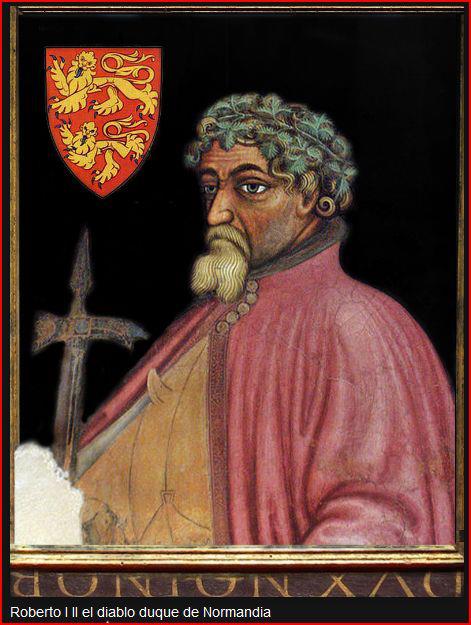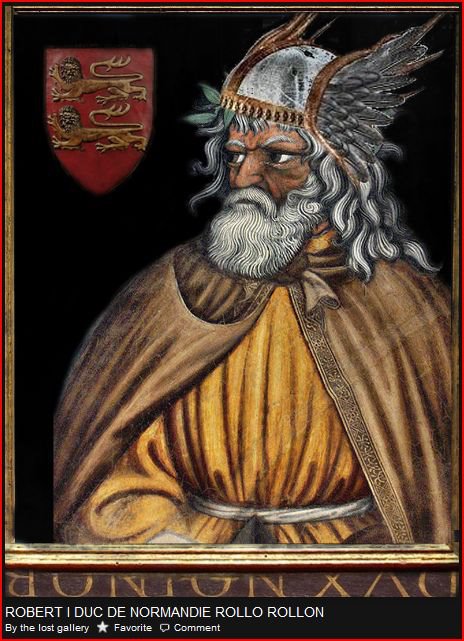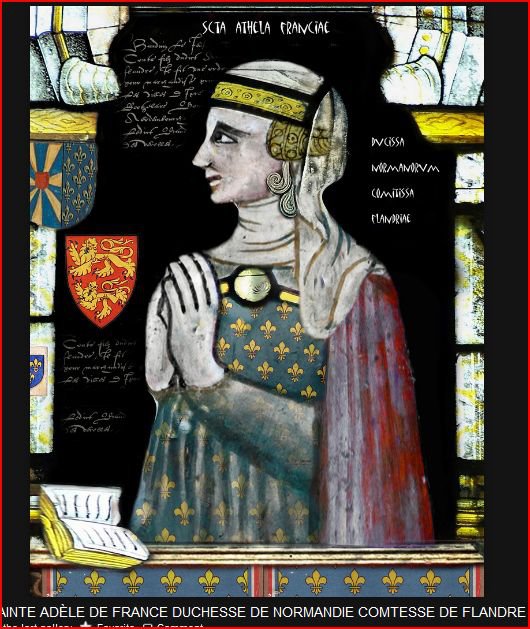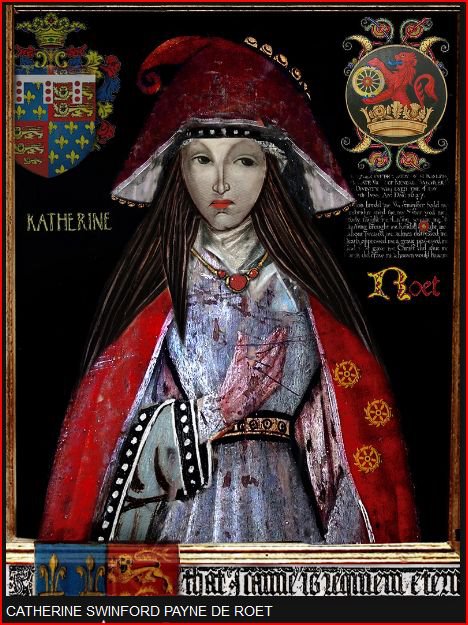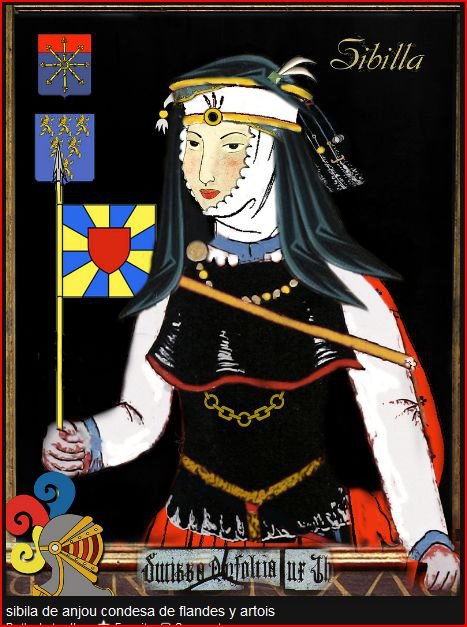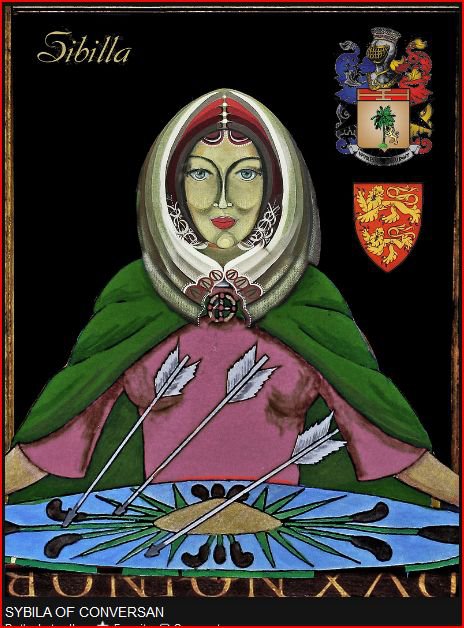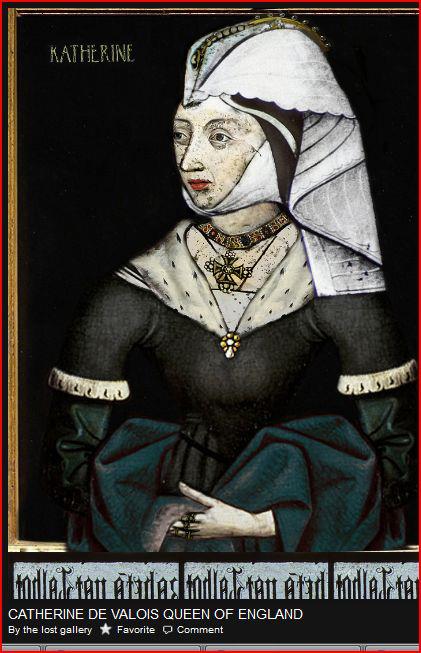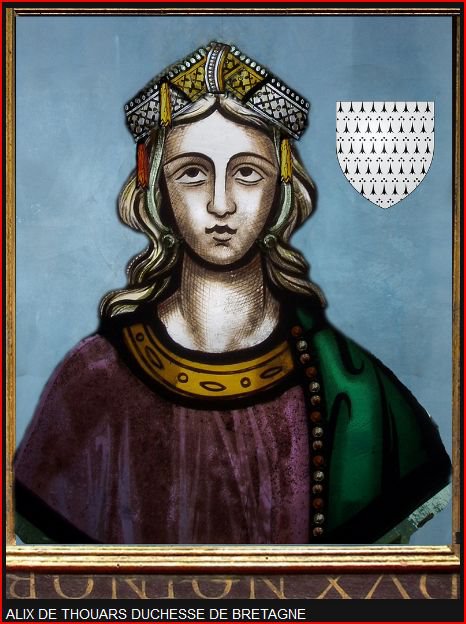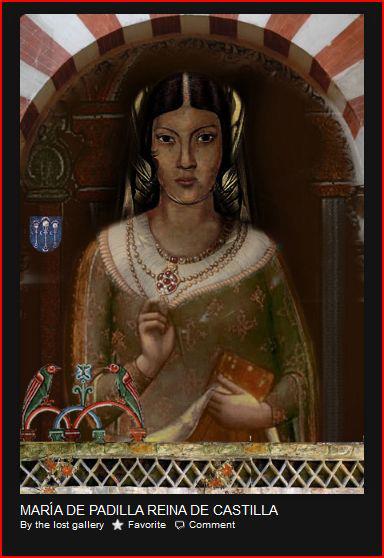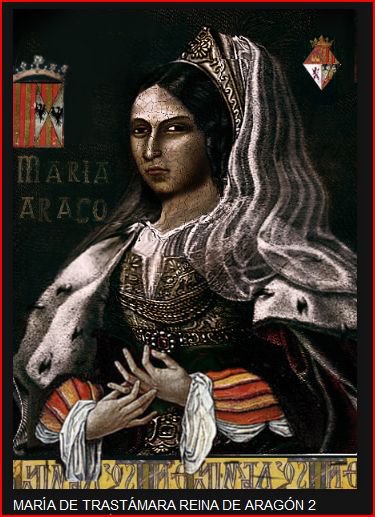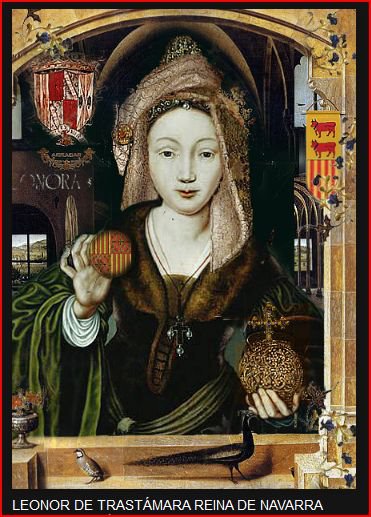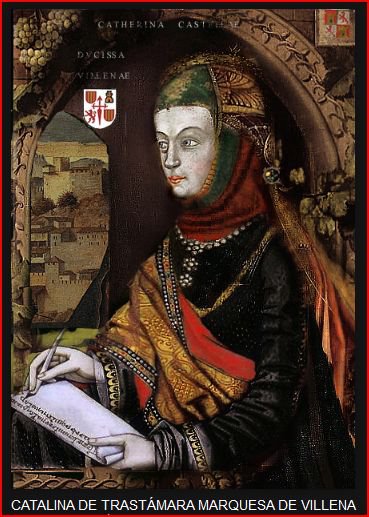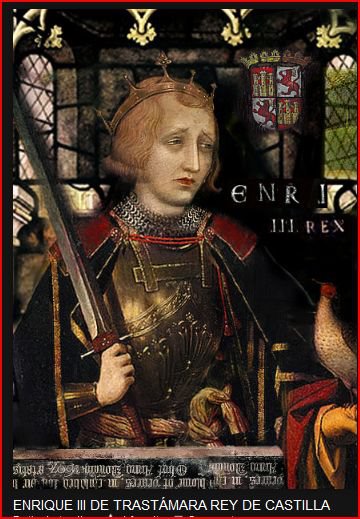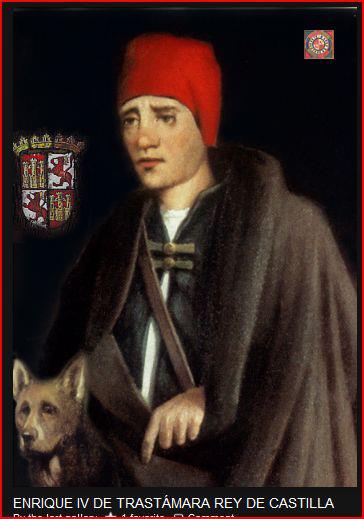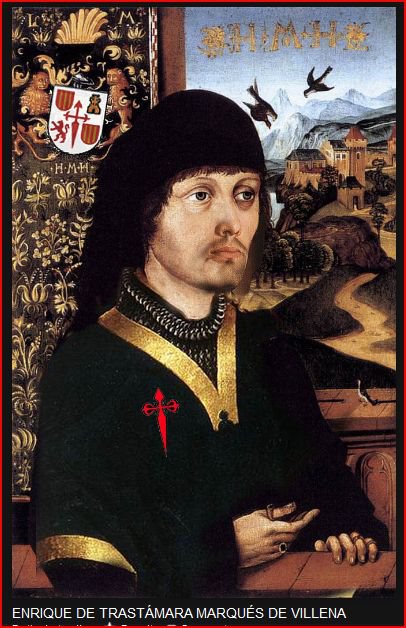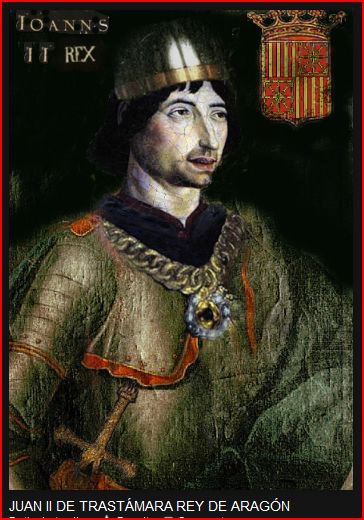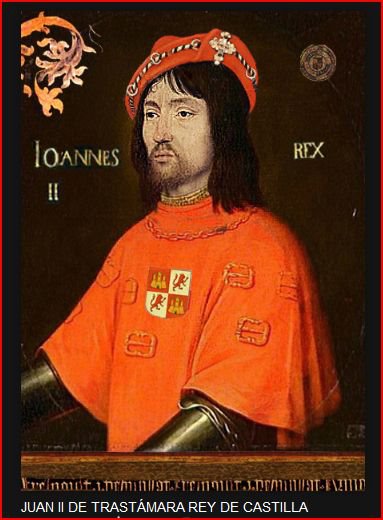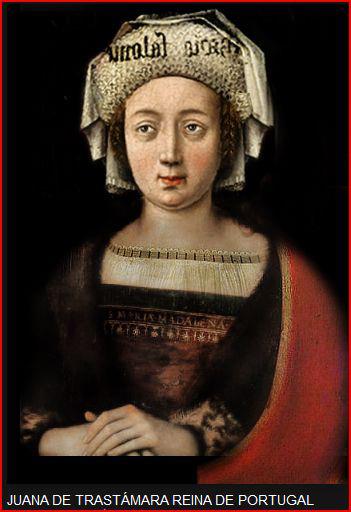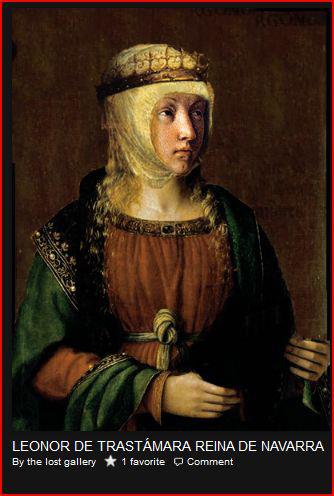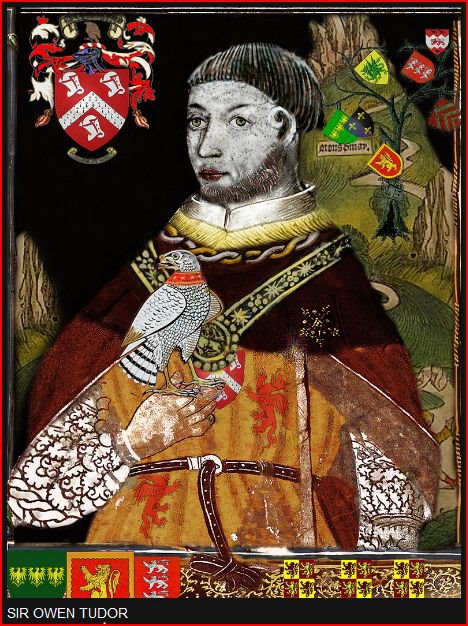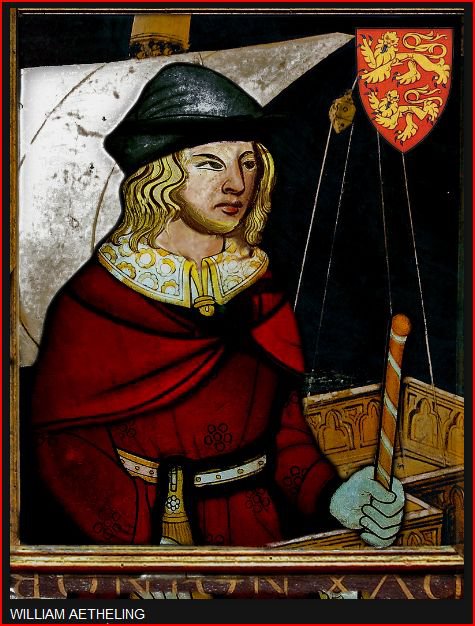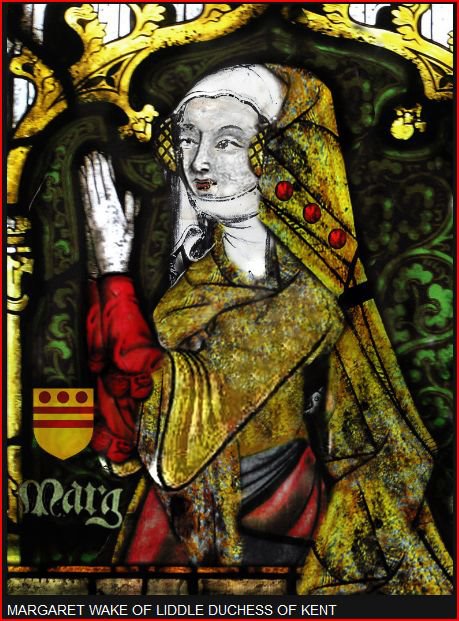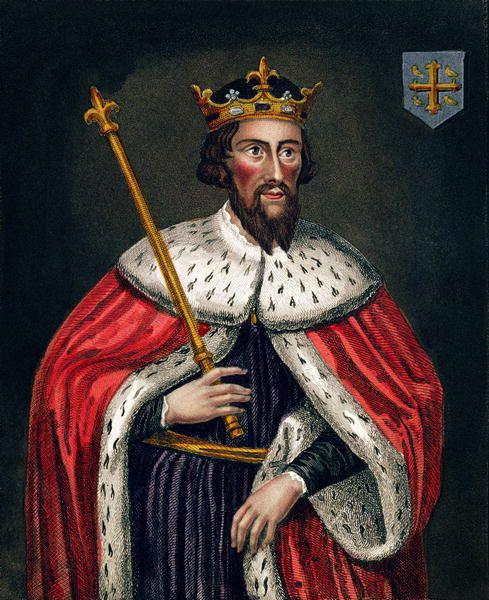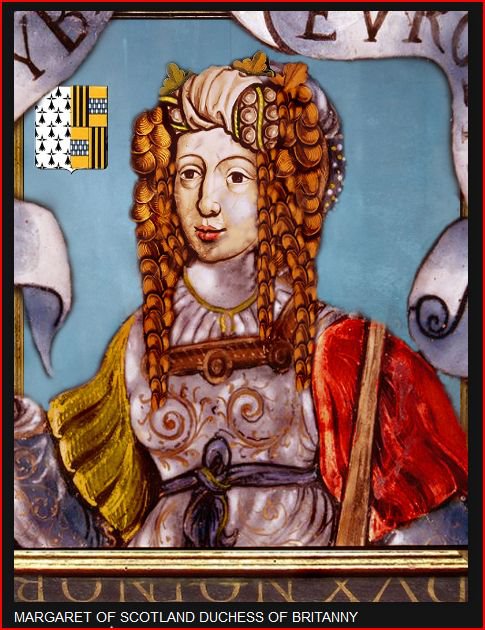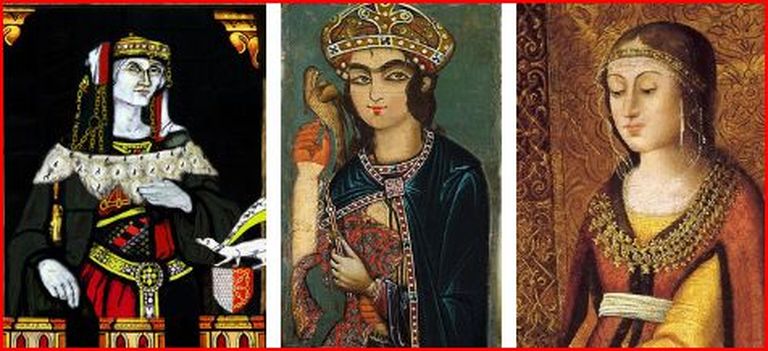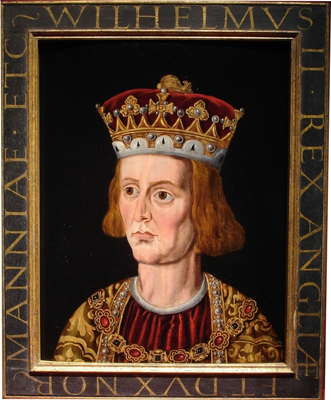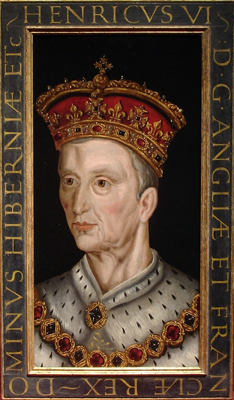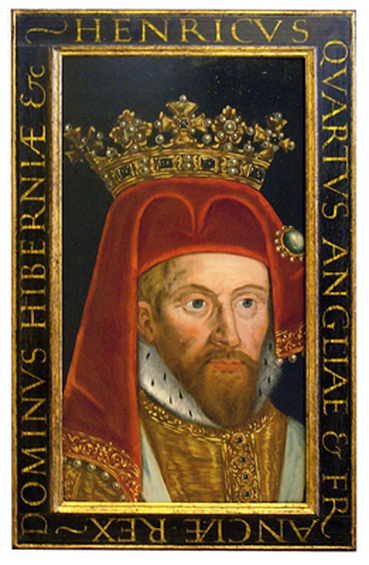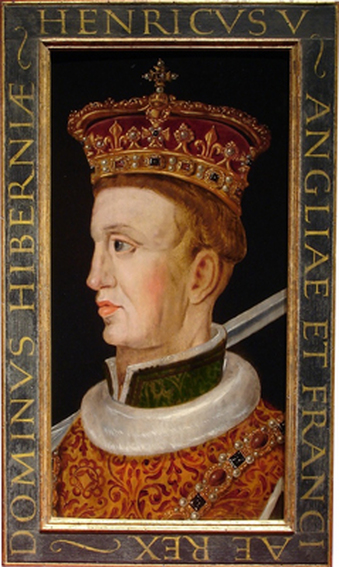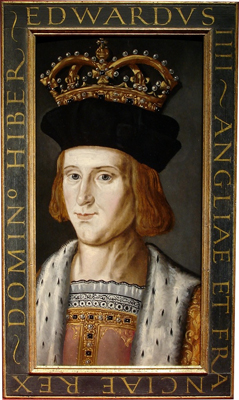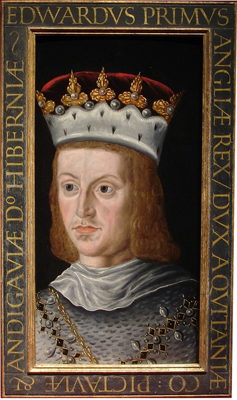Plantagenets
The dynasty produced such varied characters as the energetic Henry II, arguably one of England's greatest monarchs and his legendary son, Richard the Lionheart, who lead the Third Crusade against Saladin into the Holy Land. The highly aesthetic Henry III and his son, the indominatable Edward I, who conquered Wales and became known as the Hammer of the Scots for his campaigns into that country, where he fought William Wallace and Robert the Bruce, the most famous of Scotland's sons, and Henry V, the conqueror of France, who bequeathed the diadems of both countries to his pious and ineffectual son, Henry VI.
Plantagenet Ancestry:
A Study in Colonial & Medieval Families
By Douglas Richardson, Kimball G. Everingham
http://books.google.com/books?id=p_yzpuWi4sgC&pg=PR9&lpg=PR9&dq=Plantagenet+Ancestry:+A+Study+in+Medieval+and+Colonial+Families&source=bl&ots=RQBP4PZa87&sig=JFKNv_Pxf4rGEJl4wttoqV2ZbLQ&hl=en&ei=ZPphTf6LCYG8sAO3g93XCA&sa=X&oi=book_result&ct=result&resnum=2&ved=0CBwQ6AEwATgK#v=onepage&q&f=false
A Study in Colonial & Medieval Families
By Douglas Richardson, Kimball G. Everingham
http://books.google.com/books?id=p_yzpuWi4sgC&pg=PR9&lpg=PR9&dq=Plantagenet+Ancestry:+A+Study+in+Medieval+and+Colonial+Families&source=bl&ots=RQBP4PZa87&sig=JFKNv_Pxf4rGEJl4wttoqV2ZbLQ&hl=en&ei=ZPphTf6LCYG8sAO3g93XCA&sa=X&oi=book_result&ct=result&resnum=2&ved=0CBwQ6AEwATgK#v=onepage&q&f=false
The English geneticist Professor Stephen Jones estimates that 25% of the British population is descended from the Plantagenets.
The phrase "English descent" does not, of course, mean purely English descent: As soon as an immigrant family marries into an indigenous family, it acquires all the ancestors of its indigenous parent, and is therefore no less likely to be able to claim a royal descent than a non-immigrant family.
Ascending the throne just after the decline of the Normans in 1154 and retaining their grip on power until the rise of the Tudors in 1485, the Plantagenets oversaw a remarkable array of political, social and economic changes: parliament, trial by jury, civil rights, the English language and even the emergence of a distinct British national identity all came about under the reign. The Plantagenet dynasty emerged from the union of Queen Matilda of England and her second husband Geoffrey of Anjou. The name derived from Geoffrey's nickname, which came from the sprig of broom (planta genet) which he wore in his hat. Many of its key figures rank amongst the most evocative names in British history: the crusaidng Richard the Lionheart, his treacherous brother John, the hapless Richard II, the heroic warrior king Henry V, and ending in the defeat of the much maligned Richard III at the Battle of Bosworth Field in 1485.
http://faculty.ycp.edu/~tgibson/RoyalAncestors/William.html
The phrase "English descent" does not, of course, mean purely English descent: As soon as an immigrant family marries into an indigenous family, it acquires all the ancestors of its indigenous parent, and is therefore no less likely to be able to claim a royal descent than a non-immigrant family.
Ascending the throne just after the decline of the Normans in 1154 and retaining their grip on power until the rise of the Tudors in 1485, the Plantagenets oversaw a remarkable array of political, social and economic changes: parliament, trial by jury, civil rights, the English language and even the emergence of a distinct British national identity all came about under the reign. The Plantagenet dynasty emerged from the union of Queen Matilda of England and her second husband Geoffrey of Anjou. The name derived from Geoffrey's nickname, which came from the sprig of broom (planta genet) which he wore in his hat. Many of its key figures rank amongst the most evocative names in British history: the crusaidng Richard the Lionheart, his treacherous brother John, the hapless Richard II, the heroic warrior king Henry V, and ending in the defeat of the much maligned Richard III at the Battle of Bosworth Field in 1485.
http://faculty.ycp.edu/~tgibson/RoyalAncestors/William.html
Queens Consort of England
http://womenshistory.about.com/od/medbritishqueens/tp/Queens-Consort-Of-England-Wives-Of-The-Kings-Of-England.htm
http://womenshistory.about.com/od/medbritishqueens/tp/Queens-Consort-Of-England-Wives-Of-The-Kings-Of-England.htm
The Plantagenet family is without a doubt one of the more
interesting families of Europe from the period. Descended in the
male line from the Visounts of Orleans and Counts of Gatinais of the 7th and 8th centuries, they become the ruling family of England for over three hundred years through the marriage of Geoffrey Plantagenet to Matilda, the daughter of Henry I and grand daughter of William the Conqueror.
In one story, mentioned by Timothy Baker, one of the Counts had
brought home a strange bride who was reported to rarely attend mass and when she did, left before the consecration. When four knights stood on her cloak to detain her, she tore free and broke through a window to escape. As a result she was reputed to have been Melusine, Satan's daughter.This story is often used as an explanation for the quick tempers and violent rages of many of the Plnatagenet Kings. So much so that Richard I (The Lionhearted) is reputed to have said that it was no wonder that sons of such stock should fight among themselves. Baker does not give the name of the angevin Count of the story, but one has to wonder, based on the similarity of names whether it referred to Fulk V who was married to Melesend, Queen of Jerusalem. If such was the case, the lady in question would have had no influence on the matter since Geoffrey's mother was in fact Falk V's first wife, Ermangarde du Maine.
(credit osdir.com)
interesting families of Europe from the period. Descended in the
male line from the Visounts of Orleans and Counts of Gatinais of the 7th and 8th centuries, they become the ruling family of England for over three hundred years through the marriage of Geoffrey Plantagenet to Matilda, the daughter of Henry I and grand daughter of William the Conqueror.
In one story, mentioned by Timothy Baker, one of the Counts had
brought home a strange bride who was reported to rarely attend mass and when she did, left before the consecration. When four knights stood on her cloak to detain her, she tore free and broke through a window to escape. As a result she was reputed to have been Melusine, Satan's daughter.This story is often used as an explanation for the quick tempers and violent rages of many of the Plnatagenet Kings. So much so that Richard I (The Lionhearted) is reputed to have said that it was no wonder that sons of such stock should fight among themselves. Baker does not give the name of the angevin Count of the story, but one has to wonder, based on the similarity of names whether it referred to Fulk V who was married to Melesend, Queen of Jerusalem. If such was the case, the lady in question would have had no influence on the matter since Geoffrey's mother was in fact Falk V's first wife, Ermangarde du Maine.
(credit osdir.com)
The Norwegian Roots of the Dukes of Normandy
Written and researched by Margaret Odrowaz-Sypniewski, B.F.A.
Halfdan the Old was a Norwegian Noble (b. 730)
Ivar Uppland
Eystein Glumra
Rognvald the Mighty, Earl of More, Earl of Shetland and Orkney.
His Legitimate Sons:
.....Ivan
.....Thorir, "the silent"
.....Hrolf, "the ganger," Duke of Normandy
His Illegitimate Sons:
.....Hallad was the next earl, then Einar became the earl of Orkney.
.....Hrollaug
Rognvald's brother was called Sigurd.
.....Einar.
The Duchy of Normandy and the House of Wessex:
GENERATION ONE:
Rollo/Hrolf the Ganger (b. 850) (reigned 911-925) was a Norwegian Viking chieftain, he seized Rouen in 876. He invested in land on the lower Siene circa 911. He was at the castle of St. Clair-sur-Epte. Hrolf was Rollo, in Latin. He married Gisele, the daughter of the King of France. Rollo was baptized a Christian in a fountain fed by a spring names in honor of Saint Clair, who was martyred in 884. Rollo's second wife was Popee, the daughter of the Count of Bayeaux. Popee's son was William Longsword.
GENERATION TWO:
William I (925-942), "Longsword," was the son of Rollo.
.....Edgar (b. 943)was known as "the Peaceful." He was King of Mercia and Northumbria (973-975). Edgar was crowned in Bath Abbey on May 11, 973. He was the brother of Eadwig and son of Edmund I. Edgar died on July 8, 975 (age 32) and is buried in Glastonbury Abbey.
GENERATION THREE:
Richard I (942-966) known as "the Fearless," was the Duke of Normandy. He married Gunnor of Denmark. Richard was the son of William I.
.....Athelred II, "the Unready" (b. 968), was the son of Edgar and Elfrida. He died on April 23, 1016, in London (at age 48), and was buried in St Paul's Cathedral. Athered married (1) Elgiva (463-1002) (2) Emmas (985-1052).
GENERATION FOUR:
Richard II (996-1026), "The Good." Richard II was the son of Richard I.
.....St. Edward II, the Martyr (963-975), who was murdered by his stepmother, Queen Elfrida. Edward's father was Edgar the Peaceful (957-975). Edward's son was Edmund II, "Ironsides.".
GENERATION FIVE:
Richard III (1036-1027). Duke of Normandy, was the son of Richard III.
..... Edmund II Ironside (989-1016), King of England, married Algitha in 1016, widow of Sigfrid, thane of East Anglia, a Danish noble. Edward was the son of Ethered II (966-979). Edward fled to Normandy. Edward's son was known as Edward the Exiled. Edmund died on November 30, 1016 (at age 27) and was buried in Old St. Paul's Cathedral. Edmund was the son of Athelred II.
GENERATION SIX:
Richard III (1036-1027), Duke of Normandy, was the son of Richard II.
Robert I (1027-1035), "the Magnificent," was the brother of Richard III. He died while returning from a pilgrimage to Jerusalem in 1035.
Arlette, the daughter of the tanner of Falaise was the mother of William II of Normandy (William I of England).
..... Edward the Exiled (1017-1057) married Agatha of Germany, daughter of Conrad II of Franconia, Holy Roman Emperor. Edward's most famous daughter was St. Margaret of Scotland.
GENERATION SEVEN:
..... St. Margaret (1045-1093) married Malcolm III "Canmore," King of the Scots, (1058-1093), in 1069. Malcolm III was the eldest son of Duncan I (1034-1040) of Scotland. Margaret was Malcolm's second wife. Malcolm was crowned, King of the Scots, in Scone Abbey on April 25, 1058.
THE CHILDREN OF MALCOLM III WERE:
.....Duncan died in 1094. Duncan was the son of Malcolm III of Scotland and Ingibiorg, daughter of Finn Arnesson, Jarl of Holland/Earl of Orkney.
.....Edward died in 1093.
.....Edgar (1097-1107), King of Scots (1074-1107) Edgar was the son of Malcolm II of Scotland and Margaret.
.....Alexander I (1077-1124), King of Scots (1107-1124)was the son of Malcolm III of Scotland and Margaret. Alexander married Sybilla (d. 1122), natural daughter of Henry I, King of England.
.....St. David I (1085-1153), King of Scots (1124-1153)was the son of Malcolm III of Scotland and Margaret. David married Matilda (d. 1130), daughter of Waltheof, Earl of Huntingdon.
*****Matilda (1079-1118), daughter of Malcolm III and Margaret of Scotland. She married Henry I, King of England (1068-1135) in 1100.
.....Mary (d. 1116) married Eustace III, Count of Boulogne, in 1102.
William II, the Conqueror was born in 1027 in Falaise. He was the Duke of Normandy (1035-1087), was the son of Robert I. He was William I (1066-1087), King of England. He married Matilda (d. 1083), daughter of Baldwin V, Count of Flanders, in 1050. William built the abbey church of Jumieges; the abbey aux Hommes (St. Etienne), which was begun in 1068; and the abbey aux Dames (La Trinite).
The children of William I of England (1066-1087) and Matilda of Flanders were:
Robert II (1087-1106), "Curthose," the Duke of Normandy was the son of William II. Robert was deposed, and died in 1134.
Wiliam II (b. 1057), King of England ("Rufus") (1087-1100) was the son of William the Conqueror.
Henry I, King of Normandy (1100-1135) was the brother of Robert II , King of England (1106-1135). Henry married Edith/Matilda (1079-1118), daughter of Malcolm III of Scotland, son of Duncan I, King of Scots in 1034. Duncan was murdered in 1040. Matilda's mother was St Margaret, daughter of Edward the Exile (1017-1057) and Agatha.
THE CHILDREN OF HENRY I AND MATILDA WERE:
.....William (d. 1120) was born February 23, 1103.
.....Matilda, the Empress was born February 7, 1102, and died September 10, 1167. She is buried in the Abbey church of Bec-Holloui. She married (1) Henry V on November 23, 1133, at Le Mans. Henry V was King of Worms in 1106. (2) Geoffrey of Anjou (b. 1134)
CHILDREN OF GEOFFREY AND MATILDA WERE:
.....William was born July 22, 1136.
.....Henry II, King of England (1154-1189) who married Eleanor of Acquitane.
Matilda was only eight years old when she married. She was raised buy her aunt Christina, the abbess of Wilton.
GENERATION NINE:
Geoffrey Plantagenet, "the Fair" was the 10th Count of Anjou(1149-1150). Geoffrey adicated and died in 1151. Count of Maine (1129) and Duke of Normandy (1144-1149), was the son of Fulk V (1109-1129), the younger, King of Jerusalem (1131-1143). Geoffrey married Matilda (1103-1167), Queen of England, in 1141, daughter of Henry I. Henry I died of lamprey eel poisoning.
.....Henry II,Duke of Normandy and King of England (1151-1189) was the son of Matilda, duaghter of Henry I and Geoffrey. Henry married Eleanor of Aquitane (1122-1204), daughter of William X, Duke of Aquitaine (1126-1137).
THE CHILDREN OF HENRY II AND ELEANOR WERE:
.....William (1153-1156).
.....Henry (1155-1183)
.....Matilda (1156-1189)
.....Richard (1157-1199)
.....Geoffrey (1158-1186)
.....Eleanor (1163-1215)
.....Joan (1165-1199)
.....John (1167-1216). In 1215, the barons forced King John to sign the Magna Carta, the charter that said that kings were not above the law.
GENERATION TEN:
Robert II of Dreux who married Alix, daughter of Constance and Guy of Thouars. Alix was regent from 1221-1237. Alix (1203-1221) was from the Plantagenet line. Robert died in 1250
At this time, the French believed their kings could heal the skin disease scrofula by touch alone. Scrofula is a disorder characterized by grandular swelling.
GENERATION ELEVEN:
......Geoffrey II, Duke of Brittany (1166-1186), was the son of Henry II of England. He married Constance, daughter of Conan IV, Earl of Richmond in 1181. Conan (1156-1166), the younger was the son of Bertha and Alan of Richmond; who was desposed and died in 1171. His son was Arthur I (1187-1203).
GENERATION TWELVE:
-----John of England (1167-1216) took his throne in 1199. He married Isabella (d. 1246) the daughter of Aimar Tsilifer, Count of Angouleme. Isabella married (2) to Hugh de Lusignan, the Count of Marche, in 1220. John descends from William I, the Conqueror. John's son was King Henry III (1207-1272), who took the throne in 1216. (Louda, Table 2).
SOURCES:
Ashley, Mike. British Knights and Queens. New York: Carroll & Graf Publishers, Inc., 1998.
Bouchard, Constance Brittain. Strong of Body, Brave, and Noble. Ithaca, N.Y.: Cornell University Press, 1998.
Cannon, John & Ralph Griffiths. Oxford Illustrated History of the British Monarchy. New York: Oxford University Press, 1998.
Chibnall, Marjorie. The Empress Matilda. Cambridge: Blackwell, 1995.
Jallam, Elizabeth. Chronicle of the Crusades. New York: Welcome Rain, 2000>
Louda, Jiri and Michael MacLagan. Lines of Succession: Heraldry of the Royal Families of Europe. New Tork: Barnes & Noble Books, 2002.
Markale, Jean. Cathedral of the Black Madonna. Rochester, VT.: Inner Traditions, 1998.
Morby, John E. Oxford Dynasties of the World. New York: Oxford University Press, 1989.
Roach, Marilynne. The Salem With Trials. New York: Taylor Trade Publishing, 2002.
Smith, Elsdon C. New Dictionary of American Family Names. New York: Gramercy Publishing Company, 1988.
Written and researched by Margaret Odrowaz-Sypniewski, B.F.A.
Halfdan the Old was a Norwegian Noble (b. 730)
Ivar Uppland
Eystein Glumra
Rognvald the Mighty, Earl of More, Earl of Shetland and Orkney.
His Legitimate Sons:
.....Ivan
.....Thorir, "the silent"
.....Hrolf, "the ganger," Duke of Normandy
His Illegitimate Sons:
.....Hallad was the next earl, then Einar became the earl of Orkney.
.....Hrollaug
Rognvald's brother was called Sigurd.
.....Einar.
The Duchy of Normandy and the House of Wessex:
GENERATION ONE:
Rollo/Hrolf the Ganger (b. 850) (reigned 911-925) was a Norwegian Viking chieftain, he seized Rouen in 876. He invested in land on the lower Siene circa 911. He was at the castle of St. Clair-sur-Epte. Hrolf was Rollo, in Latin. He married Gisele, the daughter of the King of France. Rollo was baptized a Christian in a fountain fed by a spring names in honor of Saint Clair, who was martyred in 884. Rollo's second wife was Popee, the daughter of the Count of Bayeaux. Popee's son was William Longsword.
GENERATION TWO:
William I (925-942), "Longsword," was the son of Rollo.
.....Edgar (b. 943)was known as "the Peaceful." He was King of Mercia and Northumbria (973-975). Edgar was crowned in Bath Abbey on May 11, 973. He was the brother of Eadwig and son of Edmund I. Edgar died on July 8, 975 (age 32) and is buried in Glastonbury Abbey.
GENERATION THREE:
Richard I (942-966) known as "the Fearless," was the Duke of Normandy. He married Gunnor of Denmark. Richard was the son of William I.
.....Athelred II, "the Unready" (b. 968), was the son of Edgar and Elfrida. He died on April 23, 1016, in London (at age 48), and was buried in St Paul's Cathedral. Athered married (1) Elgiva (463-1002) (2) Emmas (985-1052).
GENERATION FOUR:
Richard II (996-1026), "The Good." Richard II was the son of Richard I.
.....St. Edward II, the Martyr (963-975), who was murdered by his stepmother, Queen Elfrida. Edward's father was Edgar the Peaceful (957-975). Edward's son was Edmund II, "Ironsides.".
GENERATION FIVE:
Richard III (1036-1027). Duke of Normandy, was the son of Richard III.
..... Edmund II Ironside (989-1016), King of England, married Algitha in 1016, widow of Sigfrid, thane of East Anglia, a Danish noble. Edward was the son of Ethered II (966-979). Edward fled to Normandy. Edward's son was known as Edward the Exiled. Edmund died on November 30, 1016 (at age 27) and was buried in Old St. Paul's Cathedral. Edmund was the son of Athelred II.
GENERATION SIX:
Richard III (1036-1027), Duke of Normandy, was the son of Richard II.
Robert I (1027-1035), "the Magnificent," was the brother of Richard III. He died while returning from a pilgrimage to Jerusalem in 1035.
Arlette, the daughter of the tanner of Falaise was the mother of William II of Normandy (William I of England).
..... Edward the Exiled (1017-1057) married Agatha of Germany, daughter of Conrad II of Franconia, Holy Roman Emperor. Edward's most famous daughter was St. Margaret of Scotland.
GENERATION SEVEN:
..... St. Margaret (1045-1093) married Malcolm III "Canmore," King of the Scots, (1058-1093), in 1069. Malcolm III was the eldest son of Duncan I (1034-1040) of Scotland. Margaret was Malcolm's second wife. Malcolm was crowned, King of the Scots, in Scone Abbey on April 25, 1058.
THE CHILDREN OF MALCOLM III WERE:
.....Duncan died in 1094. Duncan was the son of Malcolm III of Scotland and Ingibiorg, daughter of Finn Arnesson, Jarl of Holland/Earl of Orkney.
.....Edward died in 1093.
.....Edgar (1097-1107), King of Scots (1074-1107) Edgar was the son of Malcolm II of Scotland and Margaret.
.....Alexander I (1077-1124), King of Scots (1107-1124)was the son of Malcolm III of Scotland and Margaret. Alexander married Sybilla (d. 1122), natural daughter of Henry I, King of England.
.....St. David I (1085-1153), King of Scots (1124-1153)was the son of Malcolm III of Scotland and Margaret. David married Matilda (d. 1130), daughter of Waltheof, Earl of Huntingdon.
*****Matilda (1079-1118), daughter of Malcolm III and Margaret of Scotland. She married Henry I, King of England (1068-1135) in 1100.
.....Mary (d. 1116) married Eustace III, Count of Boulogne, in 1102.
William II, the Conqueror was born in 1027 in Falaise. He was the Duke of Normandy (1035-1087), was the son of Robert I. He was William I (1066-1087), King of England. He married Matilda (d. 1083), daughter of Baldwin V, Count of Flanders, in 1050. William built the abbey church of Jumieges; the abbey aux Hommes (St. Etienne), which was begun in 1068; and the abbey aux Dames (La Trinite).
The children of William I of England (1066-1087) and Matilda of Flanders were:
- Robert, Duke of Normandy married Sibyl of Conversano in Italy. No issue.
- William II "Rufus," King of England (1087-1100) ruled the Duchy of Normandy. He died August 2, 1100, leaving no issue.
- Adela married Stephen, Count of Blois.
- Henry I, King of England (1100-1135) received his mother's land in Cotentin, Normandy. Henry married Matilda, daughter of Malcolm Canmore, King of Scots and Margaret, daughter of Edgar Atheling, and great-grand-daughter of Edmund Ironsides.
Robert II (1087-1106), "Curthose," the Duke of Normandy was the son of William II. Robert was deposed, and died in 1134.
Wiliam II (b. 1057), King of England ("Rufus") (1087-1100) was the son of William the Conqueror.
Henry I, King of Normandy (1100-1135) was the brother of Robert II , King of England (1106-1135). Henry married Edith/Matilda (1079-1118), daughter of Malcolm III of Scotland, son of Duncan I, King of Scots in 1034. Duncan was murdered in 1040. Matilda's mother was St Margaret, daughter of Edward the Exile (1017-1057) and Agatha.
THE CHILDREN OF HENRY I AND MATILDA WERE:
.....William (d. 1120) was born February 23, 1103.
.....Matilda, the Empress was born February 7, 1102, and died September 10, 1167. She is buried in the Abbey church of Bec-Holloui. She married (1) Henry V on November 23, 1133, at Le Mans. Henry V was King of Worms in 1106. (2) Geoffrey of Anjou (b. 1134)
CHILDREN OF GEOFFREY AND MATILDA WERE:
.....William was born July 22, 1136.
.....Henry II, King of England (1154-1189) who married Eleanor of Acquitane.
Matilda was only eight years old when she married. She was raised buy her aunt Christina, the abbess of Wilton.
GENERATION NINE:
Geoffrey Plantagenet, "the Fair" was the 10th Count of Anjou(1149-1150). Geoffrey adicated and died in 1151. Count of Maine (1129) and Duke of Normandy (1144-1149), was the son of Fulk V (1109-1129), the younger, King of Jerusalem (1131-1143). Geoffrey married Matilda (1103-1167), Queen of England, in 1141, daughter of Henry I. Henry I died of lamprey eel poisoning.
.....Henry II,Duke of Normandy and King of England (1151-1189) was the son of Matilda, duaghter of Henry I and Geoffrey. Henry married Eleanor of Aquitane (1122-1204), daughter of William X, Duke of Aquitaine (1126-1137).
THE CHILDREN OF HENRY II AND ELEANOR WERE:
.....William (1153-1156).
.....Henry (1155-1183)
.....Matilda (1156-1189)
.....Richard (1157-1199)
.....Geoffrey (1158-1186)
.....Eleanor (1163-1215)
.....Joan (1165-1199)
.....John (1167-1216). In 1215, the barons forced King John to sign the Magna Carta, the charter that said that kings were not above the law.
GENERATION TEN:
Robert II of Dreux who married Alix, daughter of Constance and Guy of Thouars. Alix was regent from 1221-1237. Alix (1203-1221) was from the Plantagenet line. Robert died in 1250
At this time, the French believed their kings could heal the skin disease scrofula by touch alone. Scrofula is a disorder characterized by grandular swelling.
GENERATION ELEVEN:
......Geoffrey II, Duke of Brittany (1166-1186), was the son of Henry II of England. He married Constance, daughter of Conan IV, Earl of Richmond in 1181. Conan (1156-1166), the younger was the son of Bertha and Alan of Richmond; who was desposed and died in 1171. His son was Arthur I (1187-1203).
GENERATION TWELVE:
-----John of England (1167-1216) took his throne in 1199. He married Isabella (d. 1246) the daughter of Aimar Tsilifer, Count of Angouleme. Isabella married (2) to Hugh de Lusignan, the Count of Marche, in 1220. John descends from William I, the Conqueror. John's son was King Henry III (1207-1272), who took the throne in 1216. (Louda, Table 2).
SOURCES:
Ashley, Mike. British Knights and Queens. New York: Carroll & Graf Publishers, Inc., 1998.
Bouchard, Constance Brittain. Strong of Body, Brave, and Noble. Ithaca, N.Y.: Cornell University Press, 1998.
Cannon, John & Ralph Griffiths. Oxford Illustrated History of the British Monarchy. New York: Oxford University Press, 1998.
Chibnall, Marjorie. The Empress Matilda. Cambridge: Blackwell, 1995.
Jallam, Elizabeth. Chronicle of the Crusades. New York: Welcome Rain, 2000>
Louda, Jiri and Michael MacLagan. Lines of Succession: Heraldry of the Royal Families of Europe. New Tork: Barnes & Noble Books, 2002.
Markale, Jean. Cathedral of the Black Madonna. Rochester, VT.: Inner Traditions, 1998.
Morby, John E. Oxford Dynasties of the World. New York: Oxford University Press, 1989.
Roach, Marilynne. The Salem With Trials. New York: Taylor Trade Publishing, 2002.
Smith, Elsdon C. New Dictionary of American Family Names. New York: Gramercy Publishing Company, 1988.
Descendents of William the Conqueror
The Normans gave their name to Normandy, a region in northern France. They were descended from Viking conquerors of the territory and the native population of mostly Frankish and Gallo-Roman stock. Their identity emerged initially in the first half of the 10th century, and gradually evolved over succeeding centuries. The name "Normans" derives from Nortmanni (Northmen), after the Vikings who founded Normandy.
They played a major political, military, and cultural role in medieval Europe and even the Near East. They were famed for their martial spirit and Christian piety. They quickly adopted the Romance language of the land they settled off, their dialect becoming known as Norman, an important literary language. The Duchy of Normandy, which they formed by treaty with the French crown, was one of the great large fiefs of medieval France. The Normans are famed both for their culture, such as their unique Romanesque architecture, and their musical traditions, as well as for their military accomplishments and innovations. Norman adventurers established a kingdom in Sicily and southern Italy by conquest, and a Norman expedition on behalf of their duke led to the Norman Conquest of England. Norman influence spread from these new centres to the Crusader States in the Near East, to Scotland and Wales in Great Britain, and to Ireland.
They played a major political, military, and cultural role in medieval Europe and even the Near East. They were famed for their martial spirit and Christian piety. They quickly adopted the Romance language of the land they settled off, their dialect becoming known as Norman, an important literary language. The Duchy of Normandy, which they formed by treaty with the French crown, was one of the great large fiefs of medieval France. The Normans are famed both for their culture, such as their unique Romanesque architecture, and their musical traditions, as well as for their military accomplishments and innovations. Norman adventurers established a kingdom in Sicily and southern Italy by conquest, and a Norman expedition on behalf of their duke led to the Norman Conquest of England. Norman influence spread from these new centres to the Crusader States in the Near East, to Scotland and Wales in Great Britain, and to Ireland.
Ancestral Gallery
DESCENDANTS OF WILLIAM THE CONQUEROR
WILLIAM I, 'the Conqueror' , Duke of Normandy (1035); King of England (1066), *c.1027/8 at Falaise Castle, + 9.9.1087 at the Priory of St. Guavas, Rouen from wounds received at the siege of Mantes, and buried at St. Stephen's Abbey, Caen, Normandy, Md. c.1050, Matilda of Flanders * c.1032, +2.11.1083 at Caen, Normandy, d. of Baldwin V, Count of Flanders and Adela of France.
http://www.ffish.com/family_tree/Descendants_William_the_Conqueror/D1.htm
1. William the Conqueror, Duke of Normandy, King of England,1 2 son of Robert I, Duke of Normandy and Harlette de Falaise, was born about 1028 in Falaise, Normandy, France and died on 9 Sep 1087 in Rouen, Normandy, France about age 59. Other names for William were William of Normandy and William I King of England.
WILLIAM I, 'the Conqueror' , Duke of Normandy (1035); King of England (1066), *c.1027/8 at Falaise Castle, + 9.9.1087 at the Priory of St. Guavas, Rouen from wounds received at the siege of Mantes, and buried at St. Stephen's Abbey, Caen, Normandy, Md. c.1050, Matilda of Flanders * c.1032, +2.11.1083 at Caen, Normandy, d. of Baldwin V, Count of Flanders and Adela of France.
http://www.ffish.com/family_tree/Descendants_William_the_Conqueror/D1.htm
1. William the Conqueror, Duke of Normandy, King of England,1 2 son of Robert I, Duke of Normandy and Harlette de Falaise, was born about 1028 in Falaise, Normandy, France and died on 9 Sep 1087 in Rouen, Normandy, France about age 59. Other names for William were William of Normandy and William I King of England.
(c) 2013, Iona Miller, All Rights Reserved, Sangreality Trust; GenIsis Genealogy
on all graphic and written content.
If you mirror my works, pls include the credit and URL LINK for reference.
[email protected]
http:ionamiller.weebly.com
Fair Use Notice
This site contains copyrighted material the use of which has not always been specifically authorized by the copyright owner. We are making such material available in our efforts to advance understanding of environmental, political, human rights, economic, democracy, scientific, and social justice issues, etc. We believe this constitutes a 'fair use' of any such copyrighted material as provided for in section 107 of the US Copyright Law. In accordance with Title 17 U.S.C. Section 107, the material on this site is distributed without profit to those who have expressed a prior interest in receiving the included information for research and educational purposes. If you wish to use copyrighted material from this site for purposes of your own that go beyond 'fair use', you must obtain permission from the copyright owner.
on all graphic and written content.
If you mirror my works, pls include the credit and URL LINK for reference.
[email protected]
http:ionamiller.weebly.com
Fair Use Notice
This site contains copyrighted material the use of which has not always been specifically authorized by the copyright owner. We are making such material available in our efforts to advance understanding of environmental, political, human rights, economic, democracy, scientific, and social justice issues, etc. We believe this constitutes a 'fair use' of any such copyrighted material as provided for in section 107 of the US Copyright Law. In accordance with Title 17 U.S.C. Section 107, the material on this site is distributed without profit to those who have expressed a prior interest in receiving the included information for research and educational purposes. If you wish to use copyrighted material from this site for purposes of your own that go beyond 'fair use', you must obtain permission from the copyright owner.
